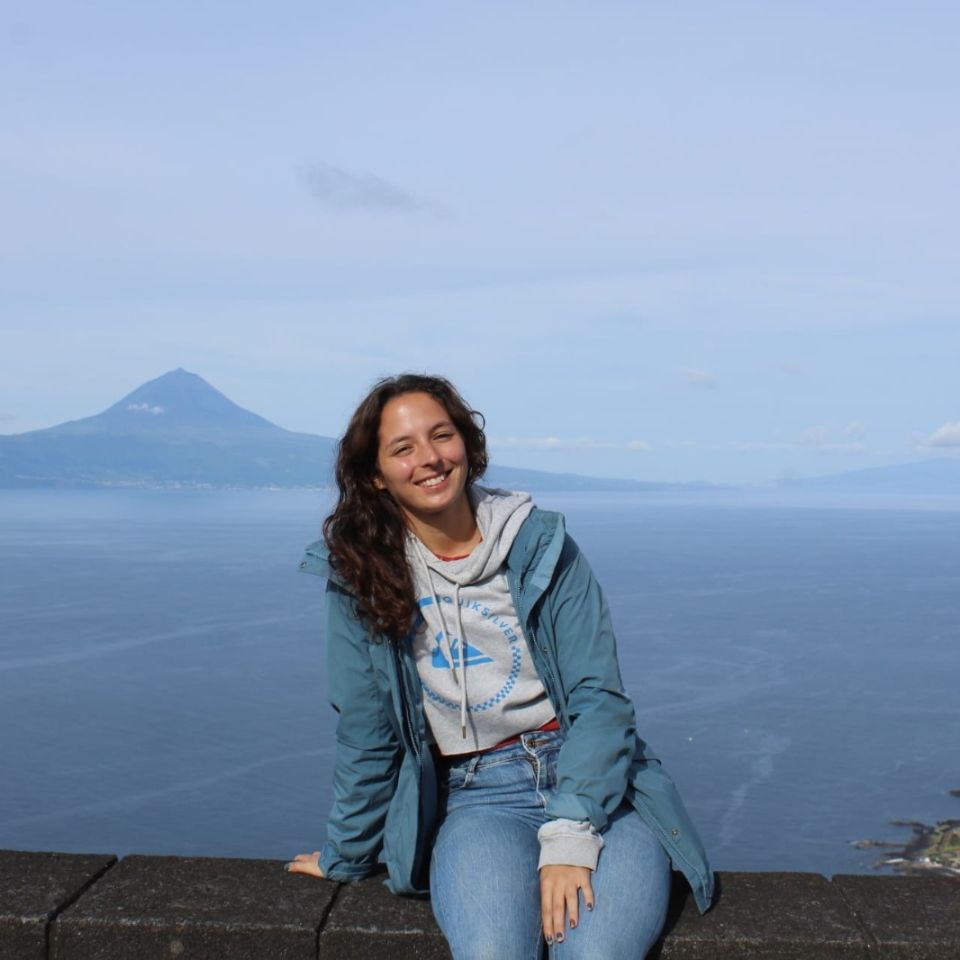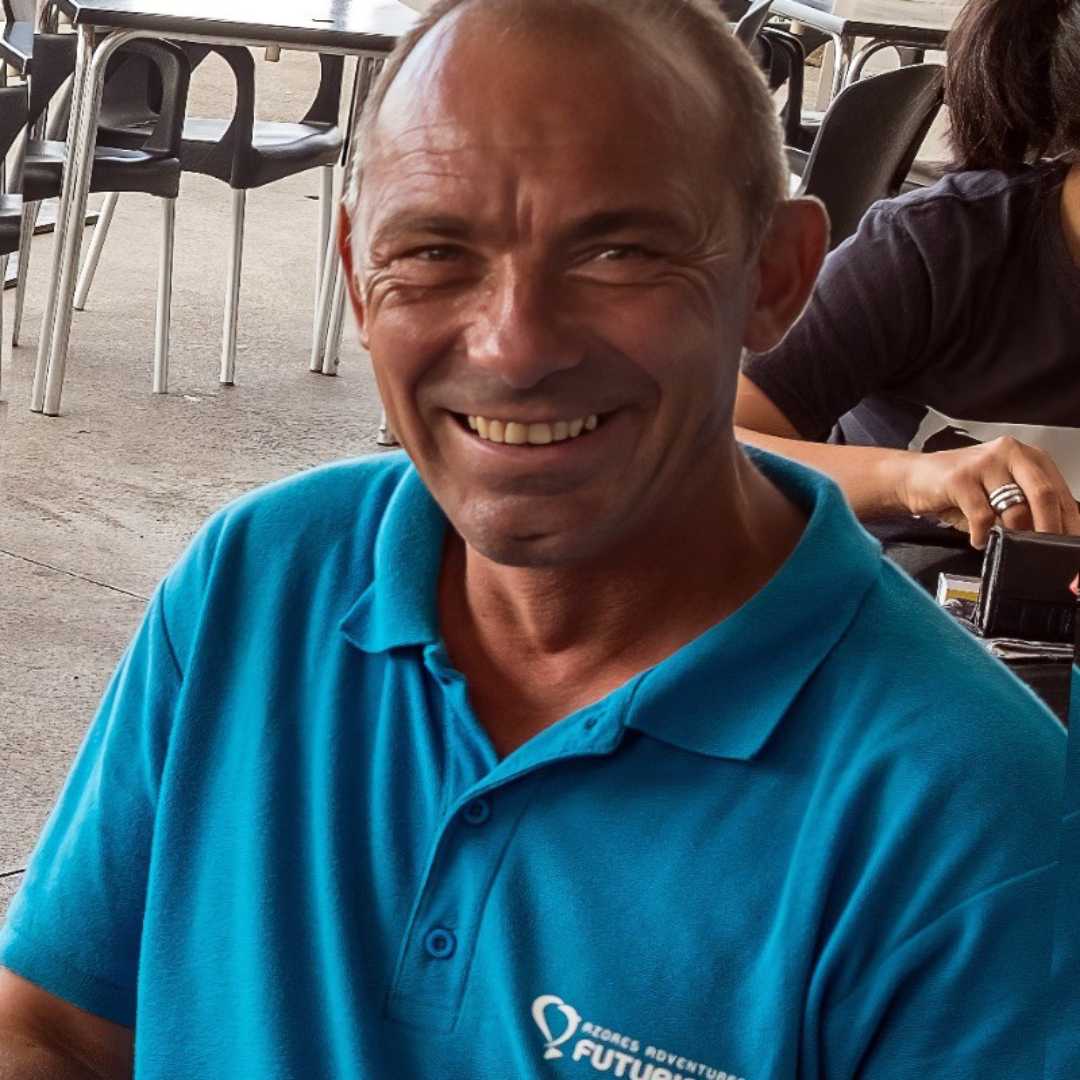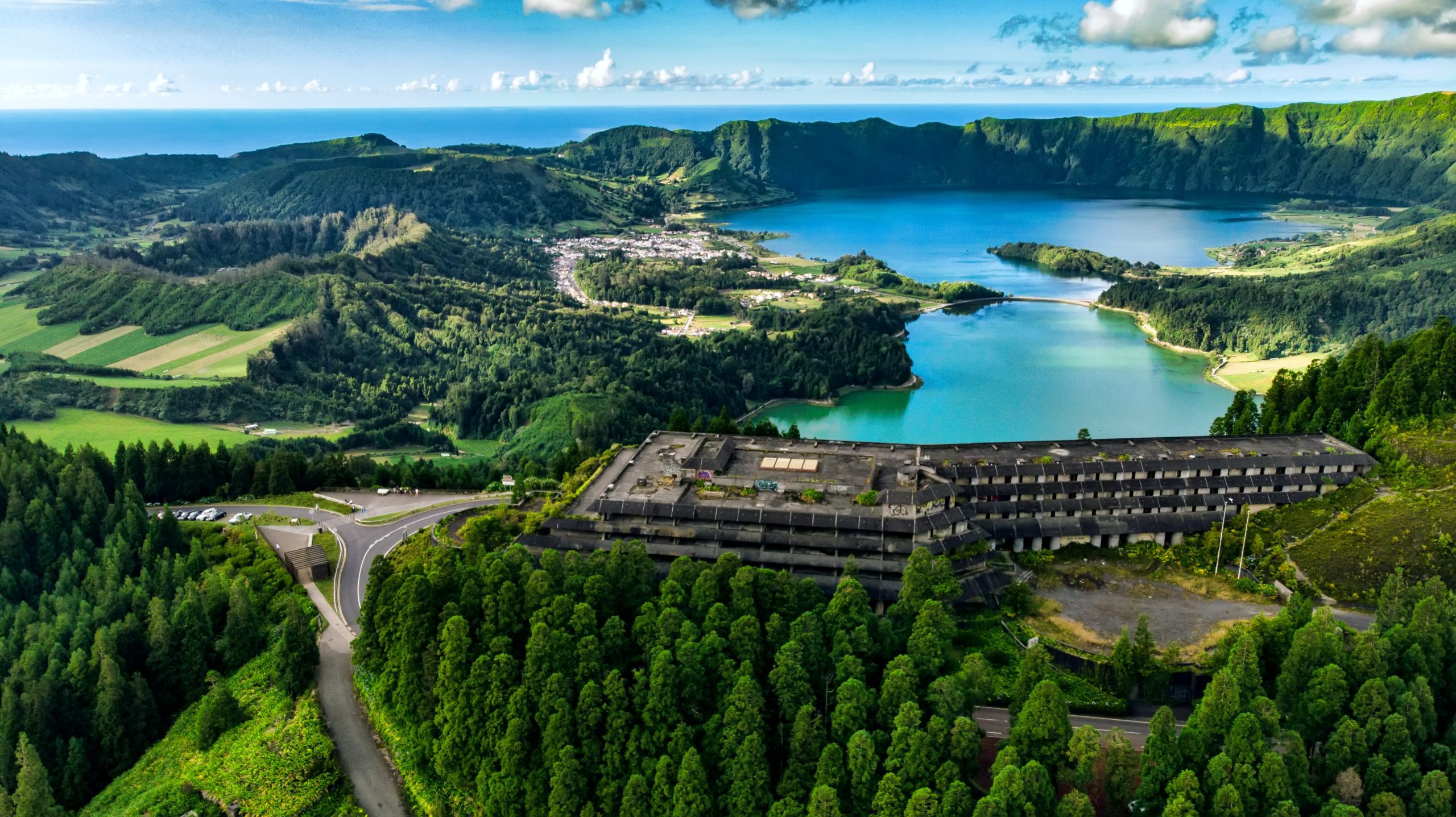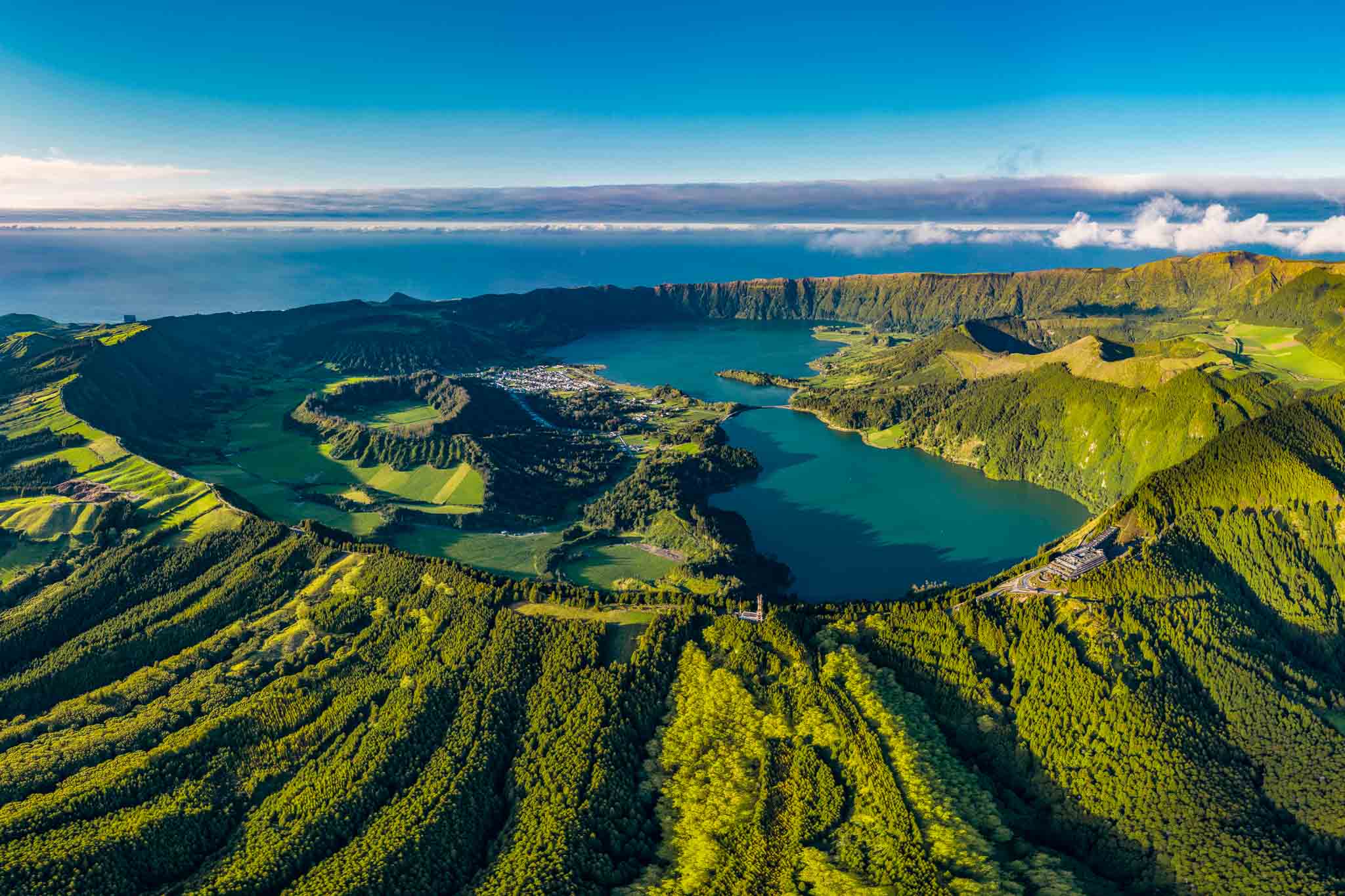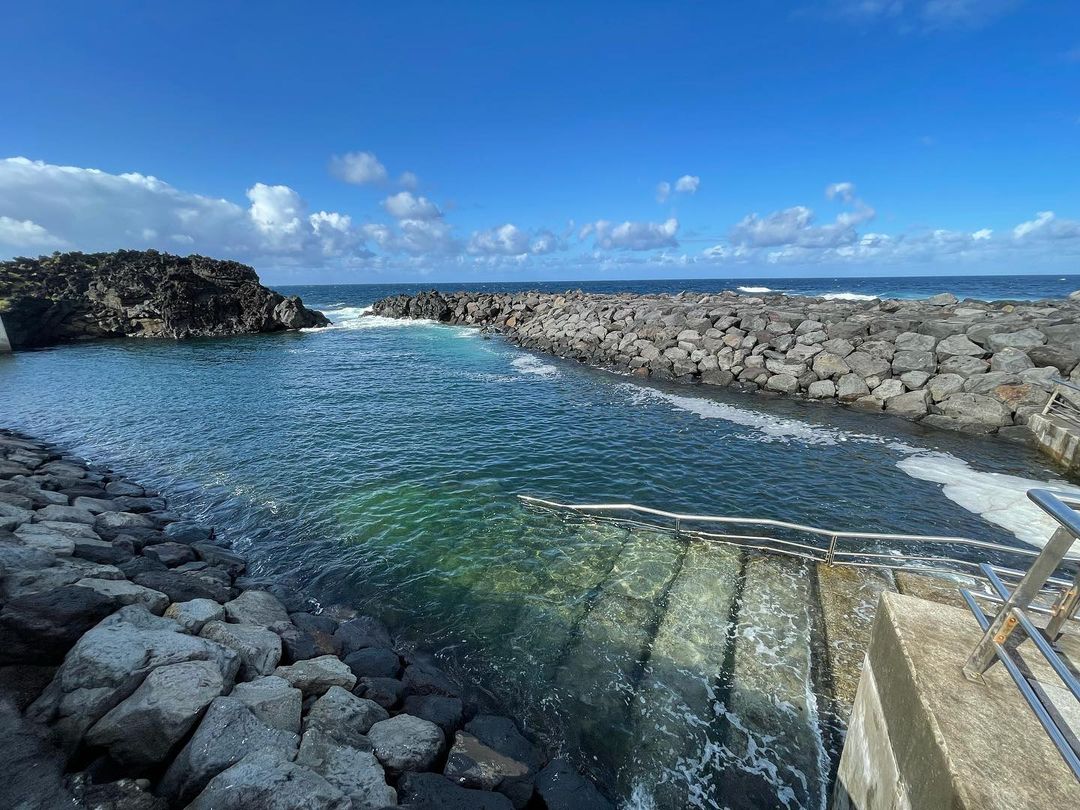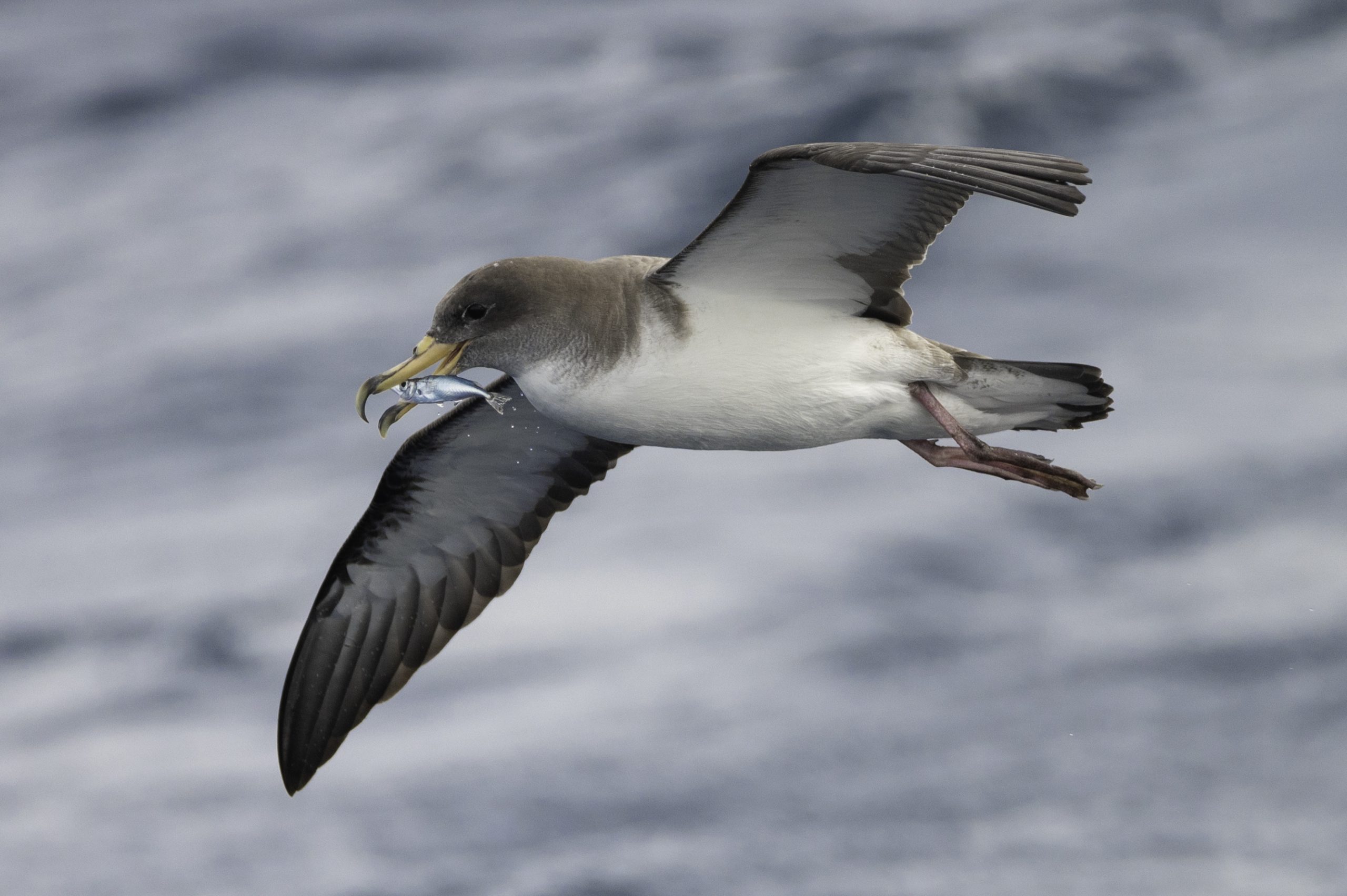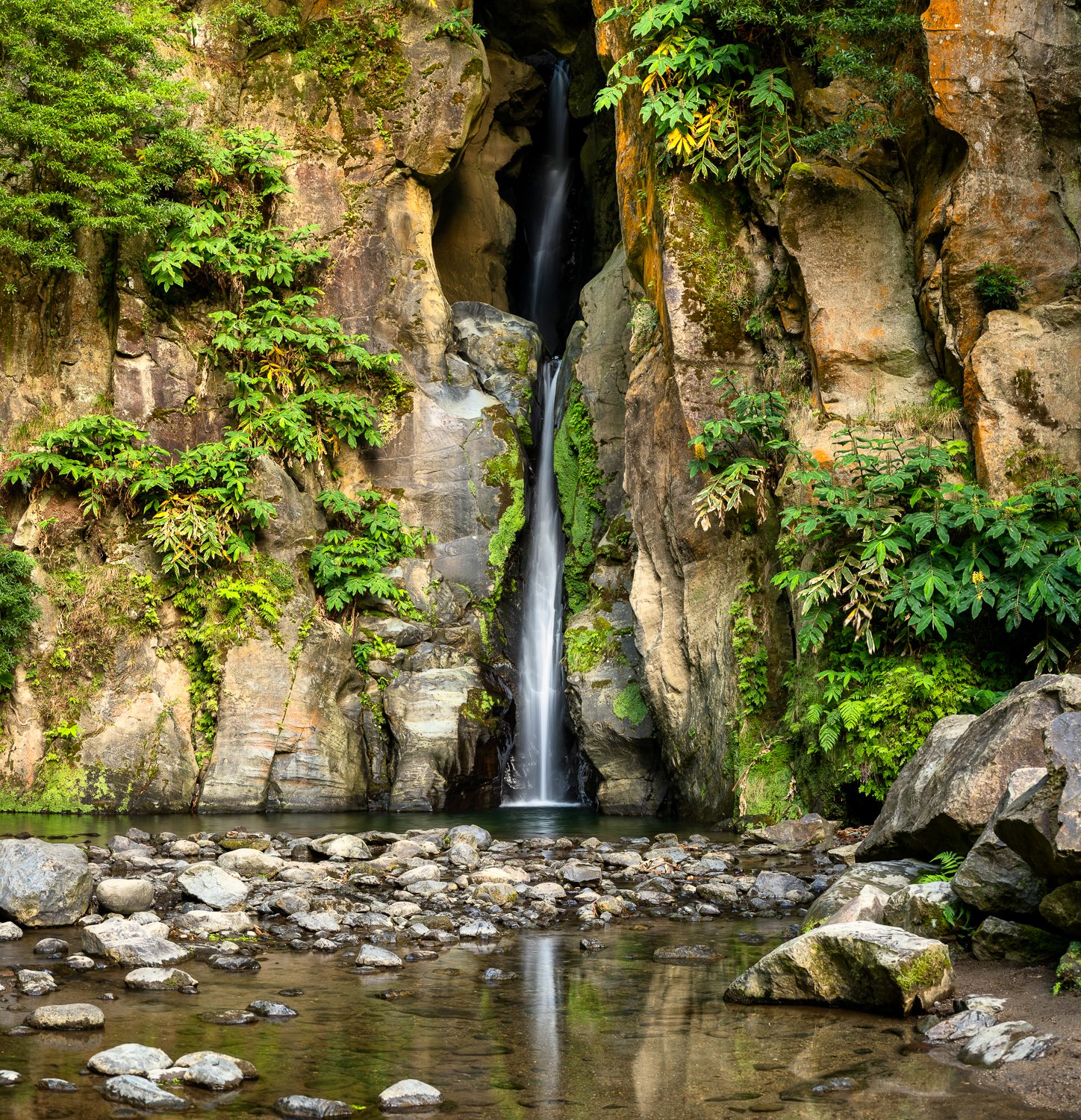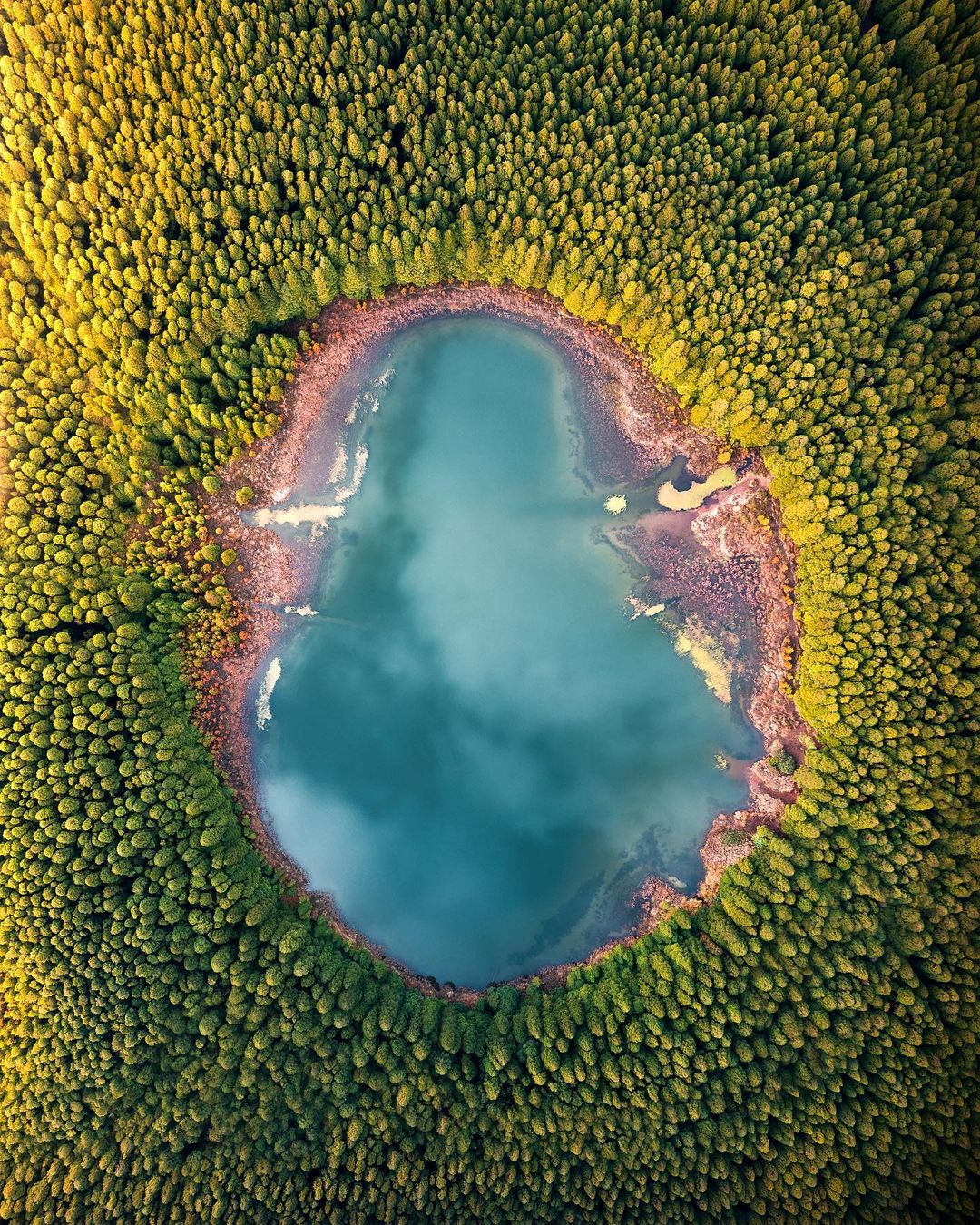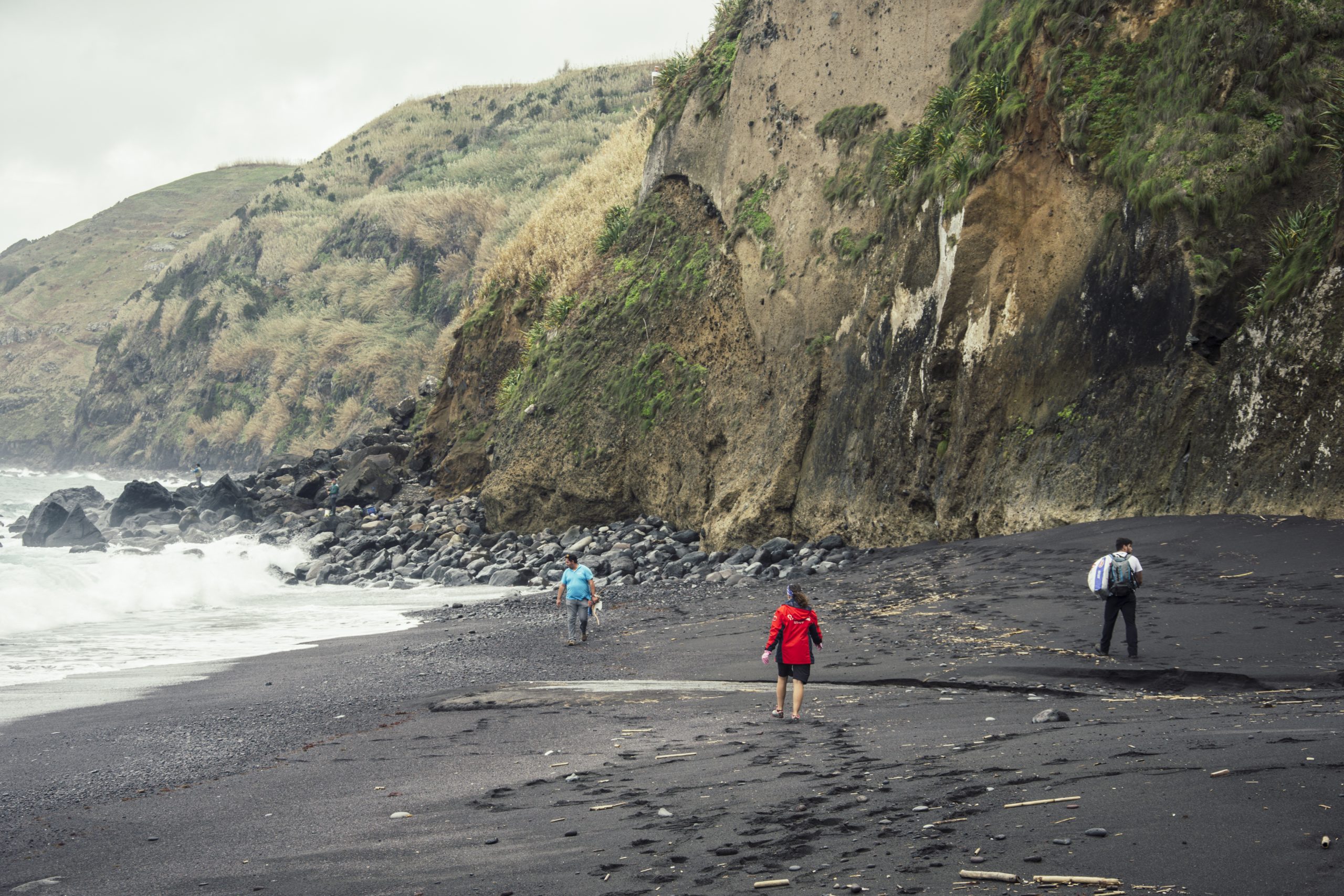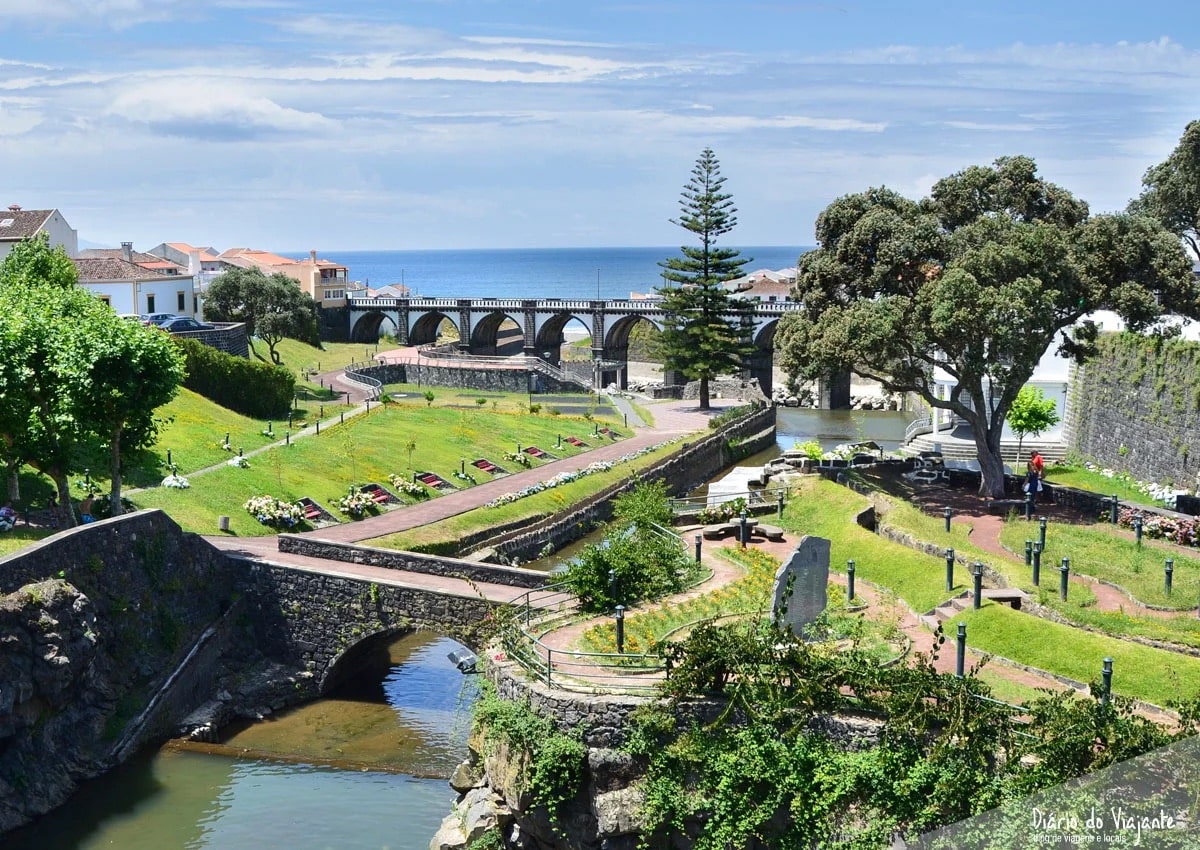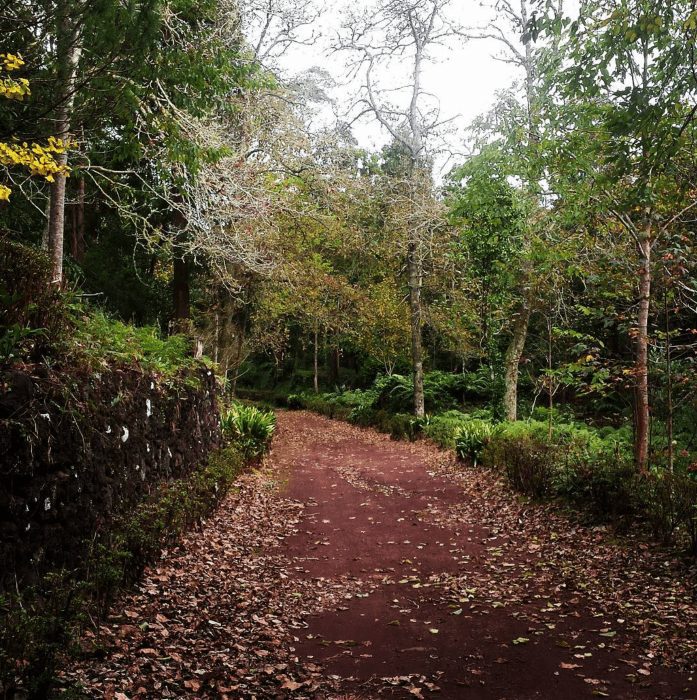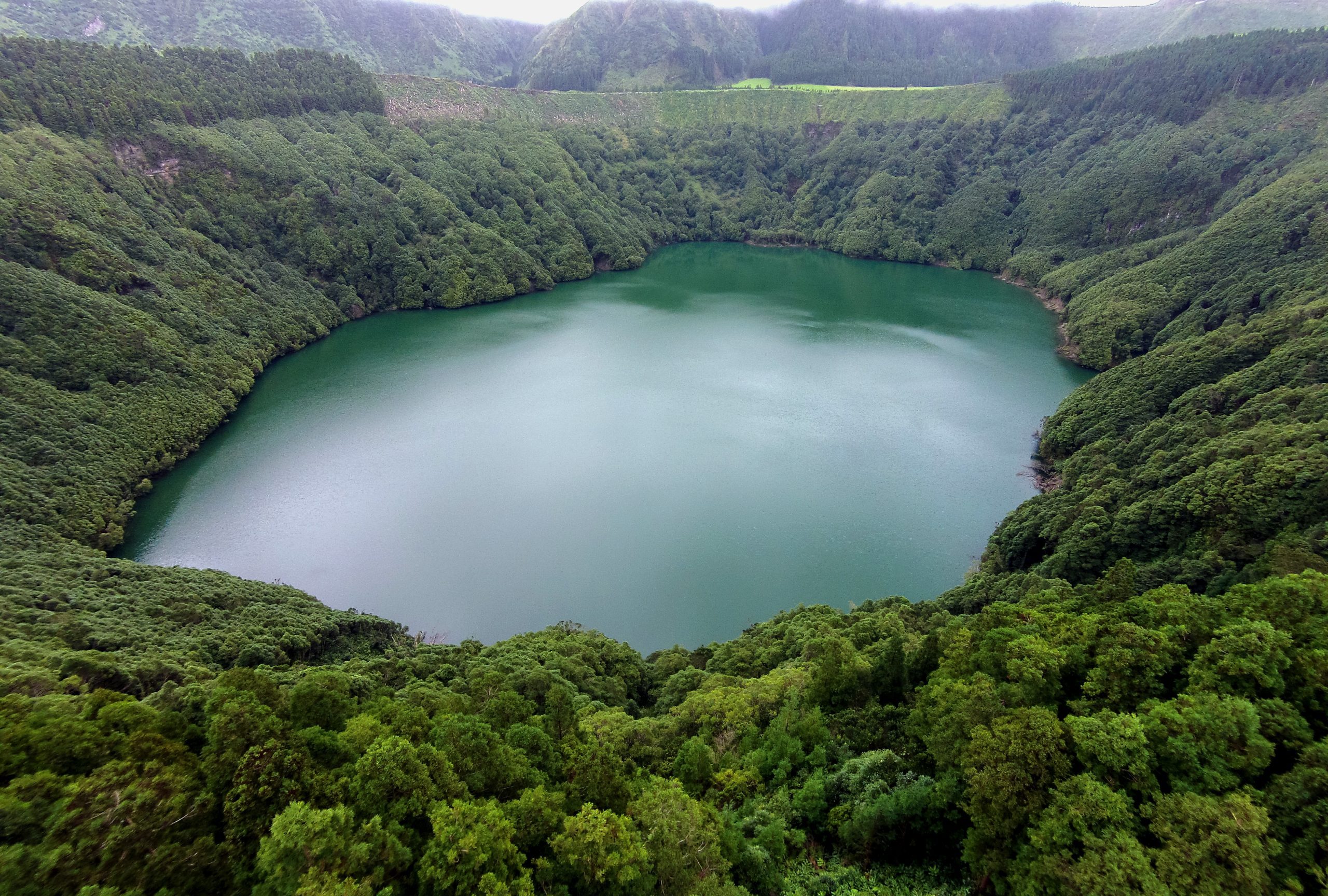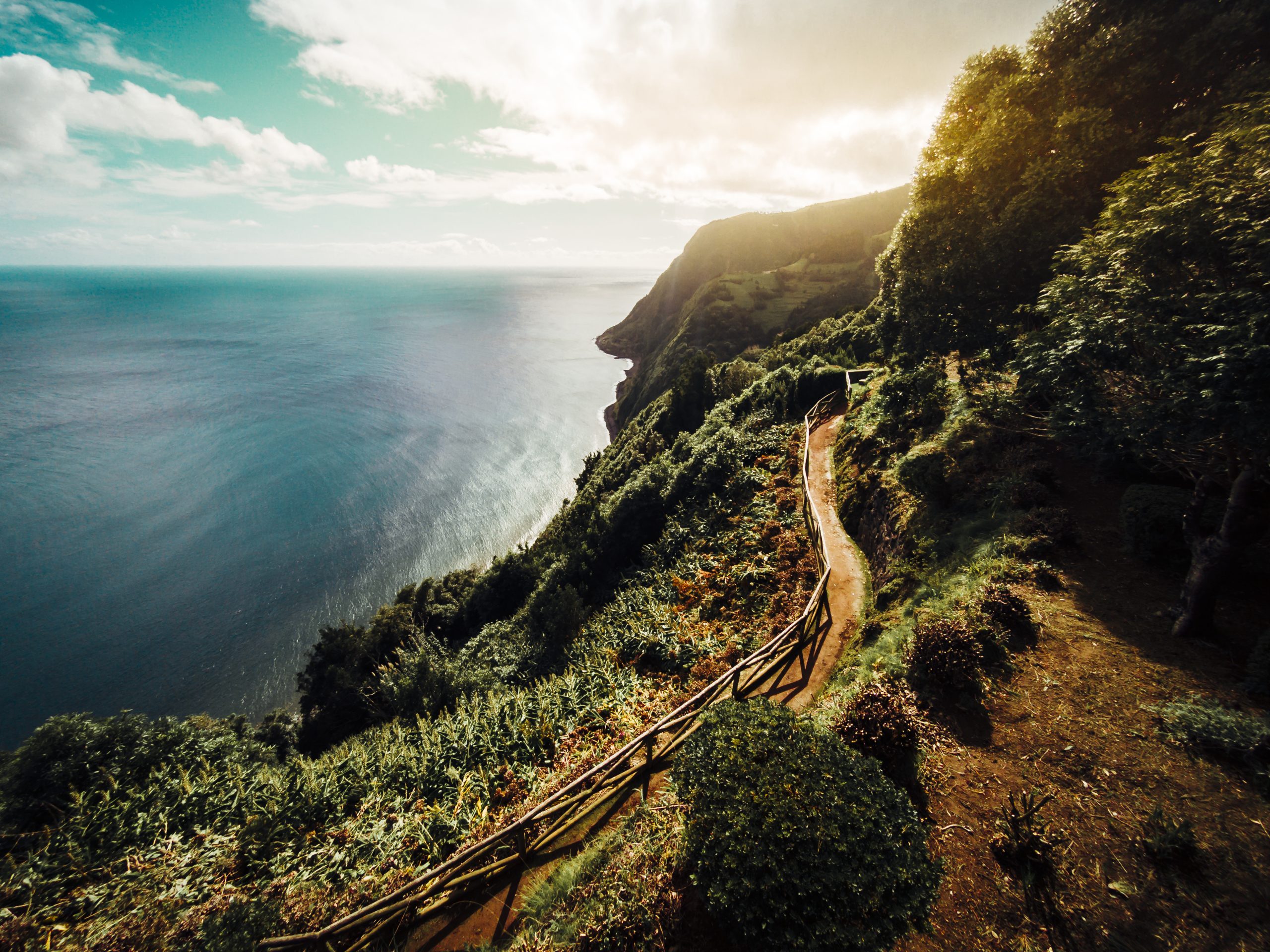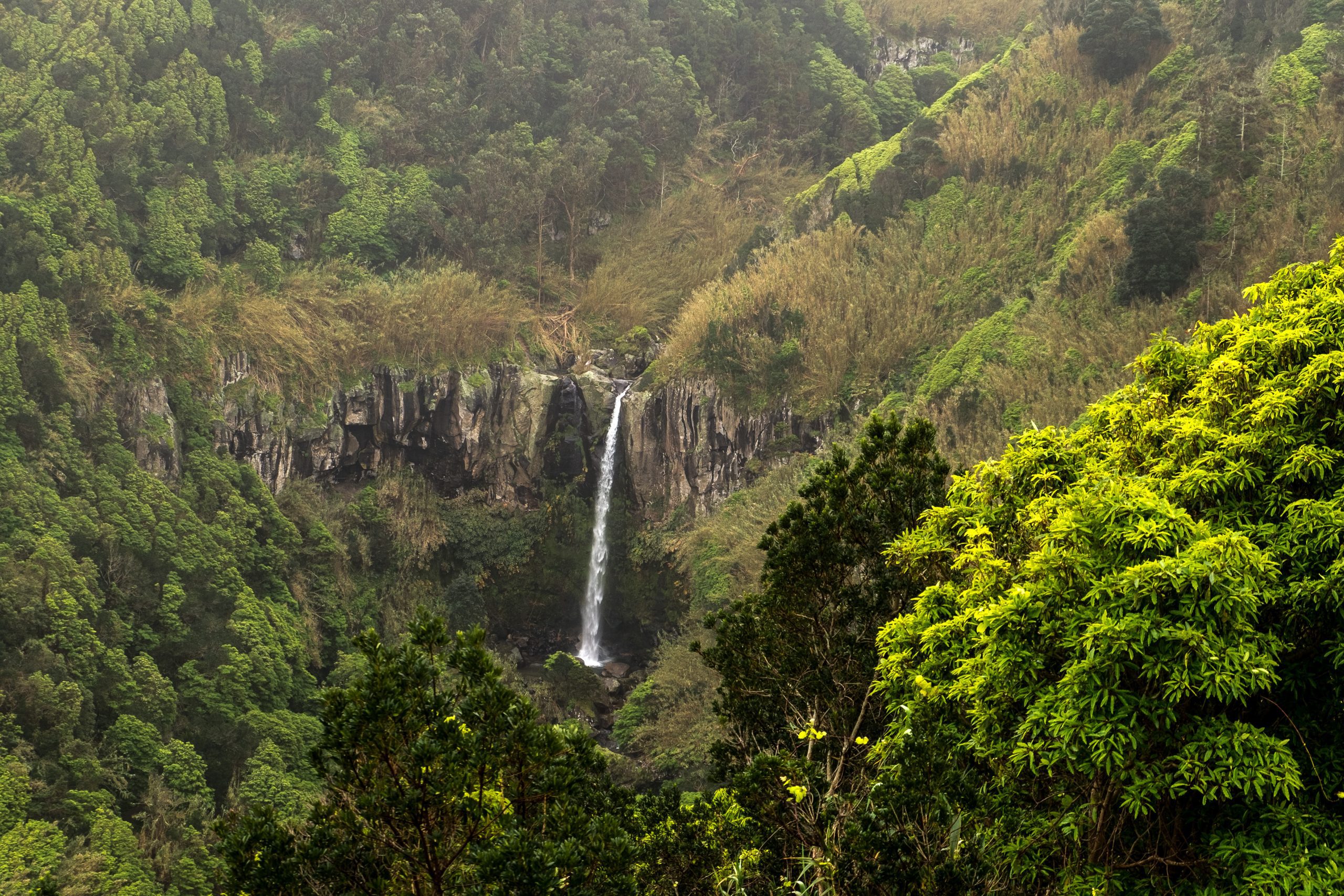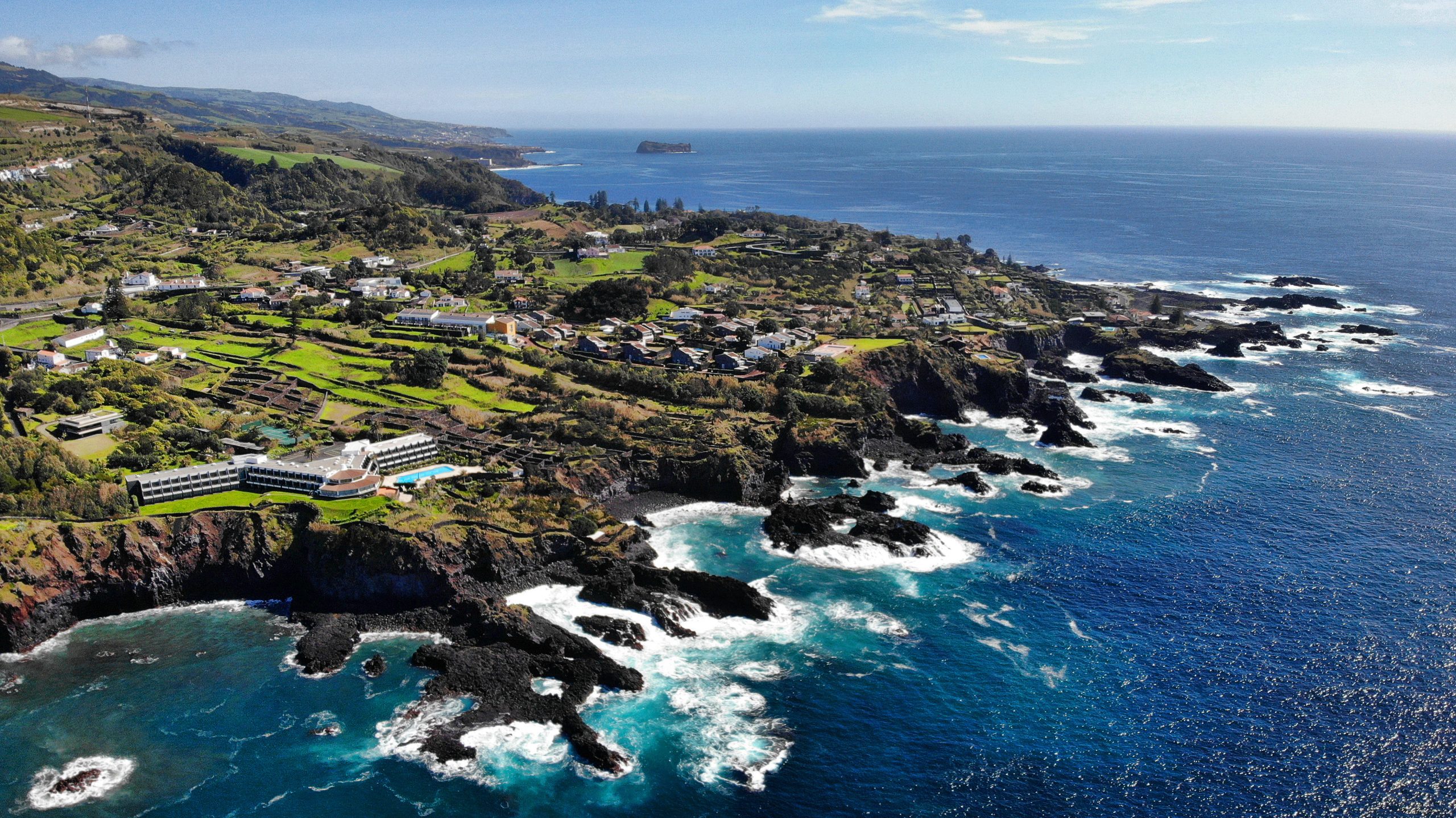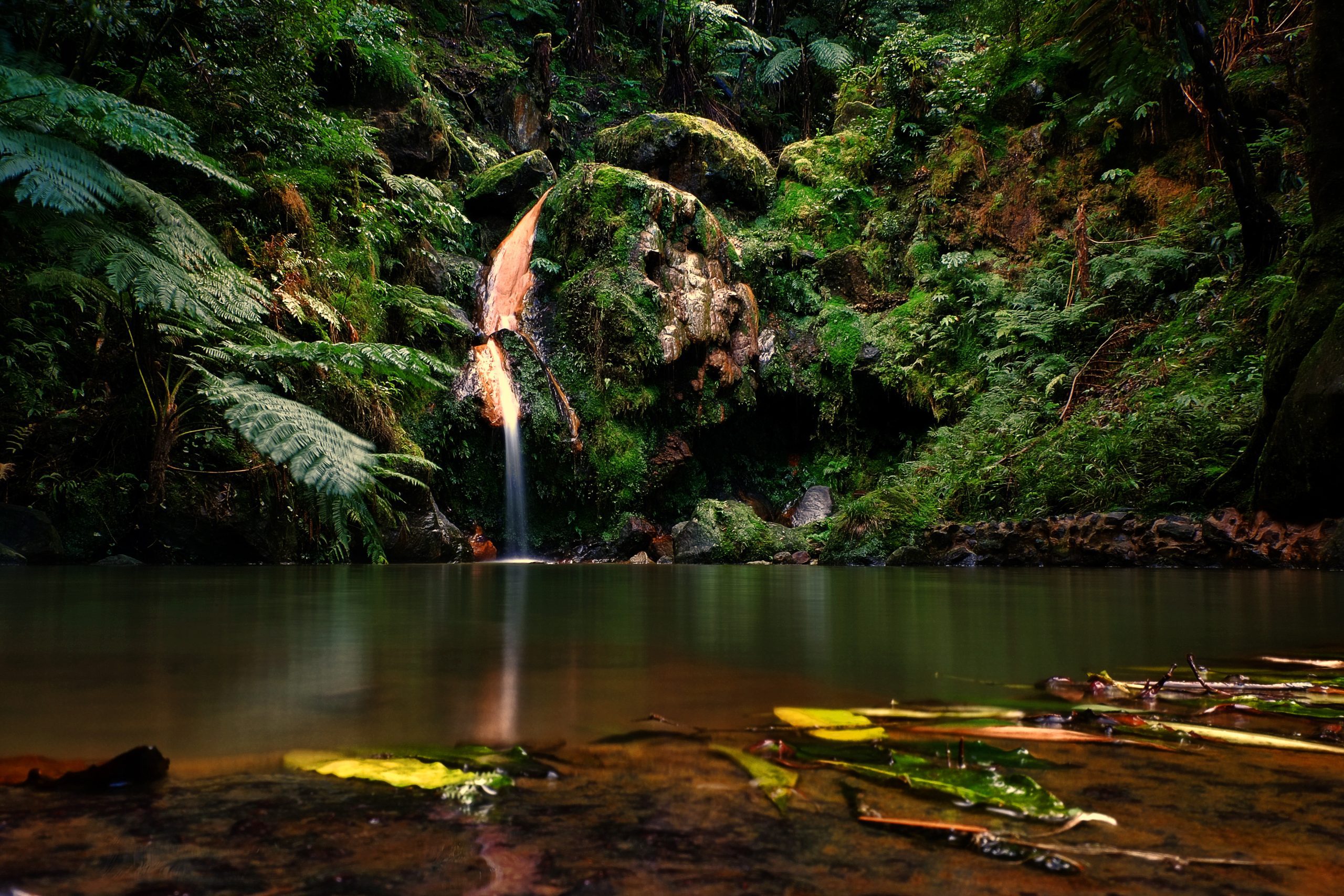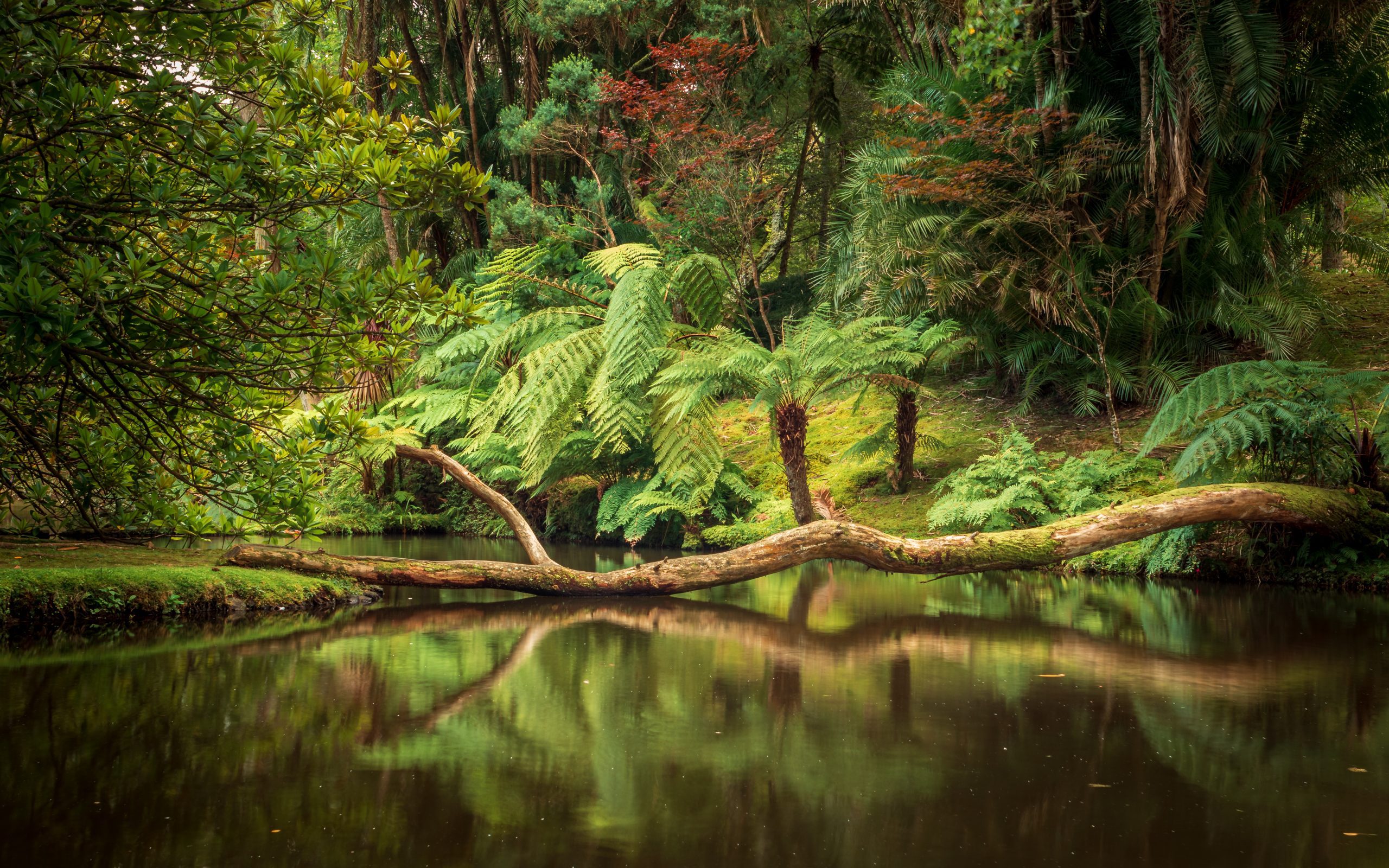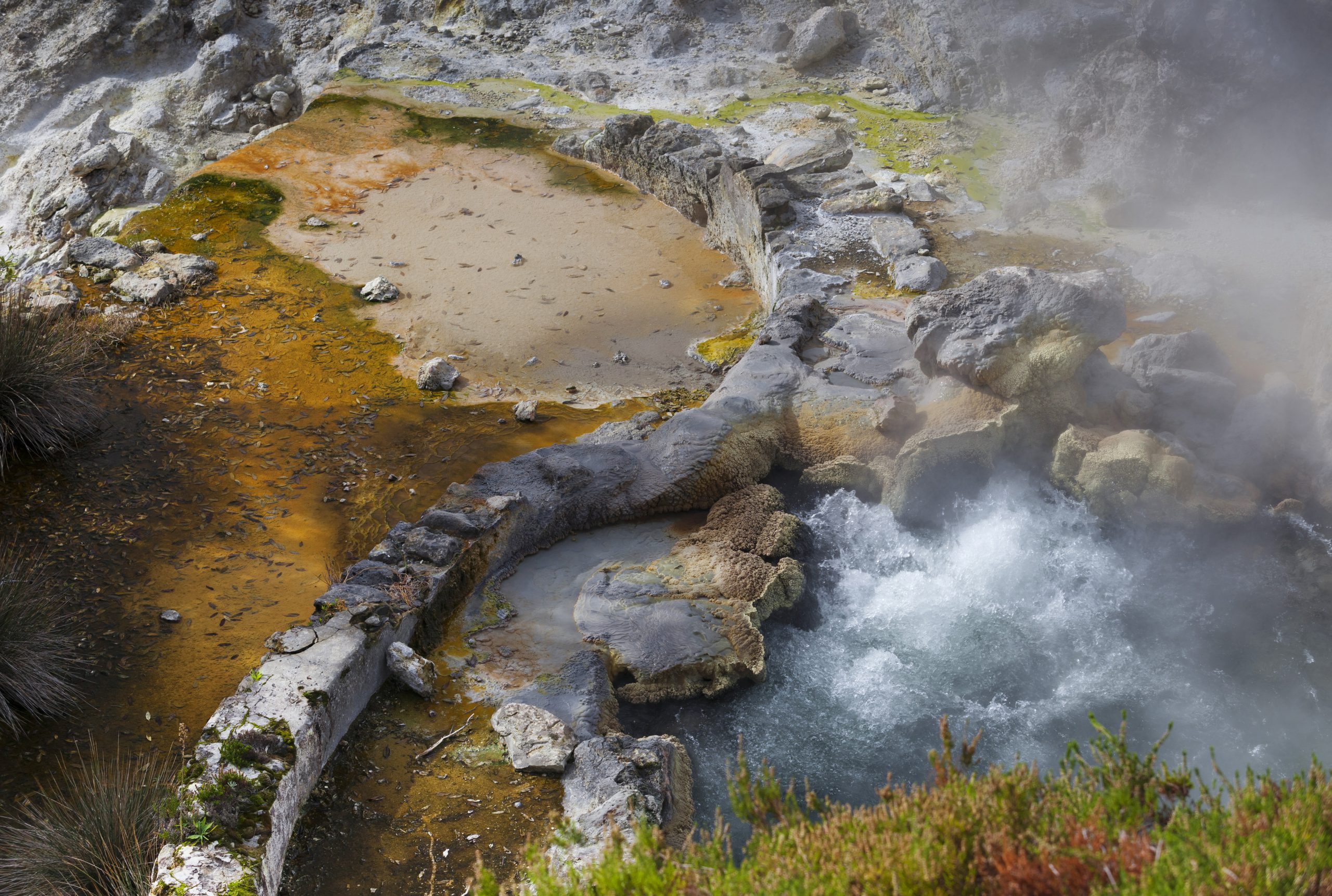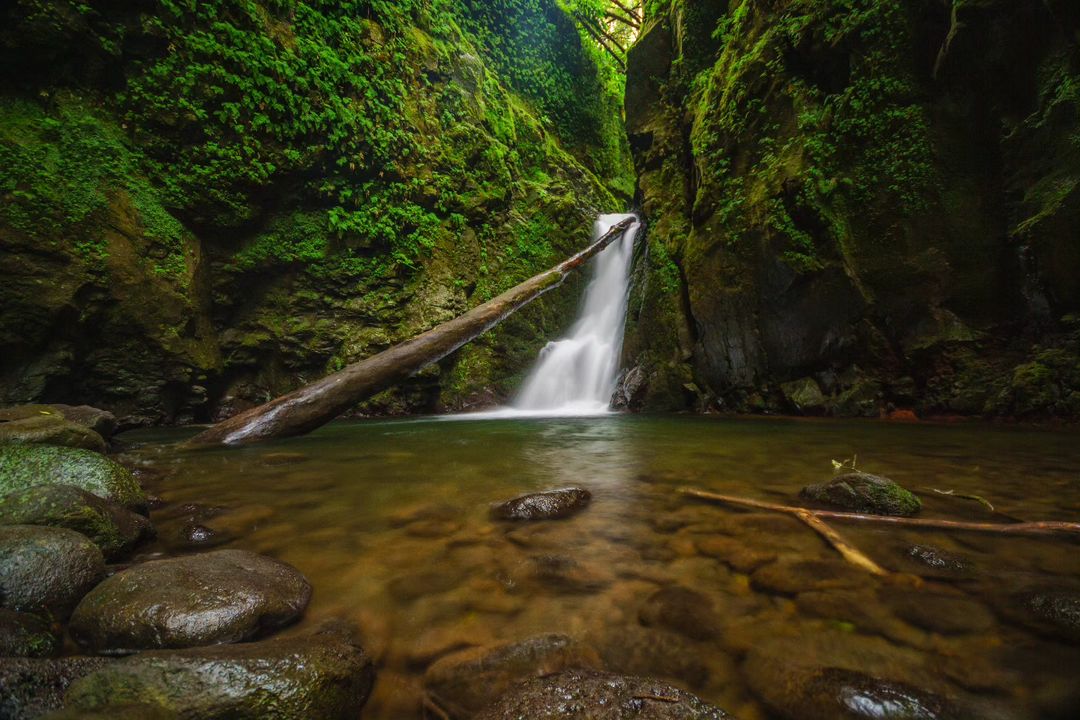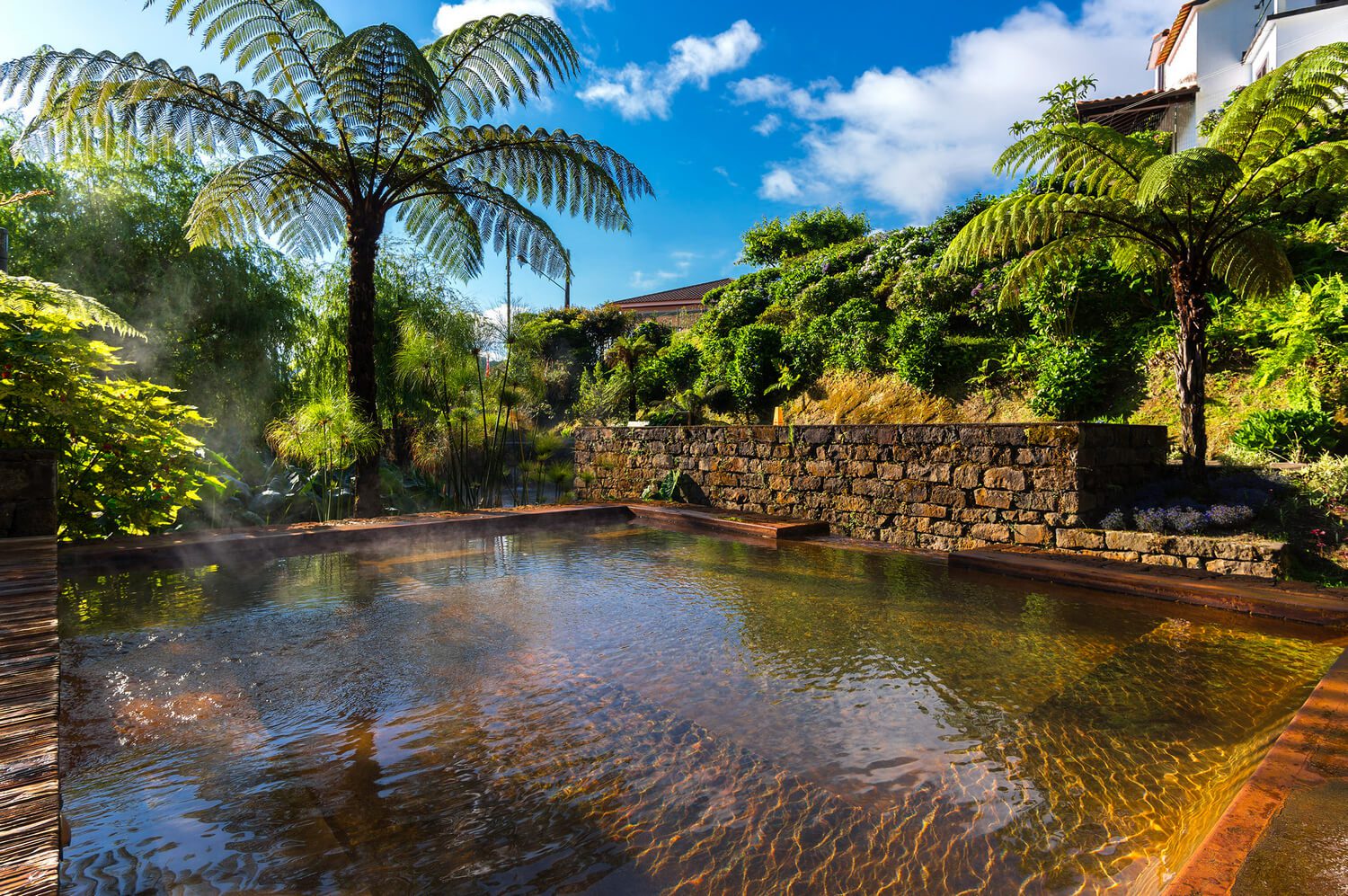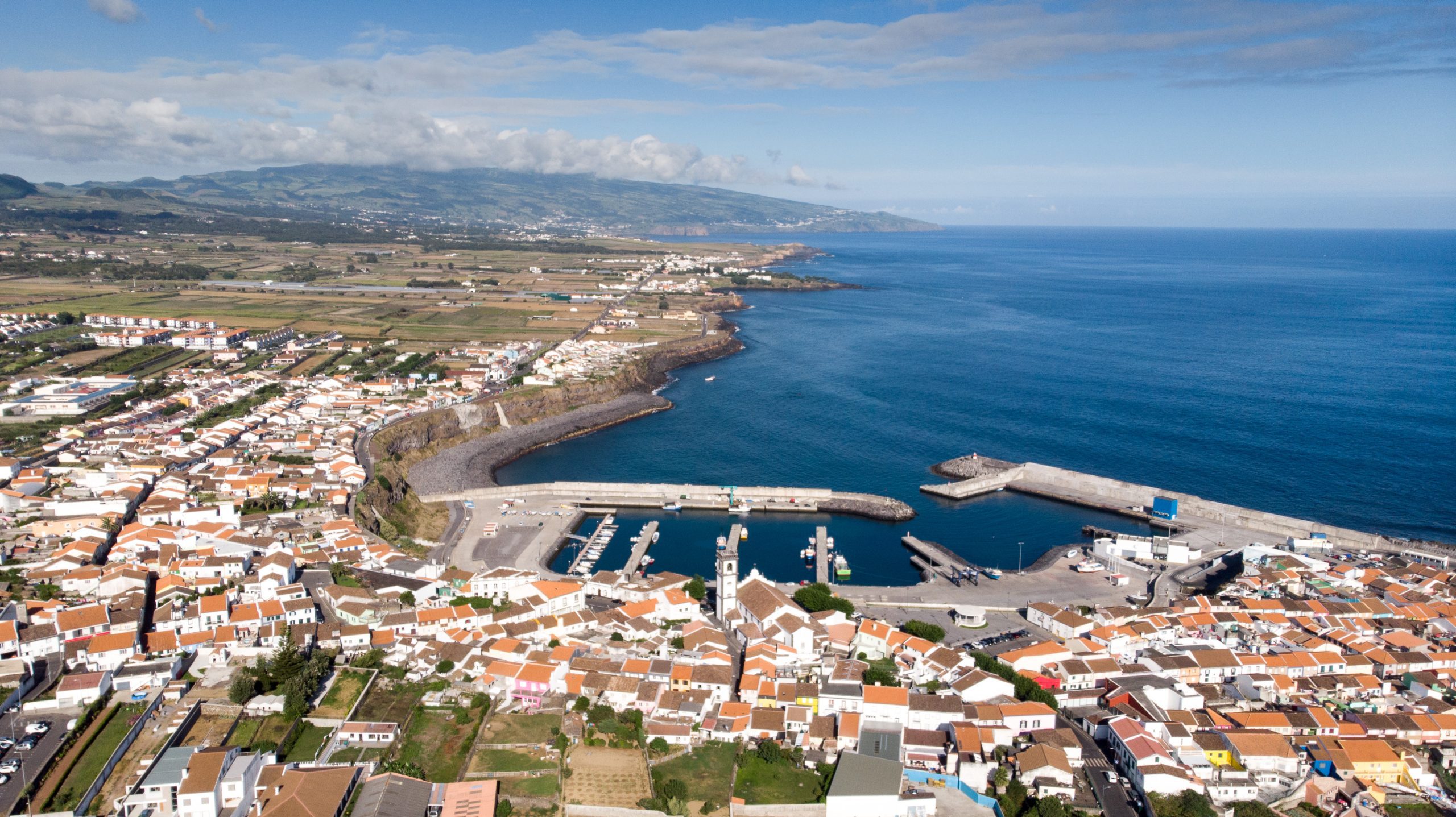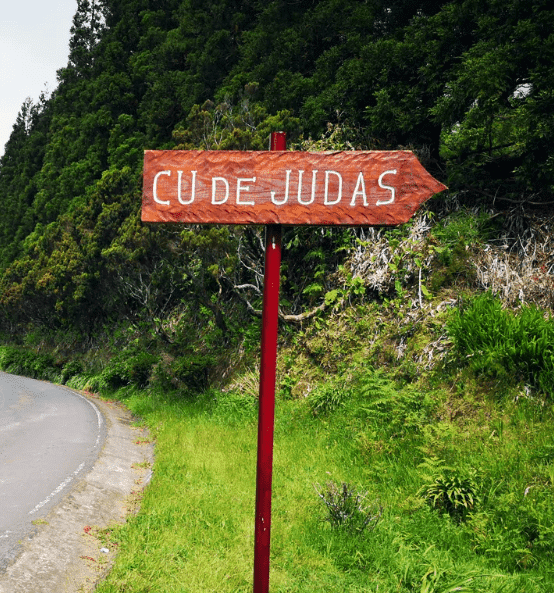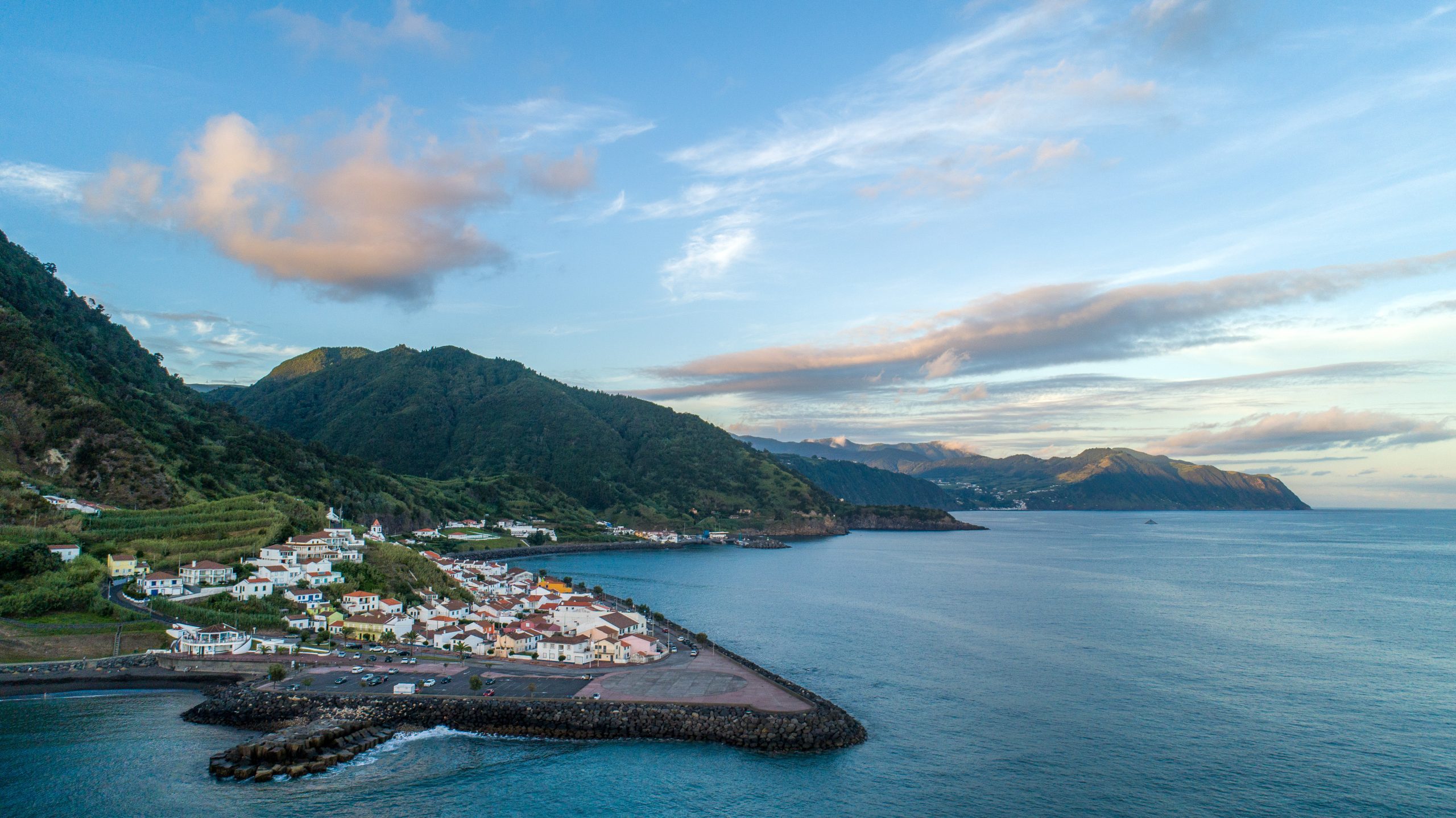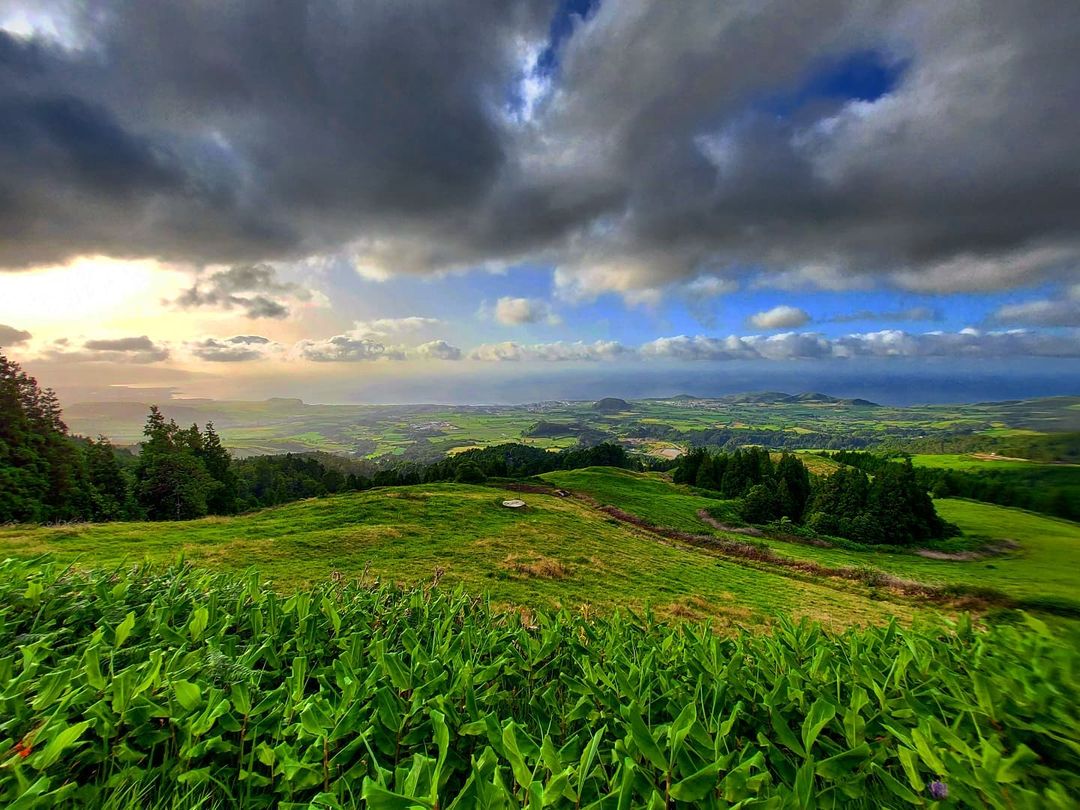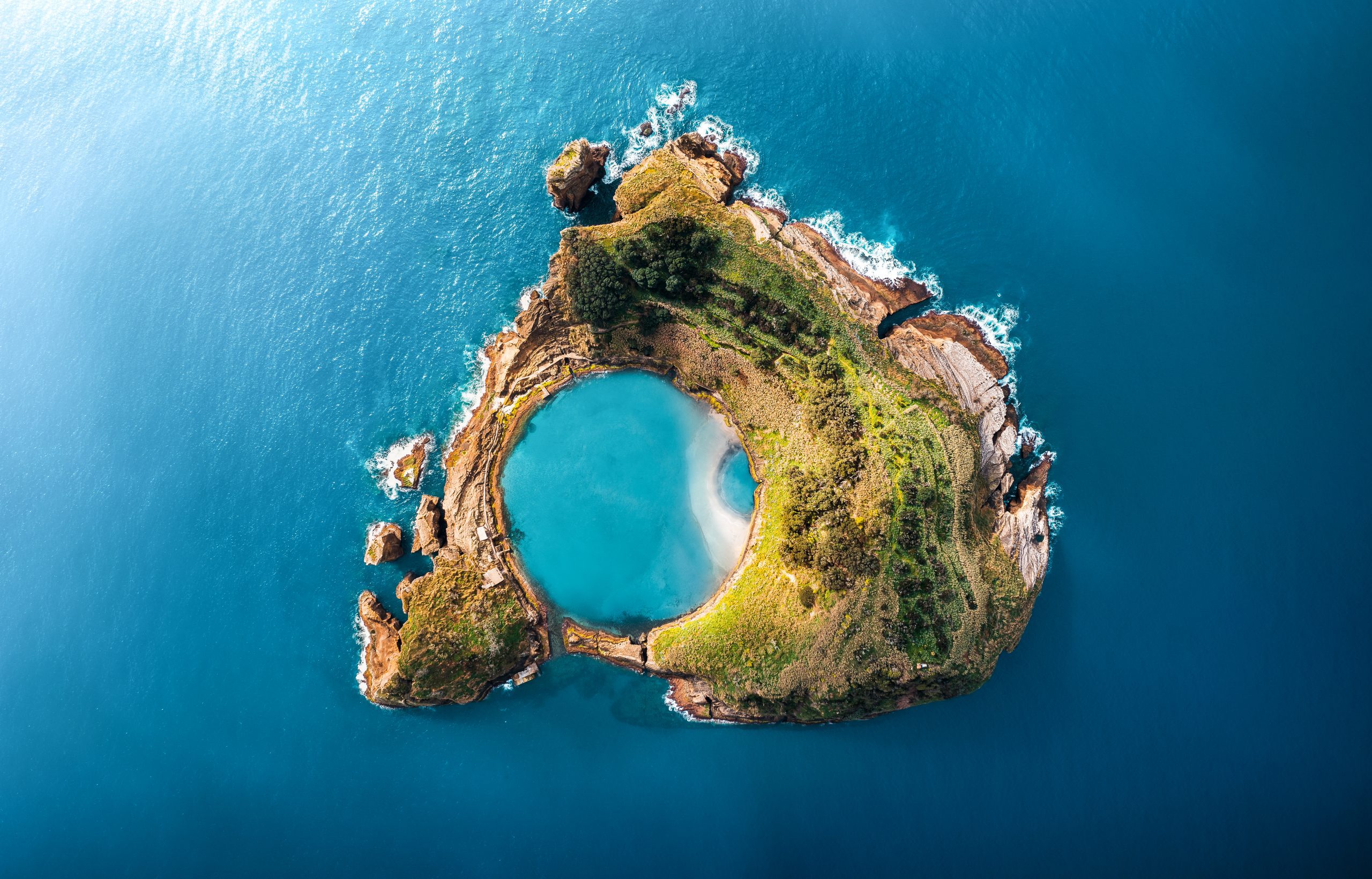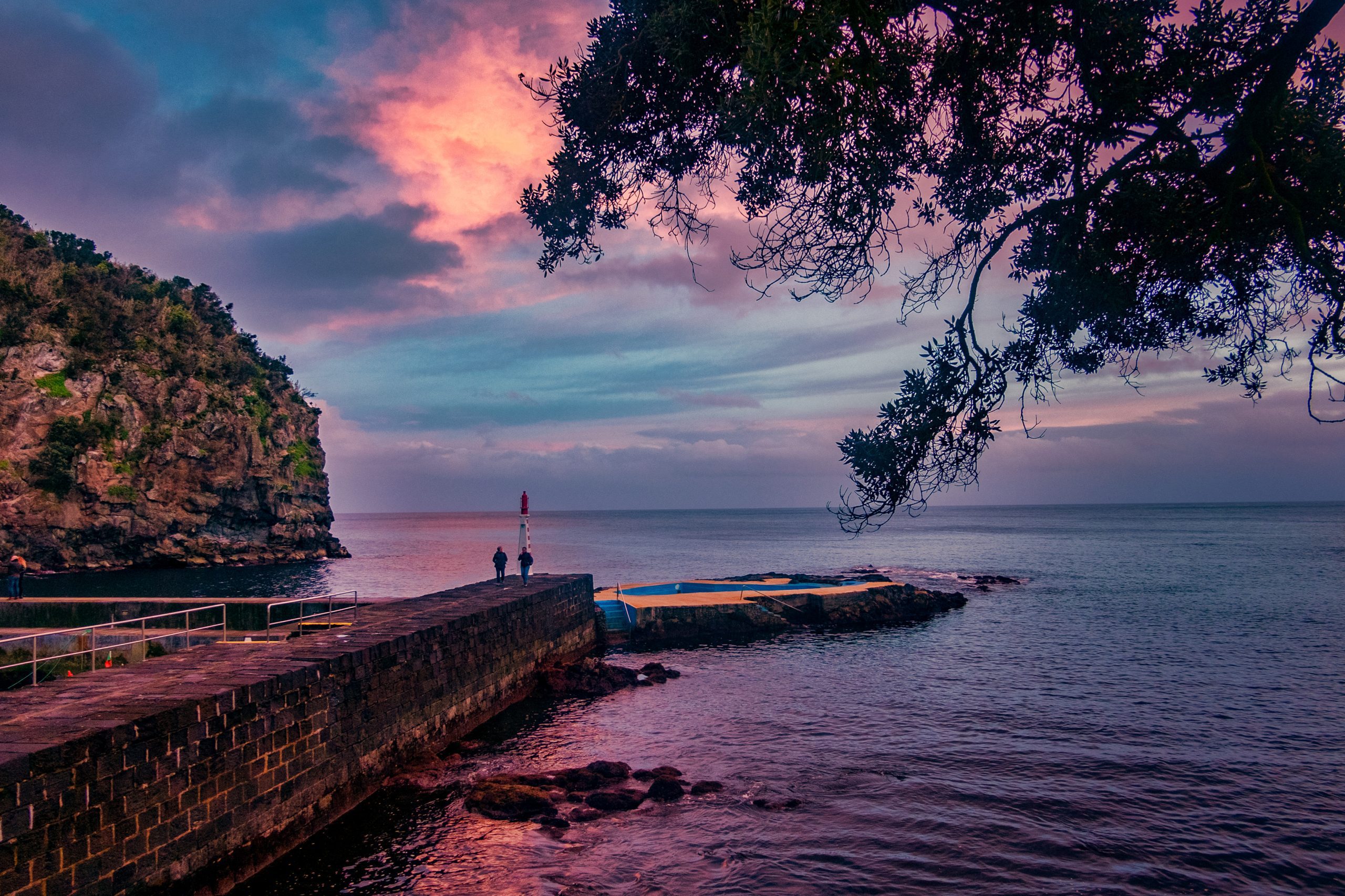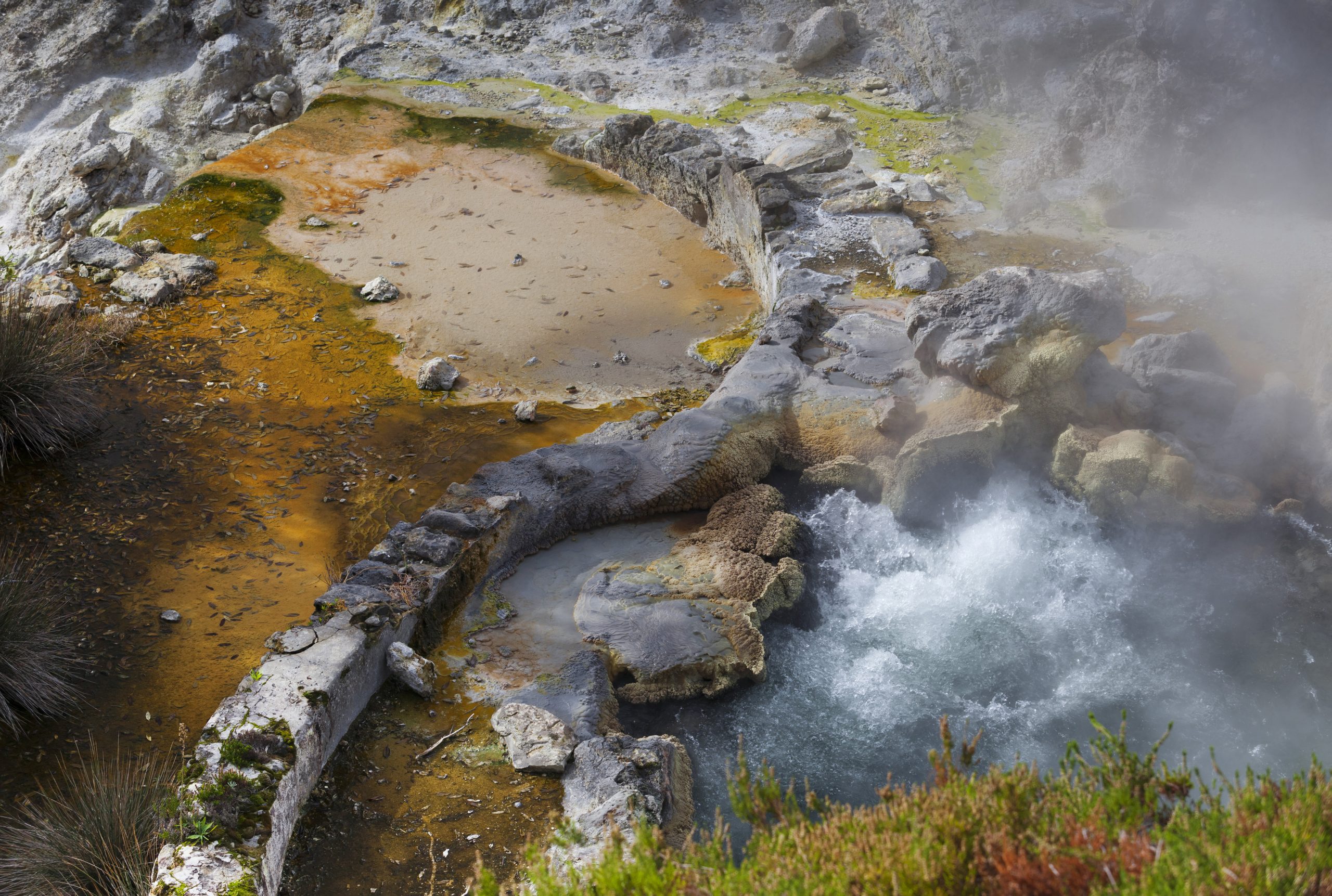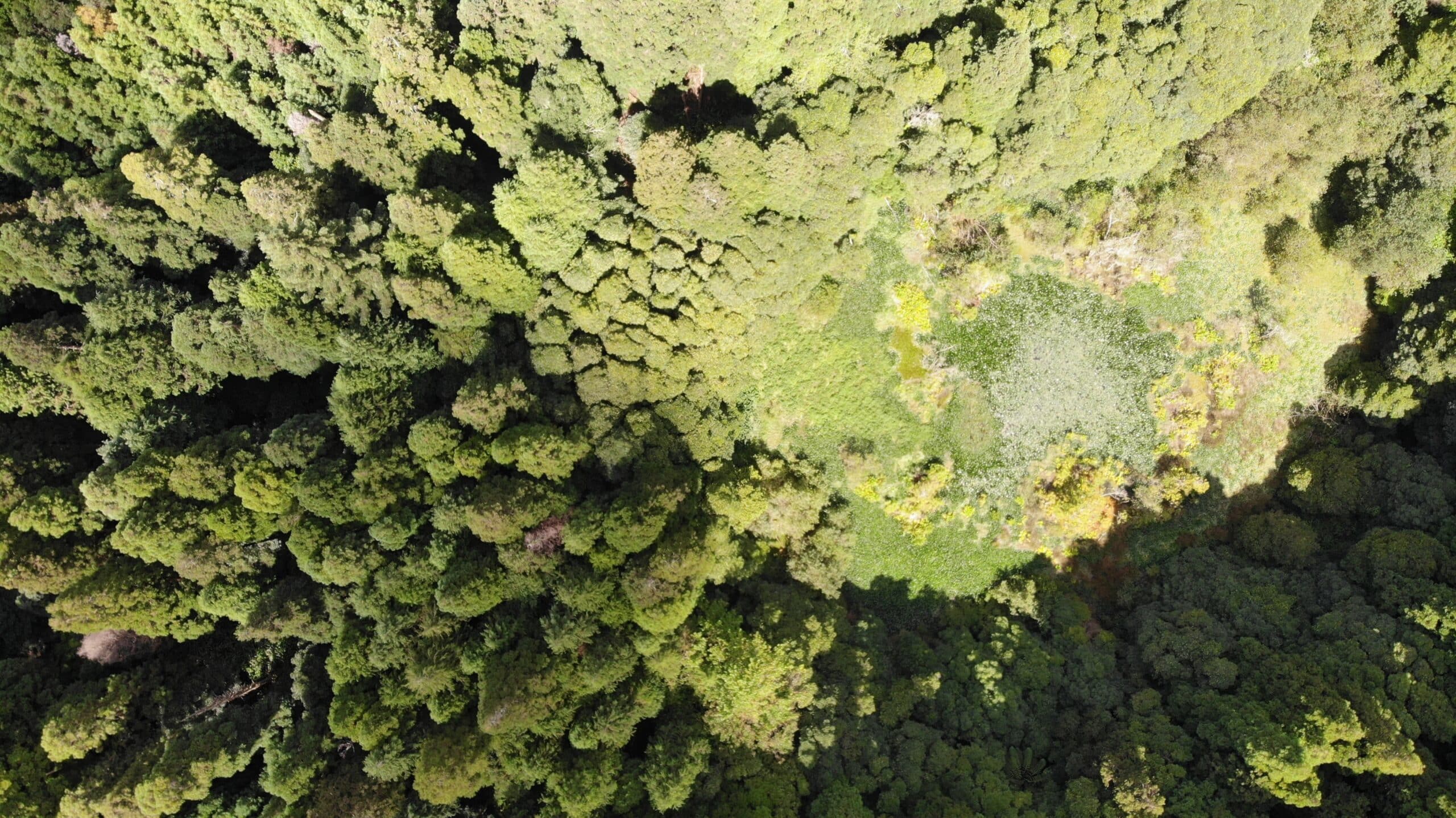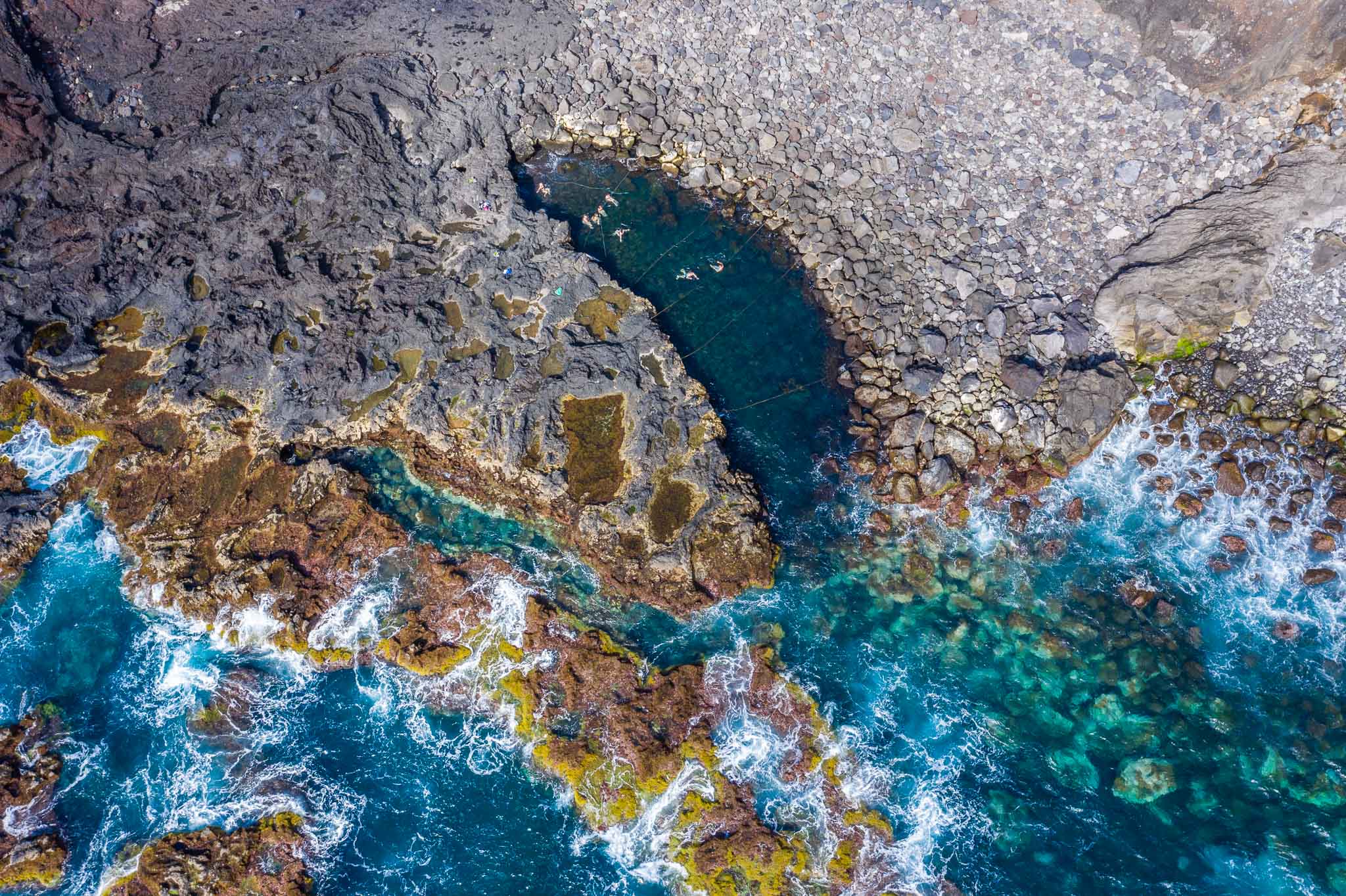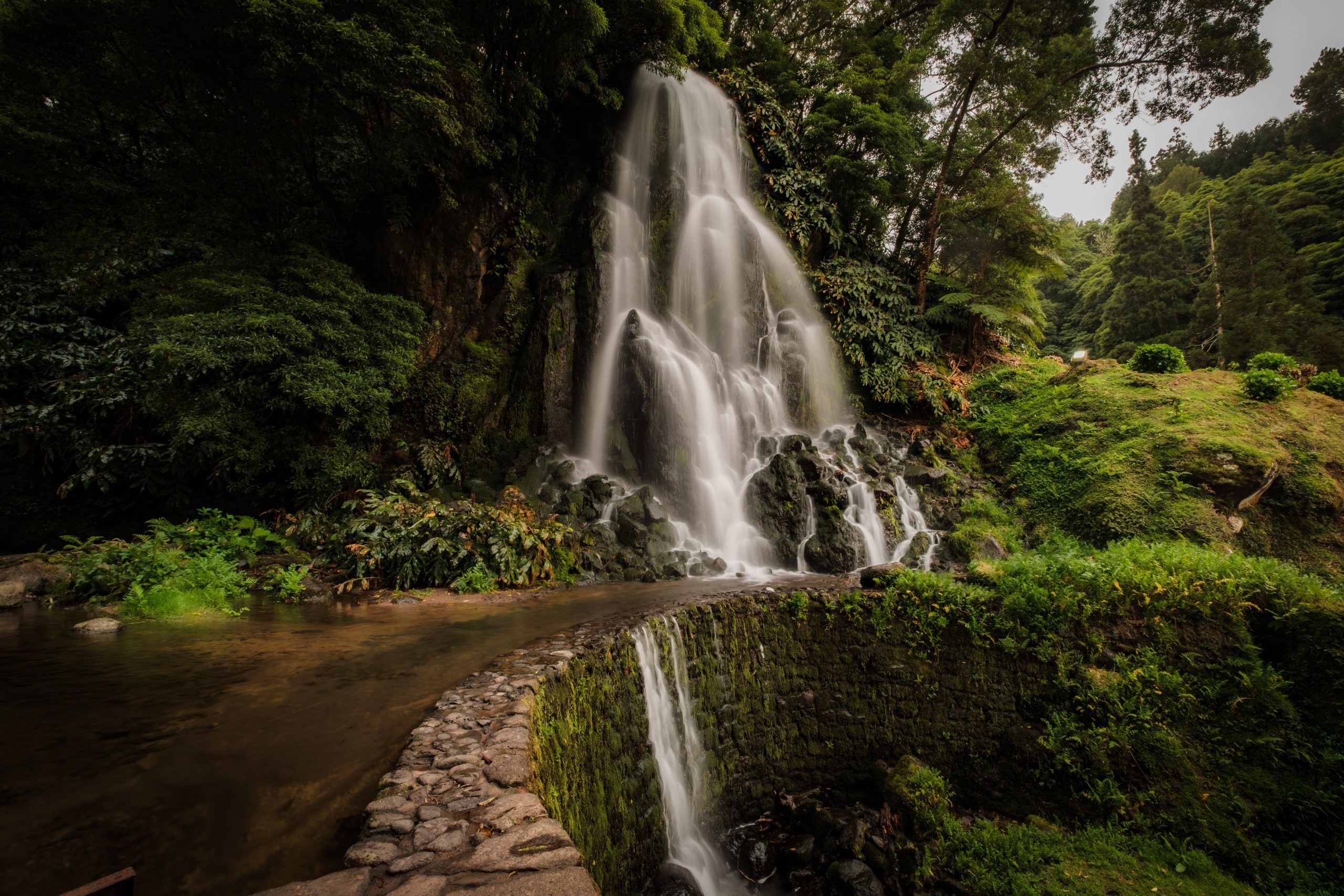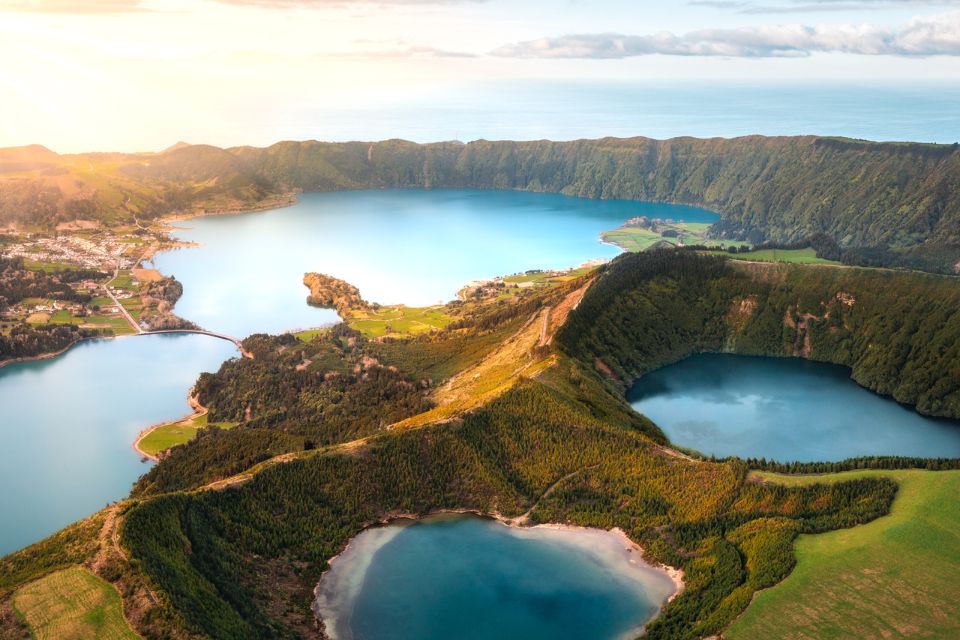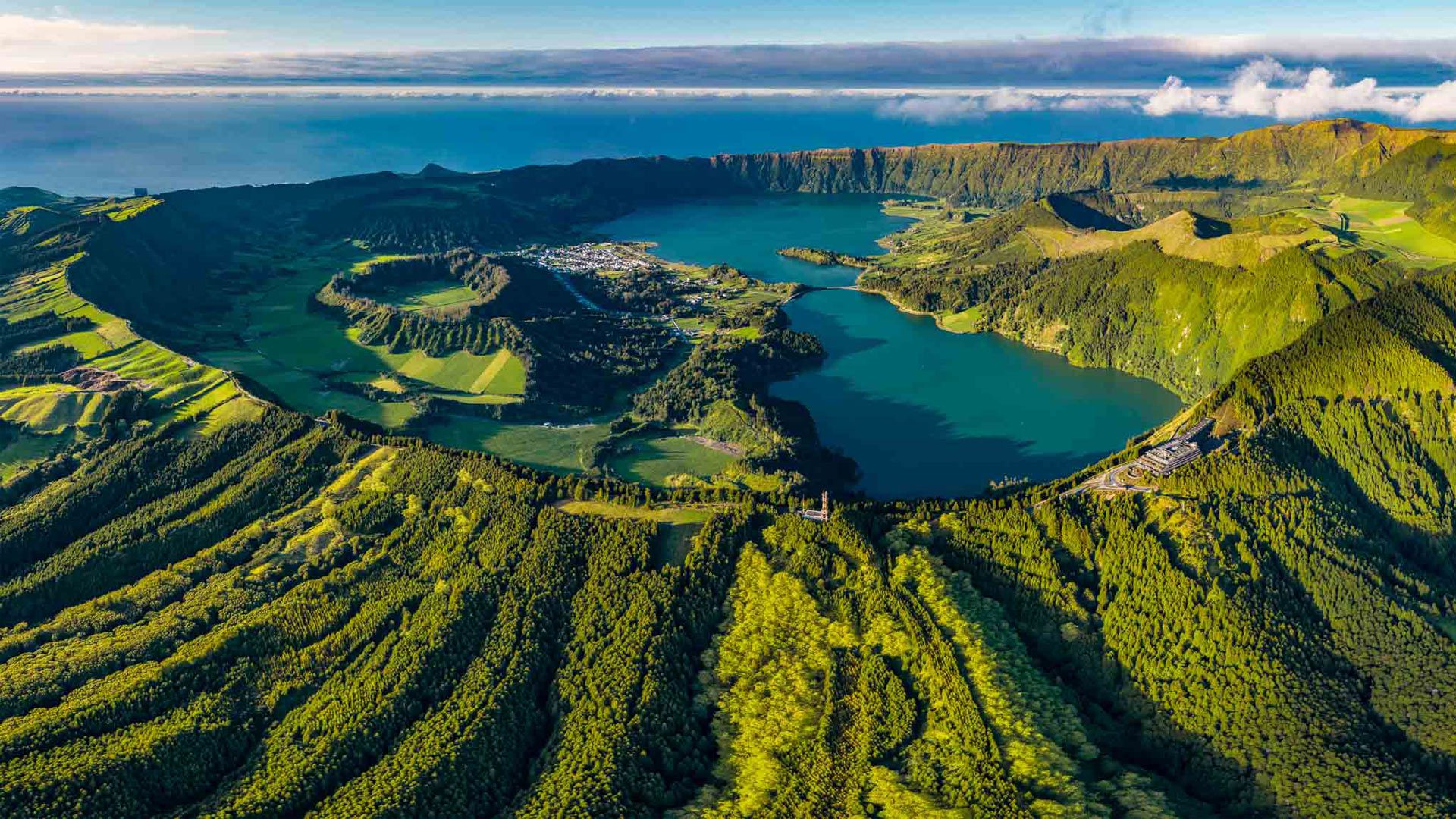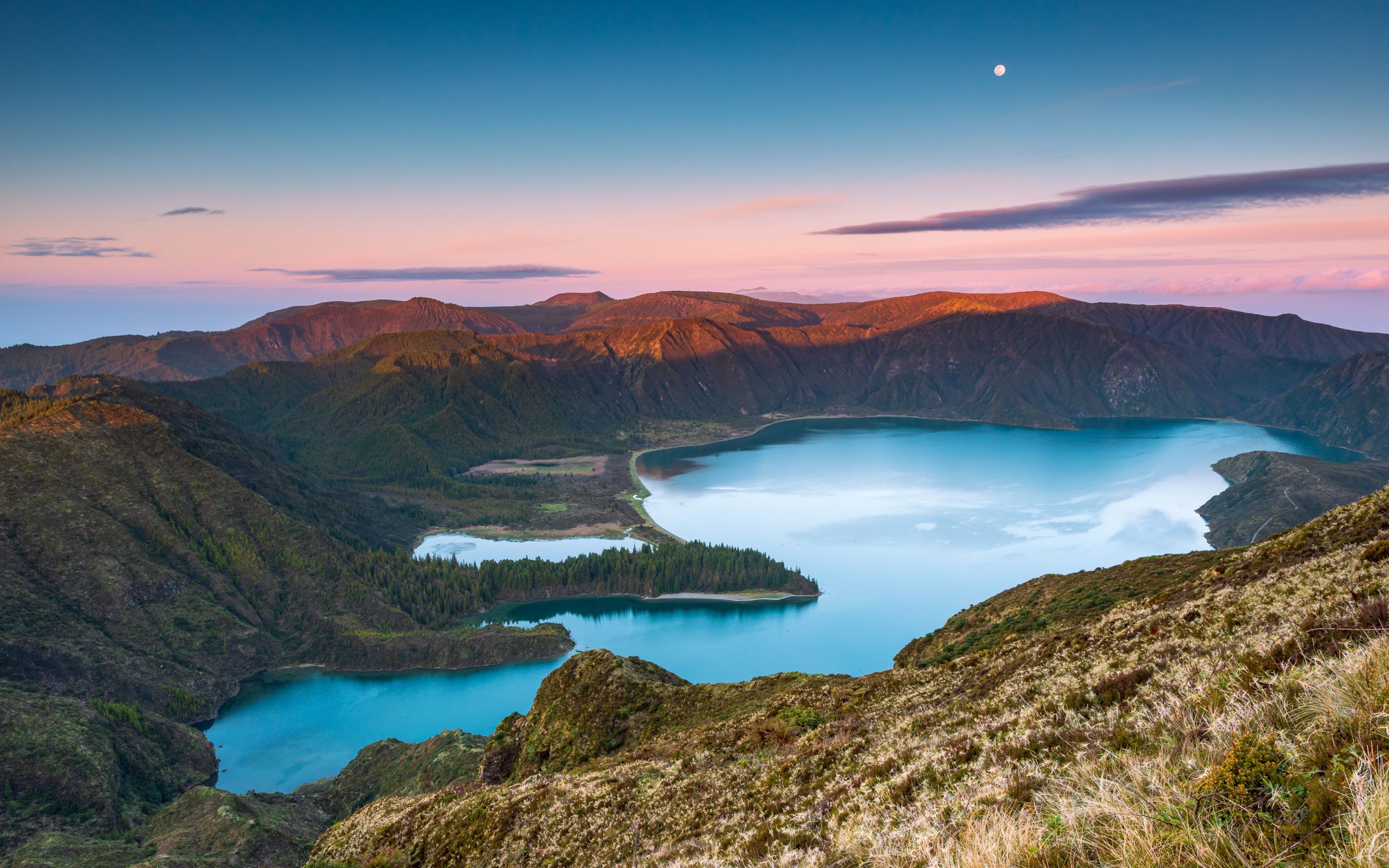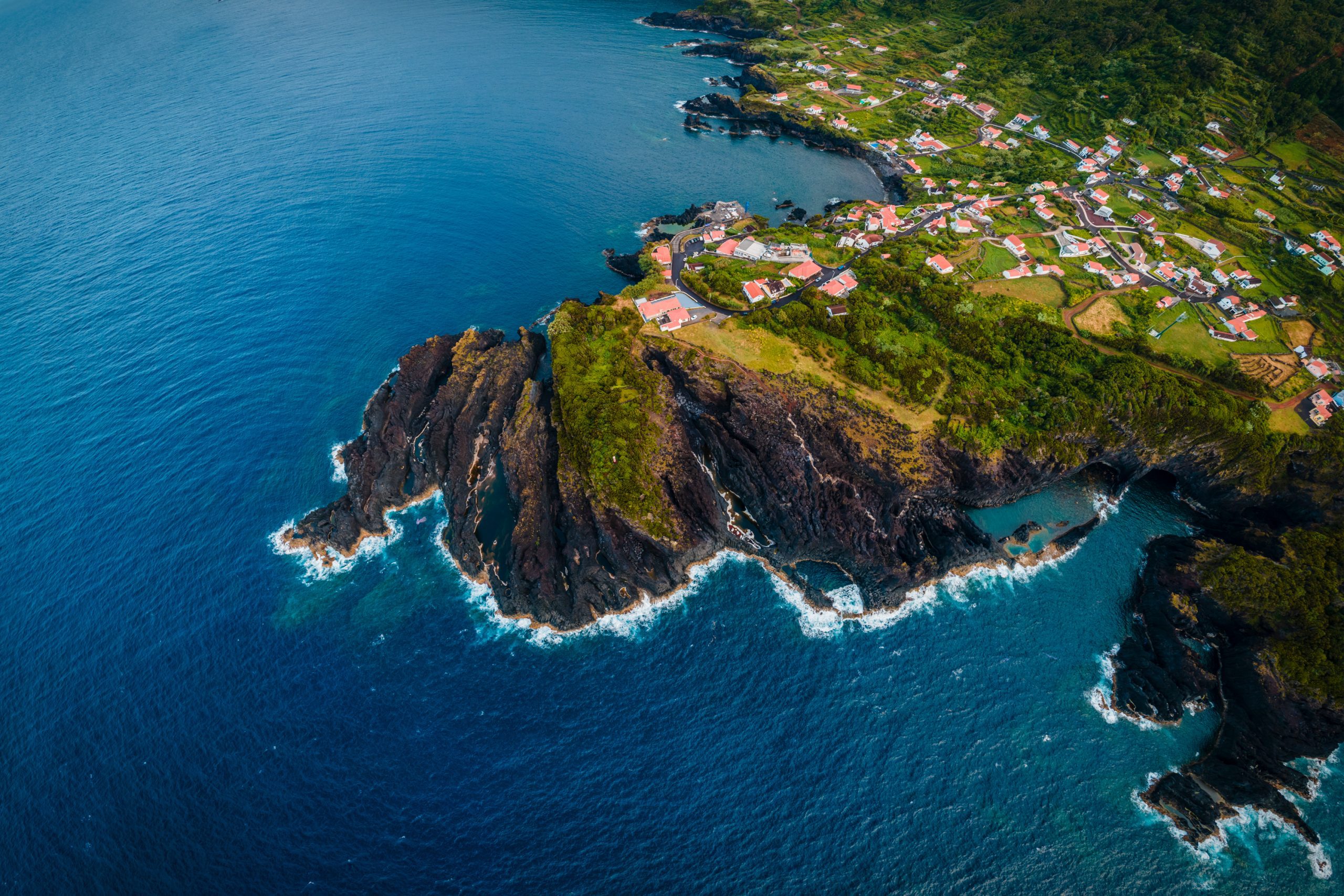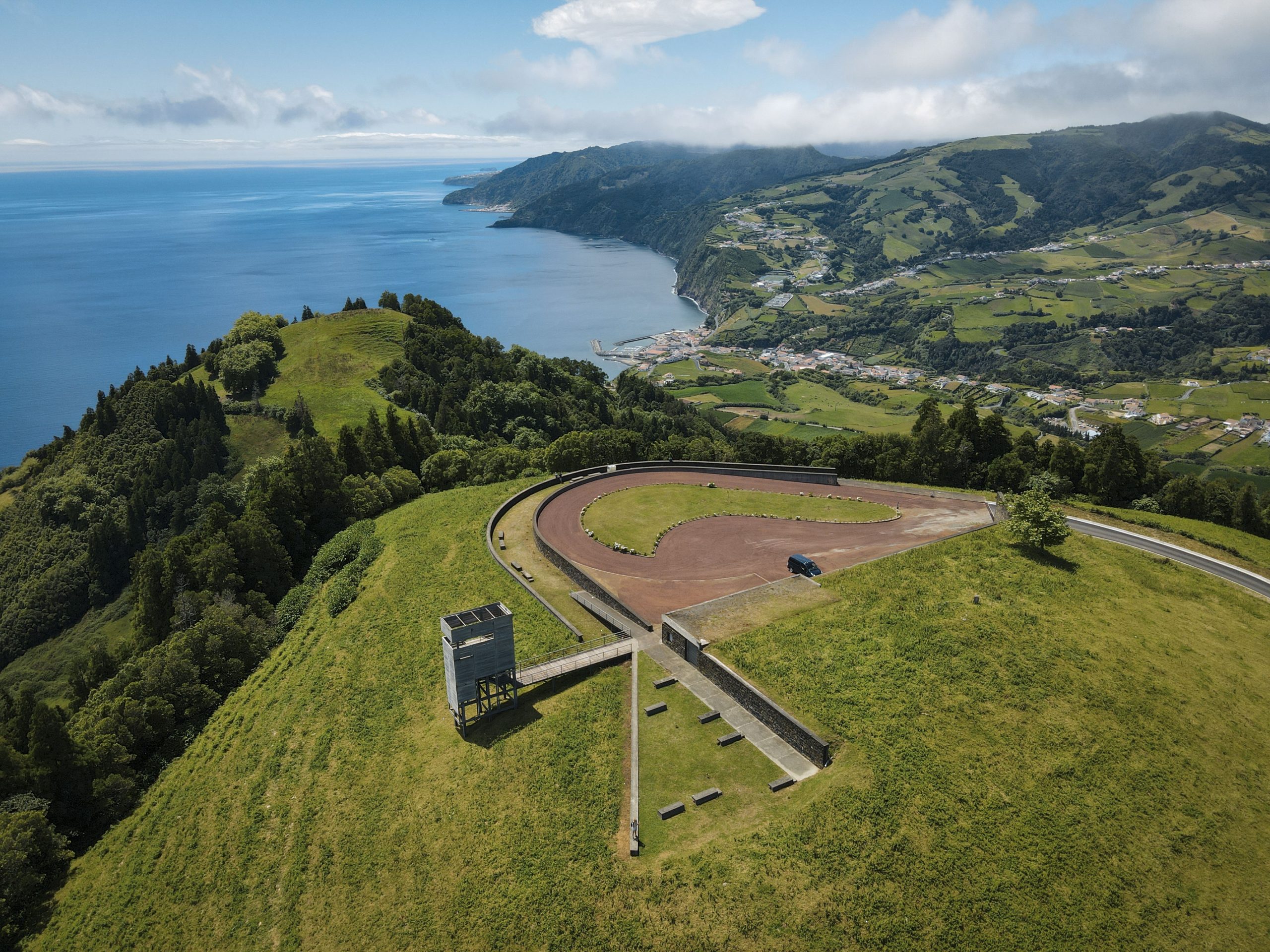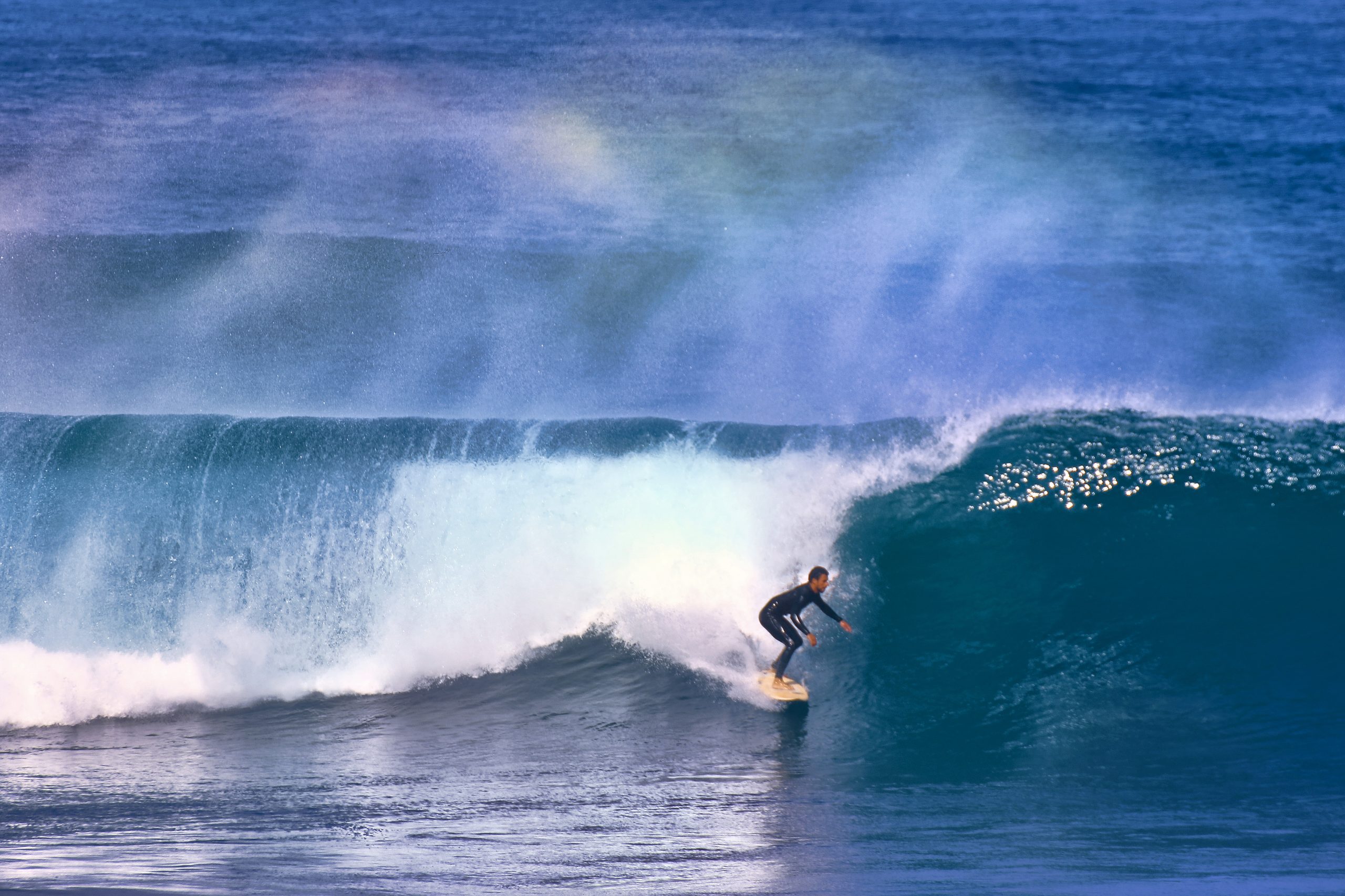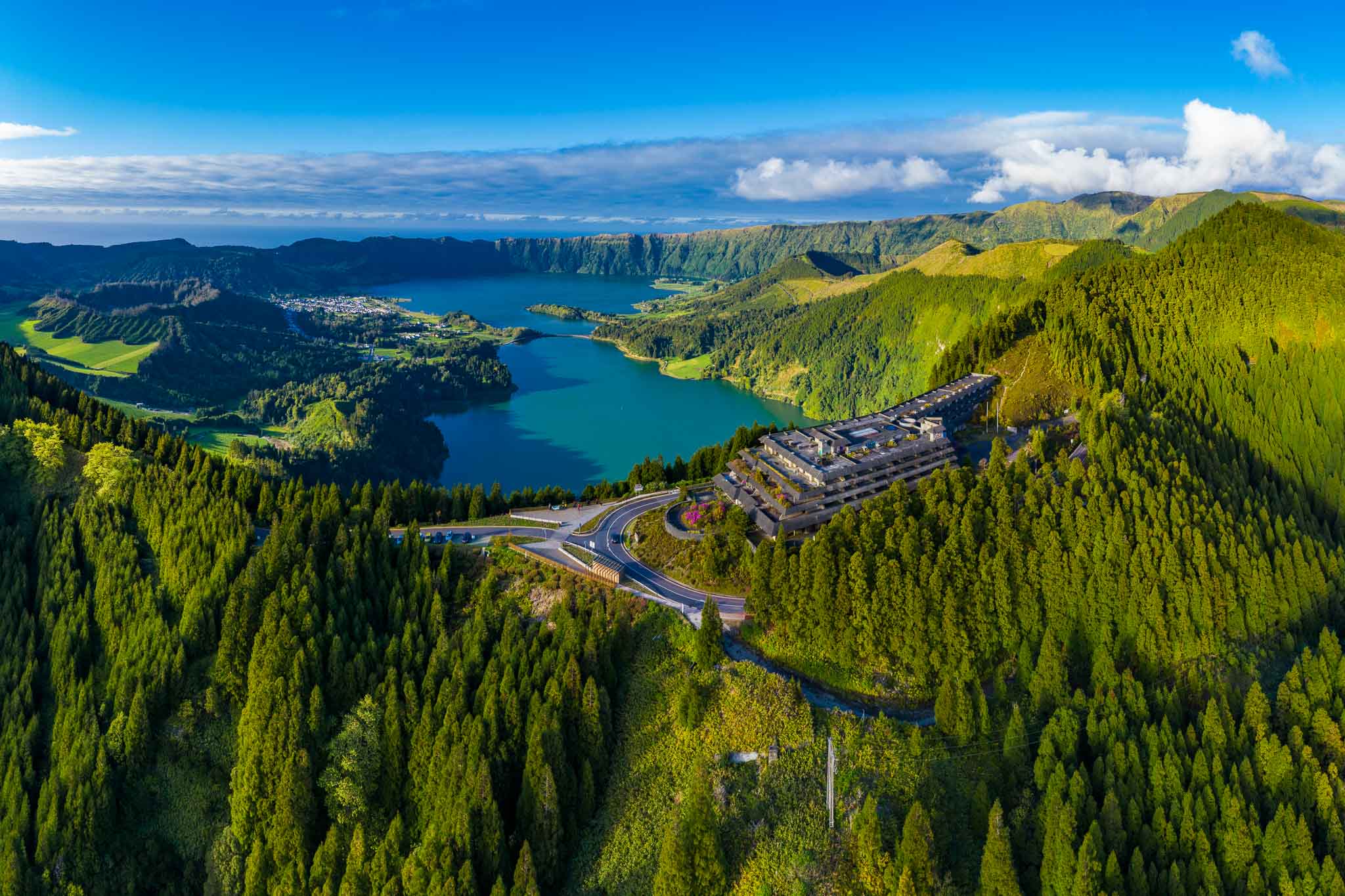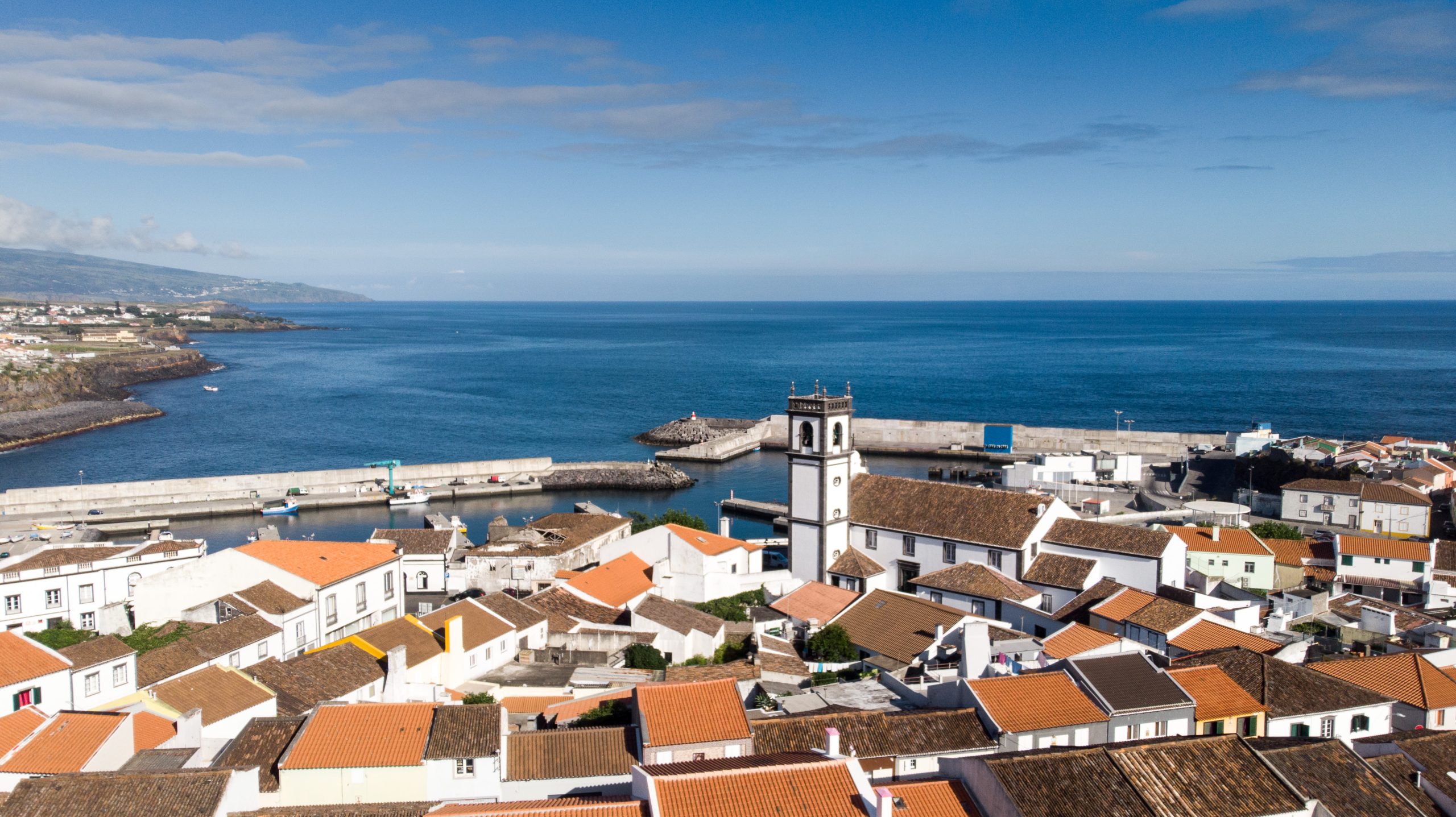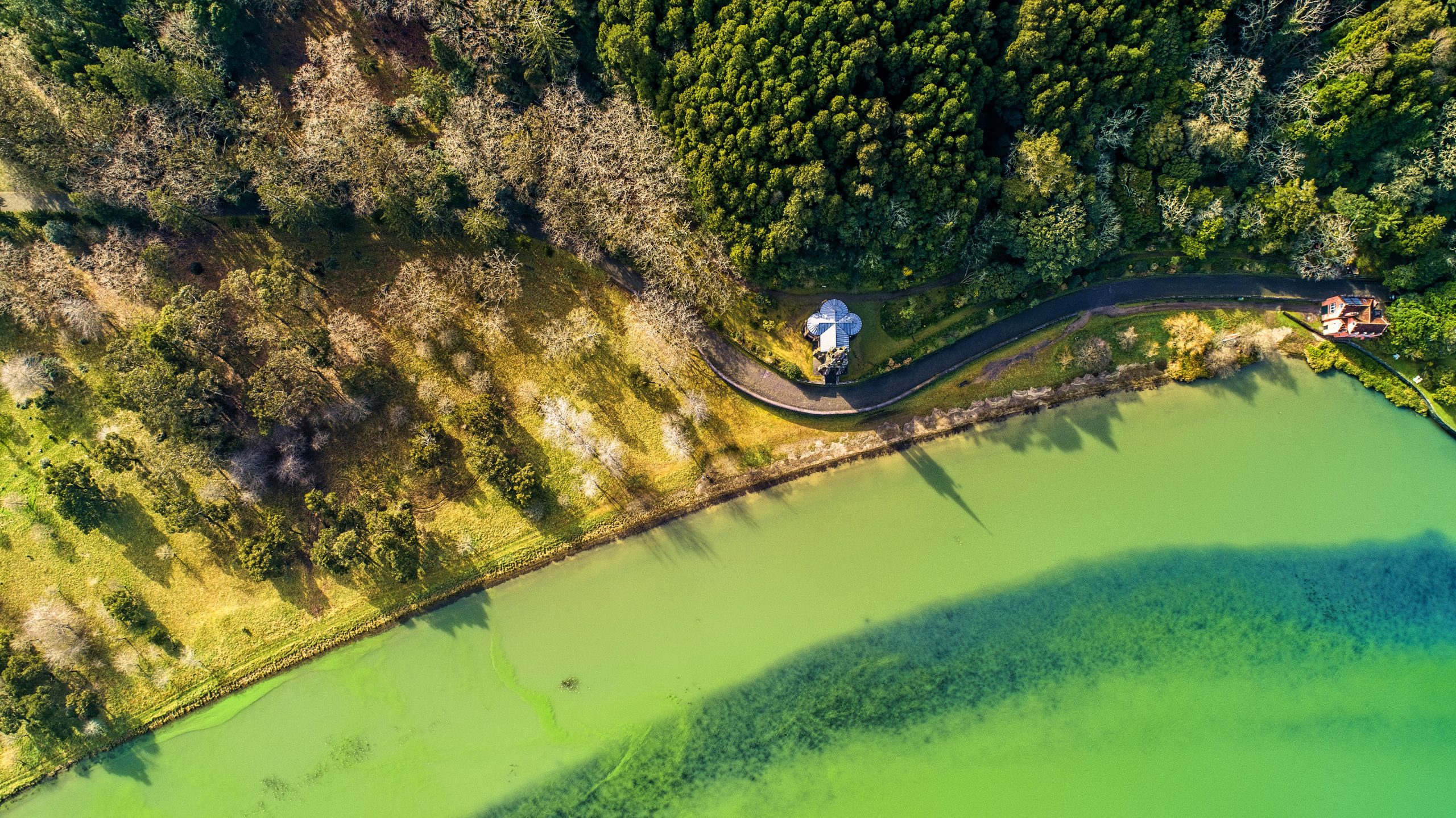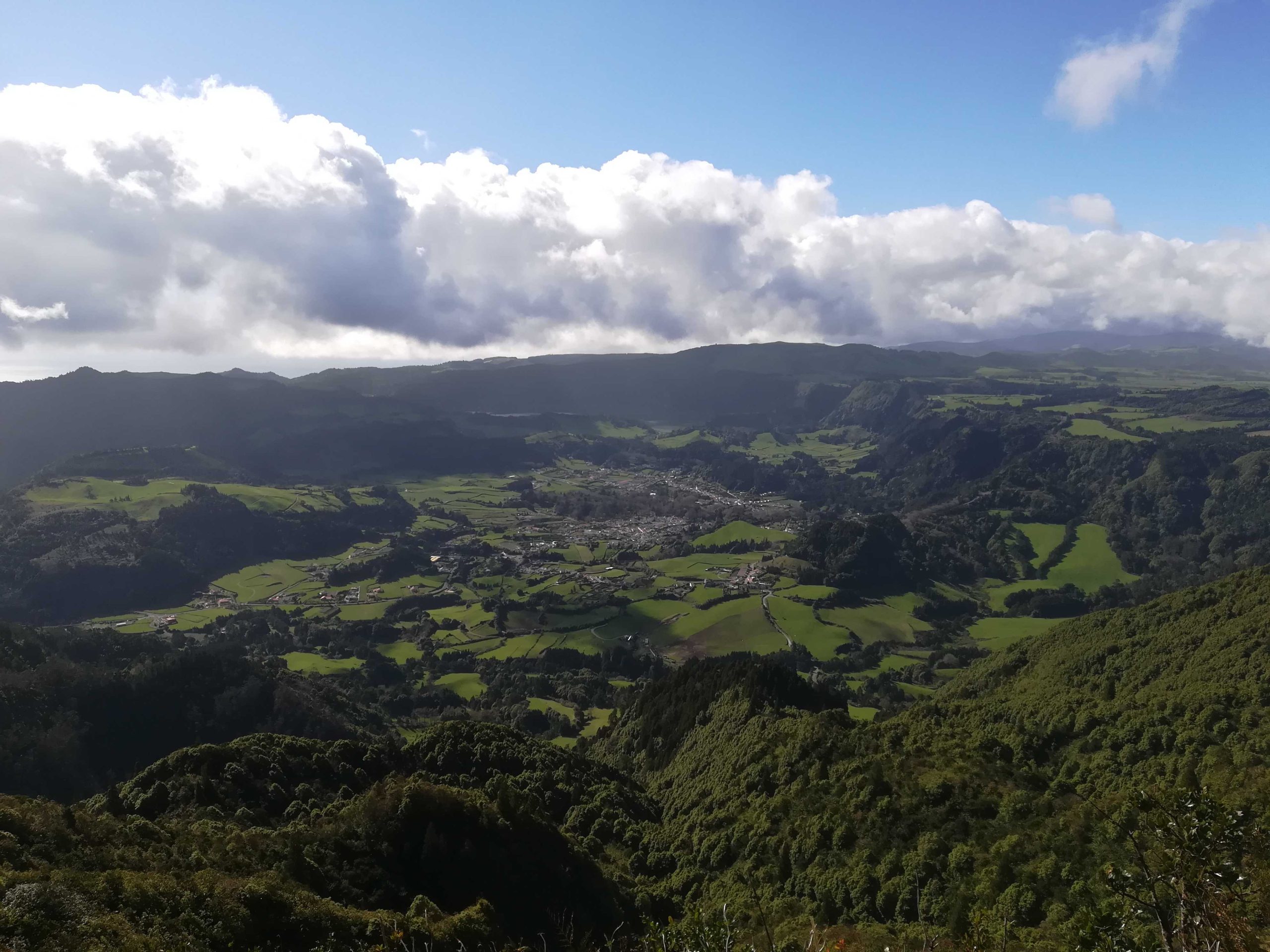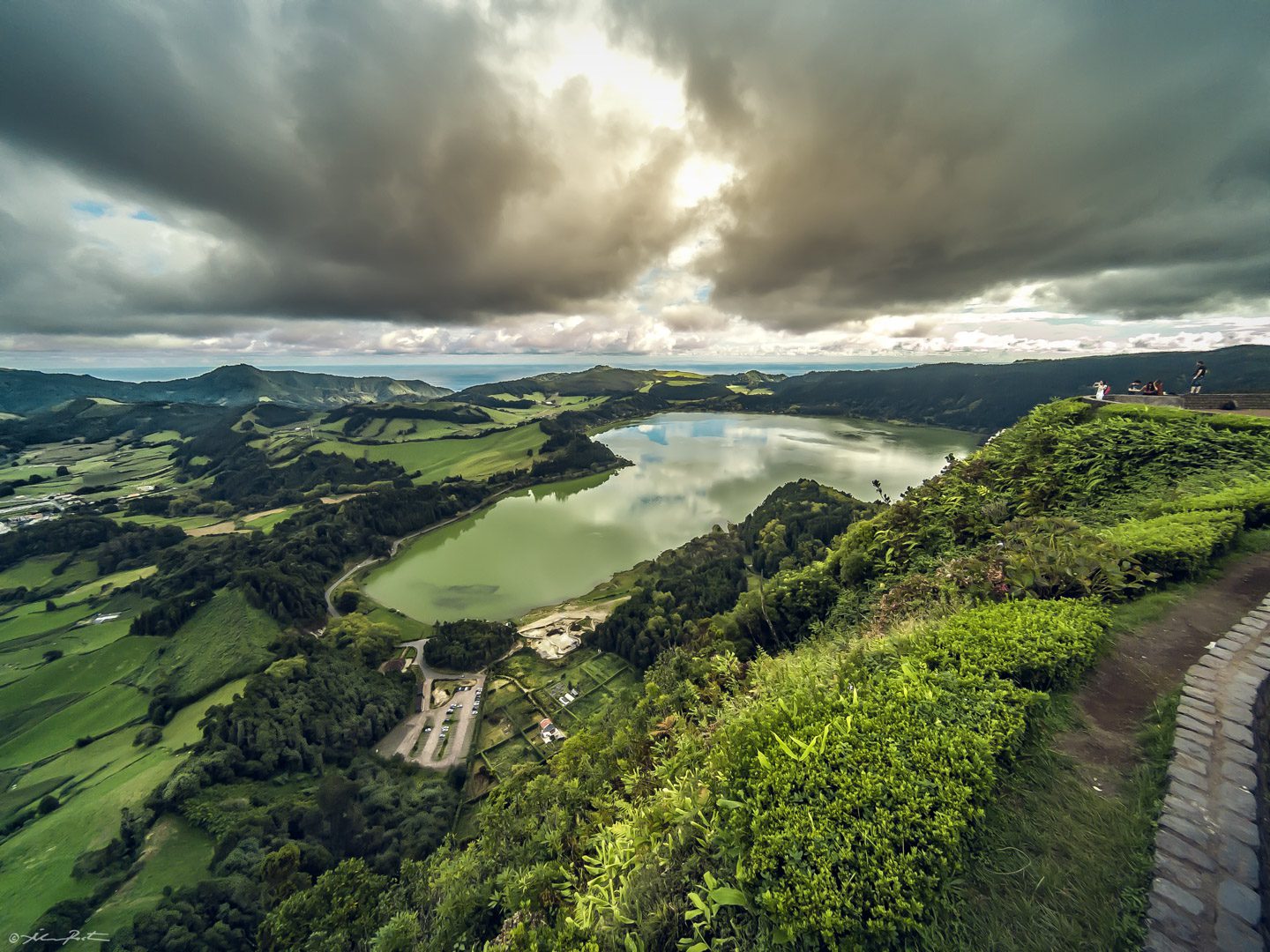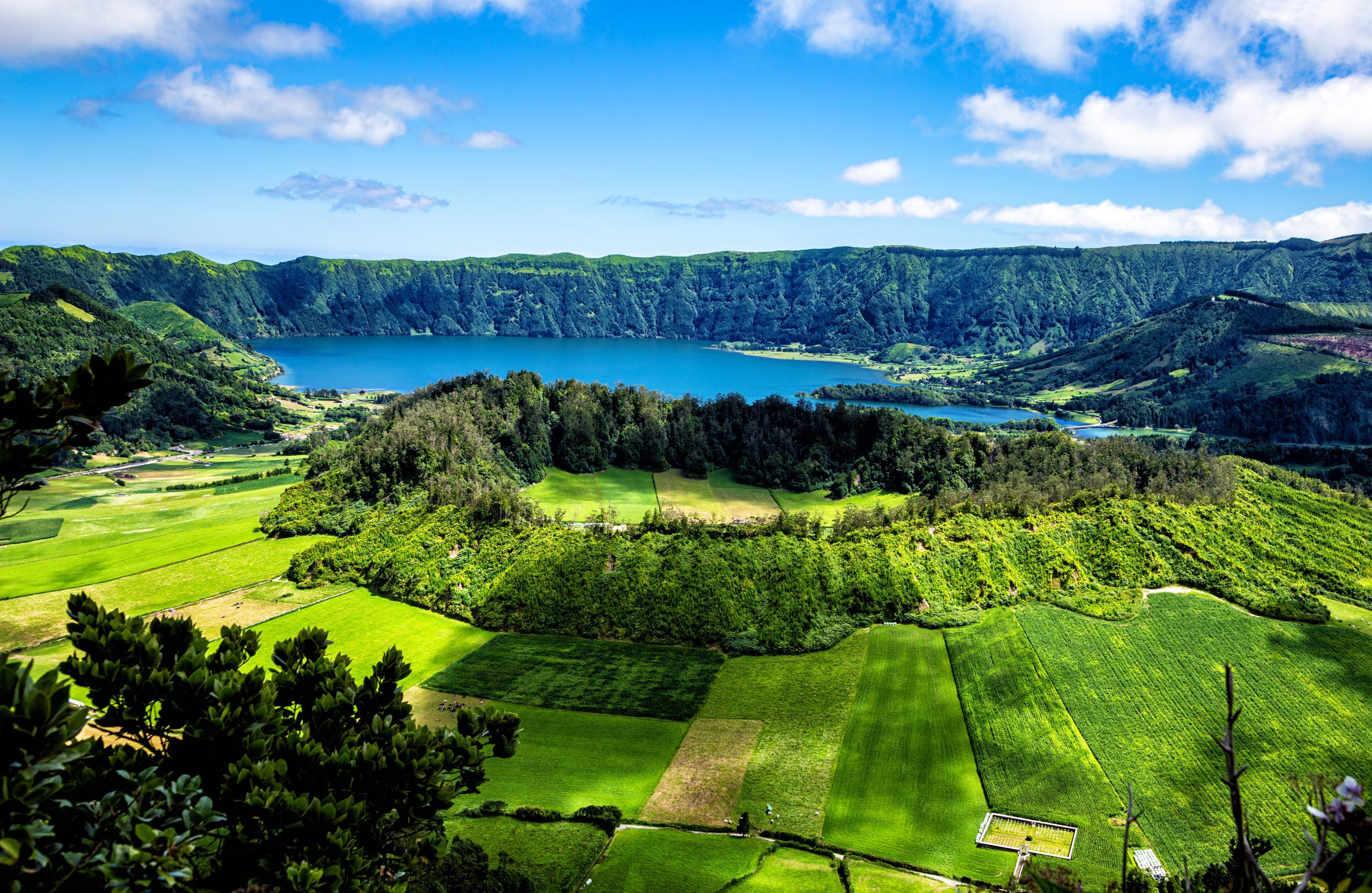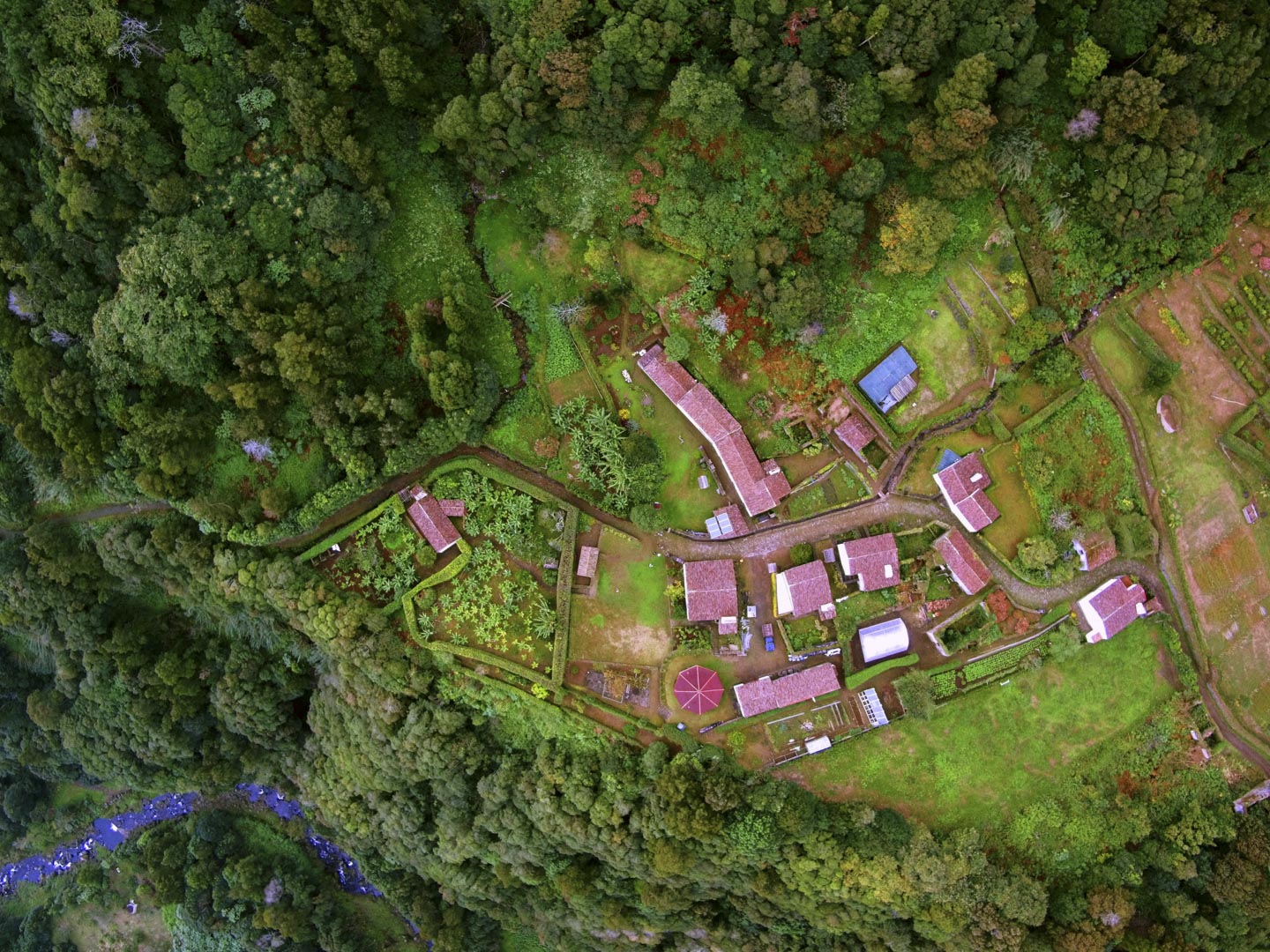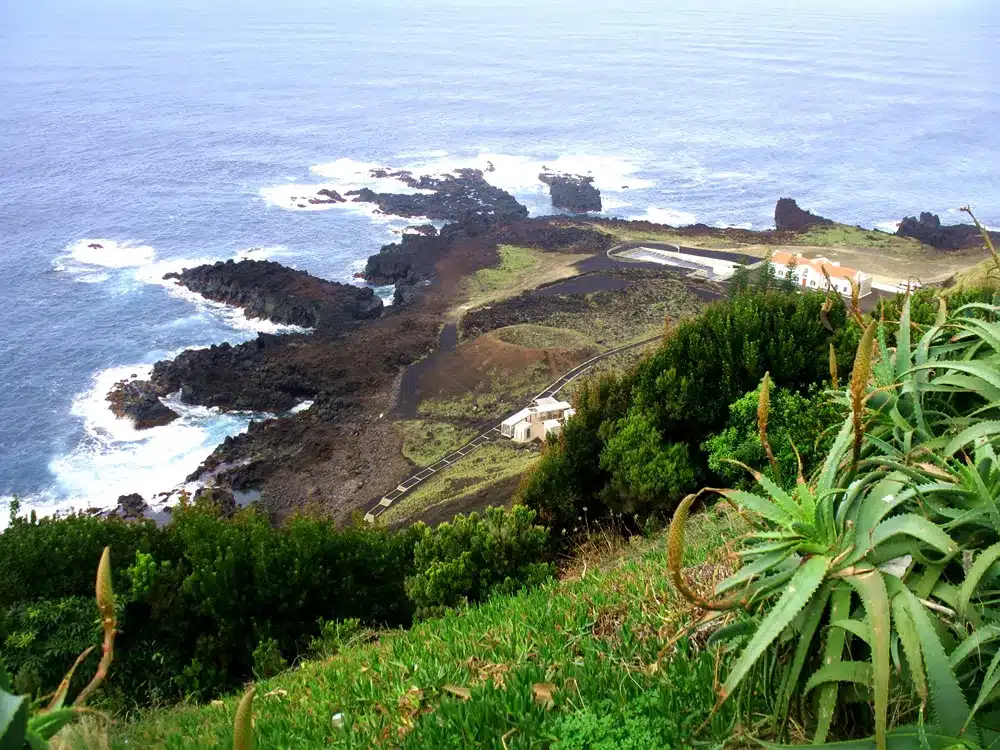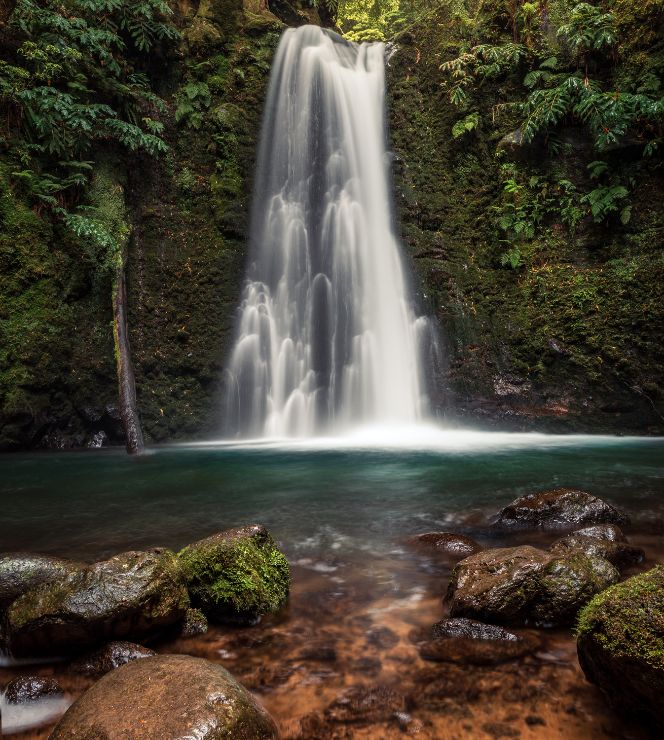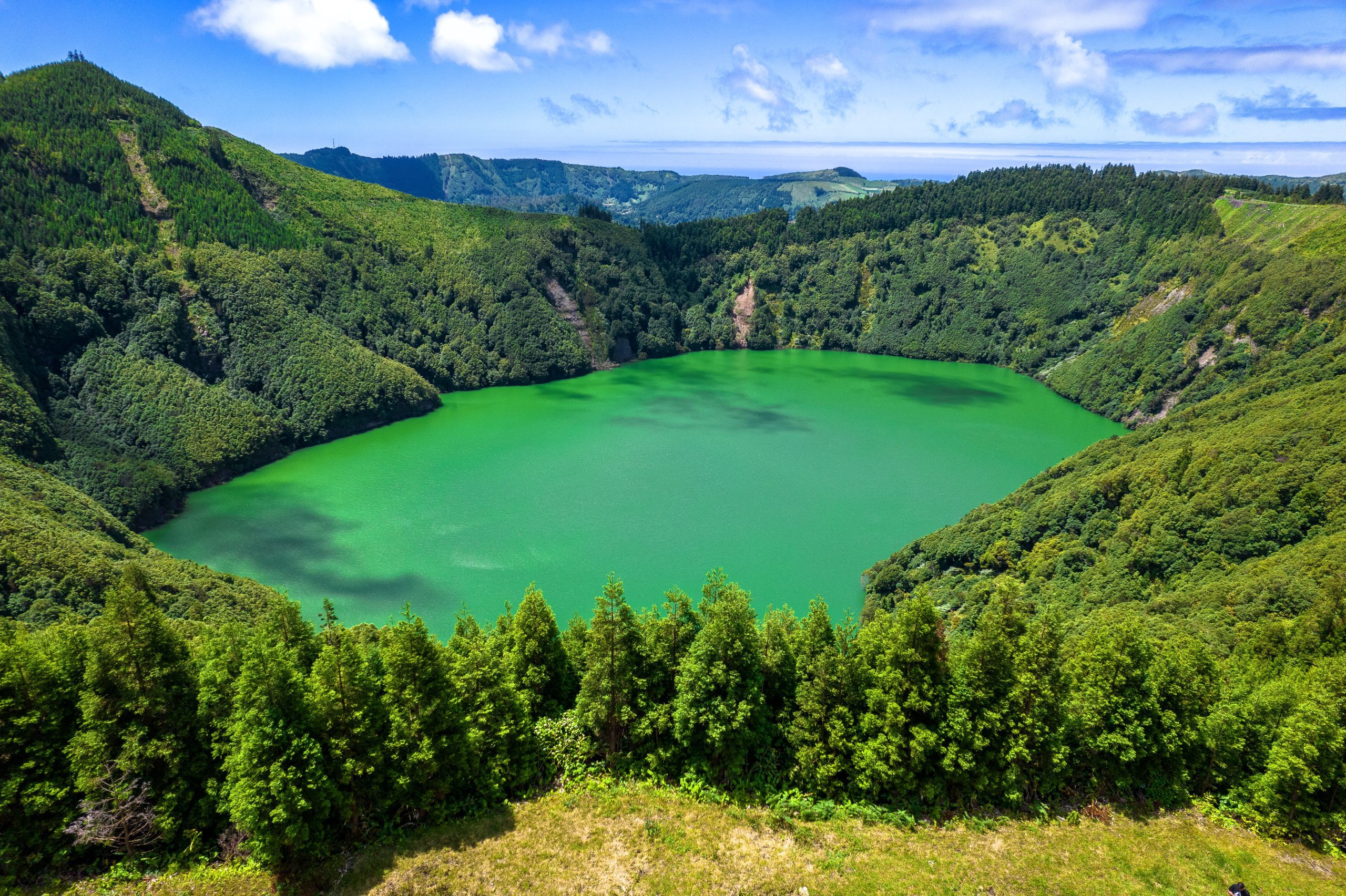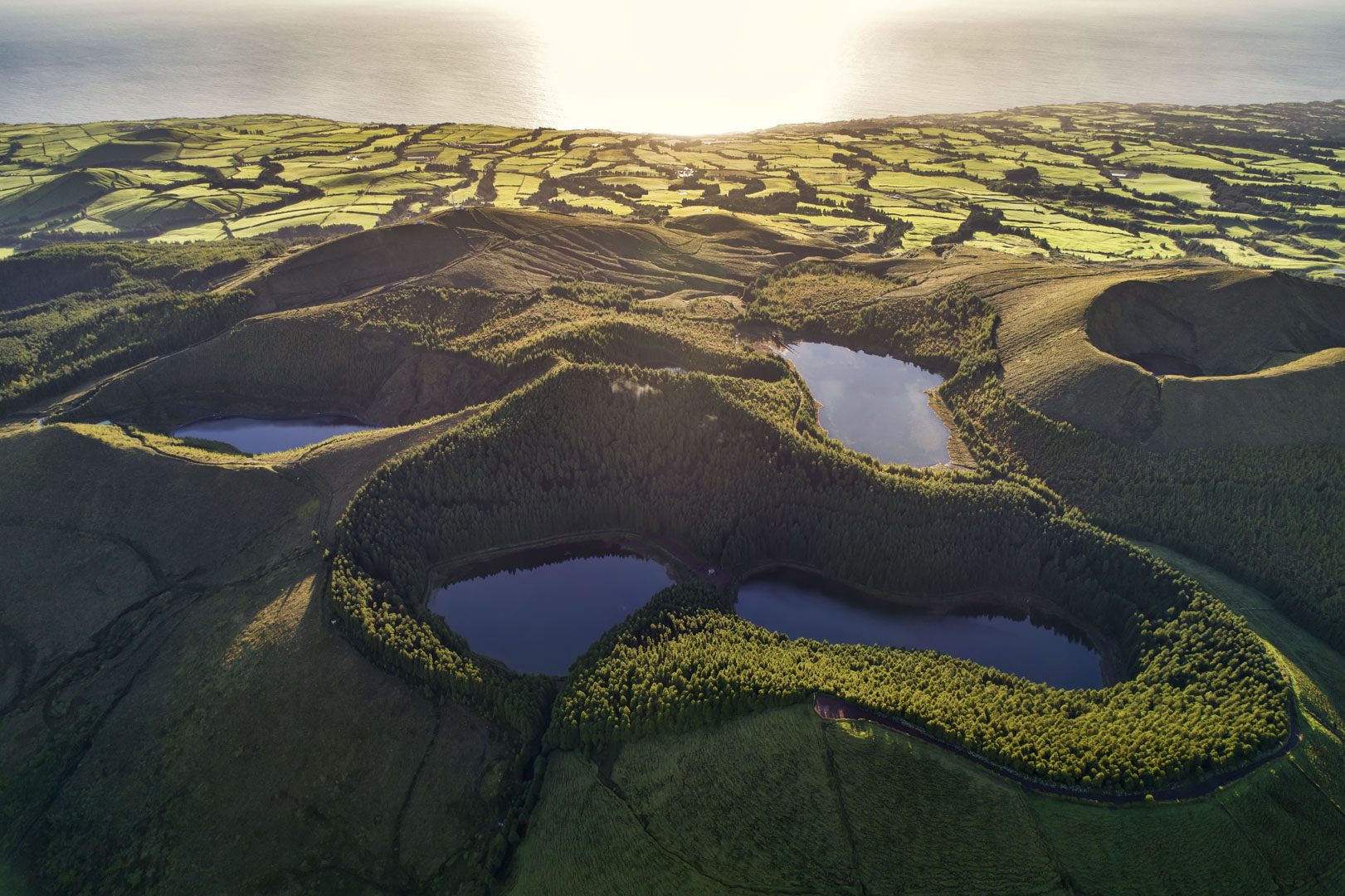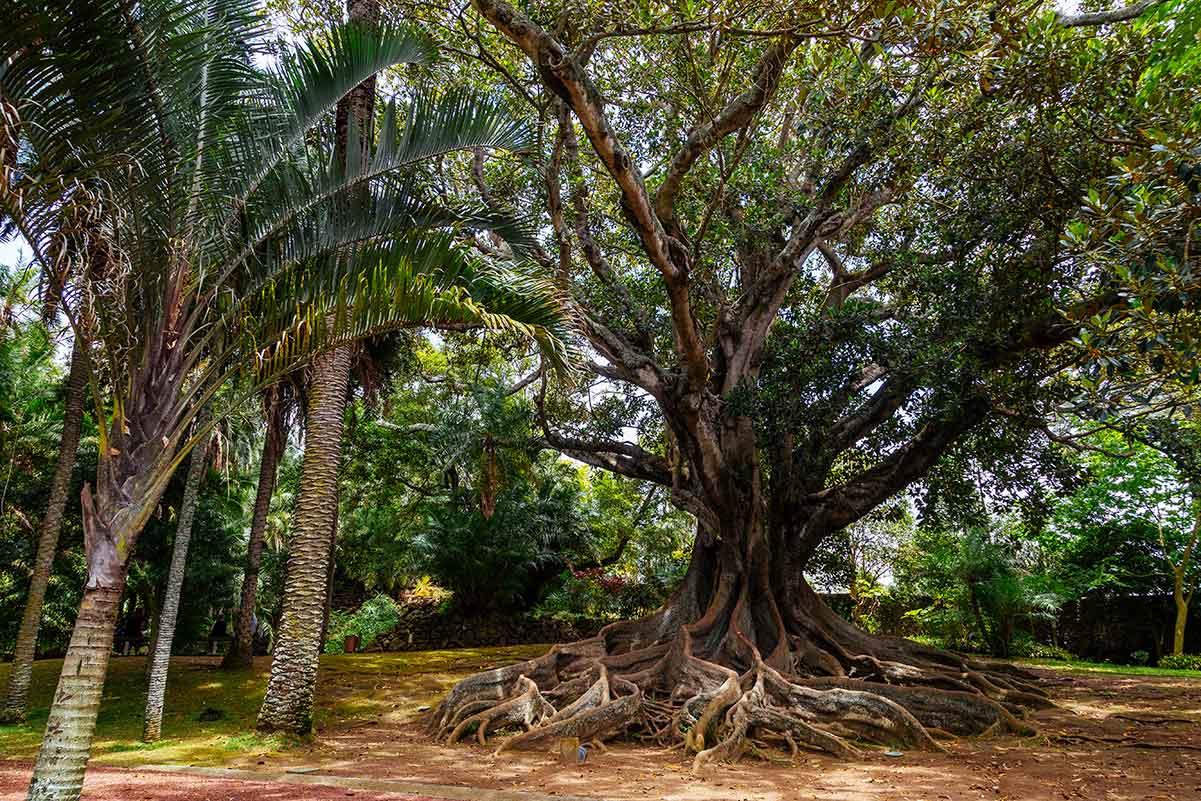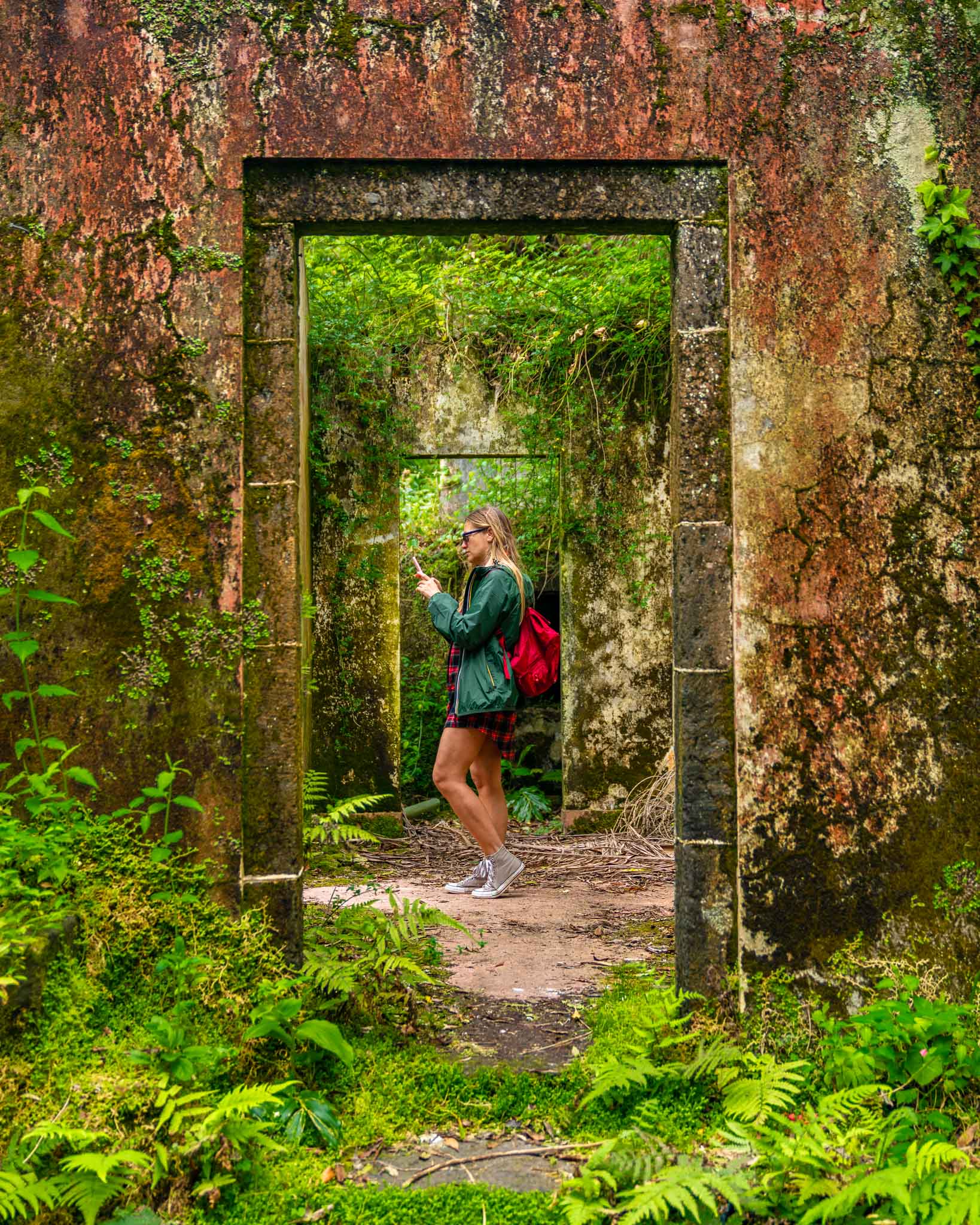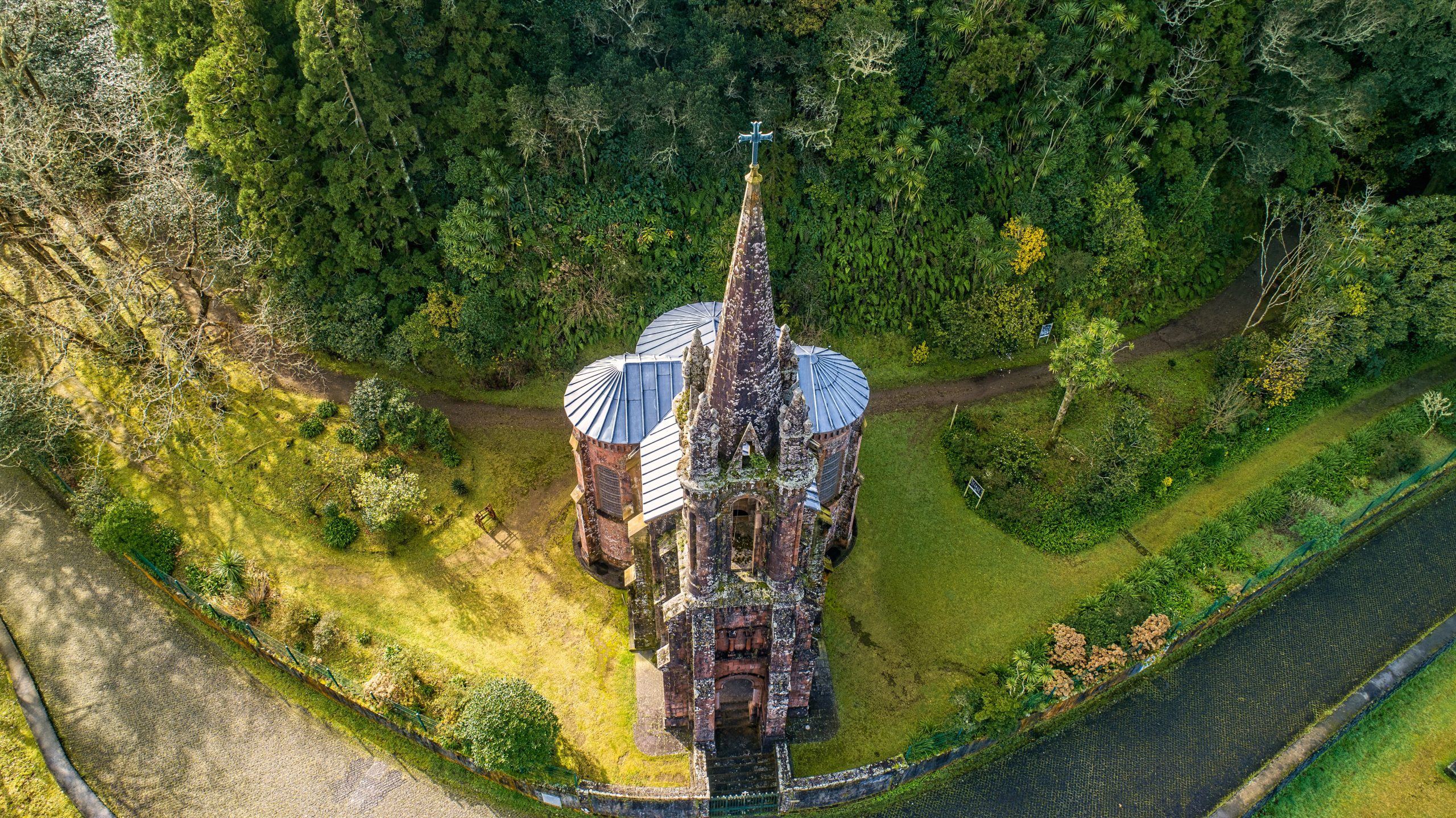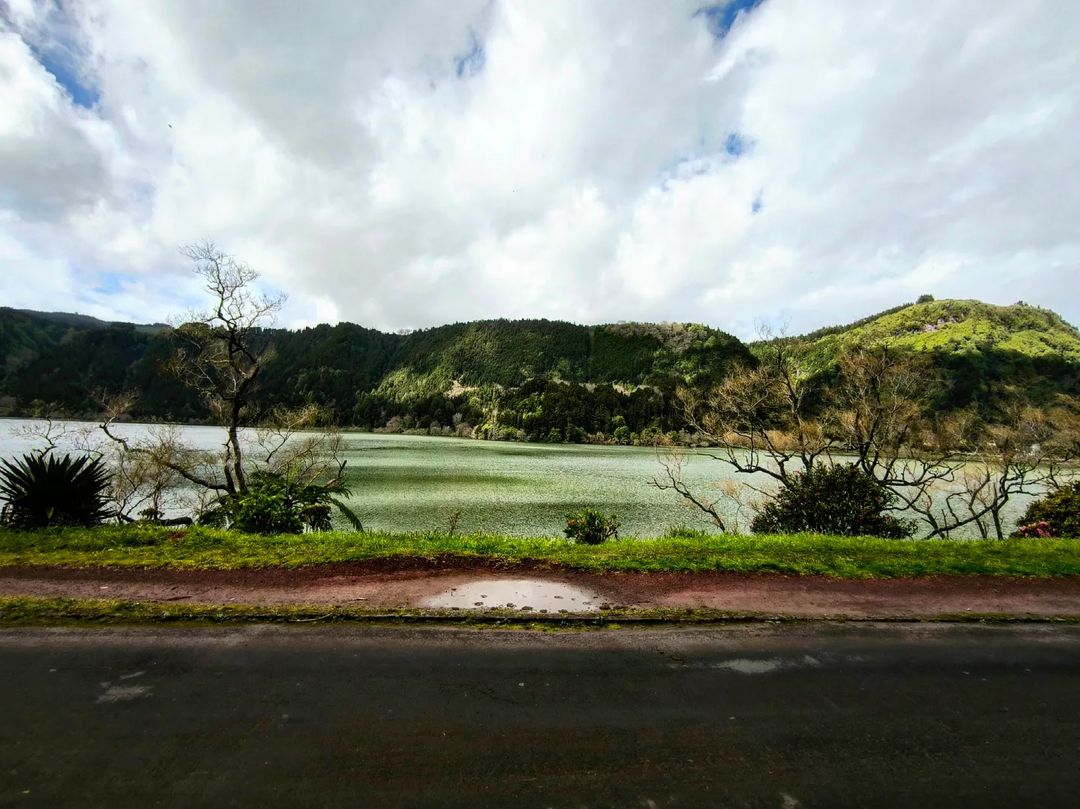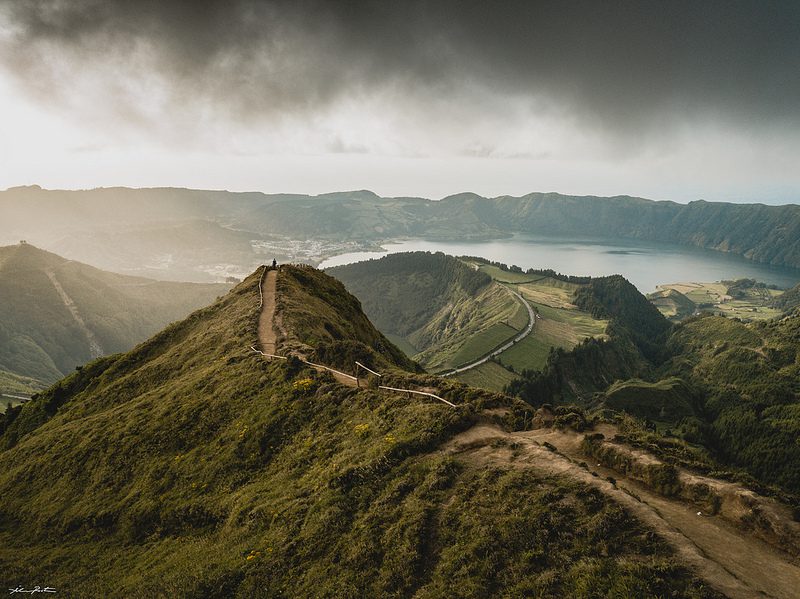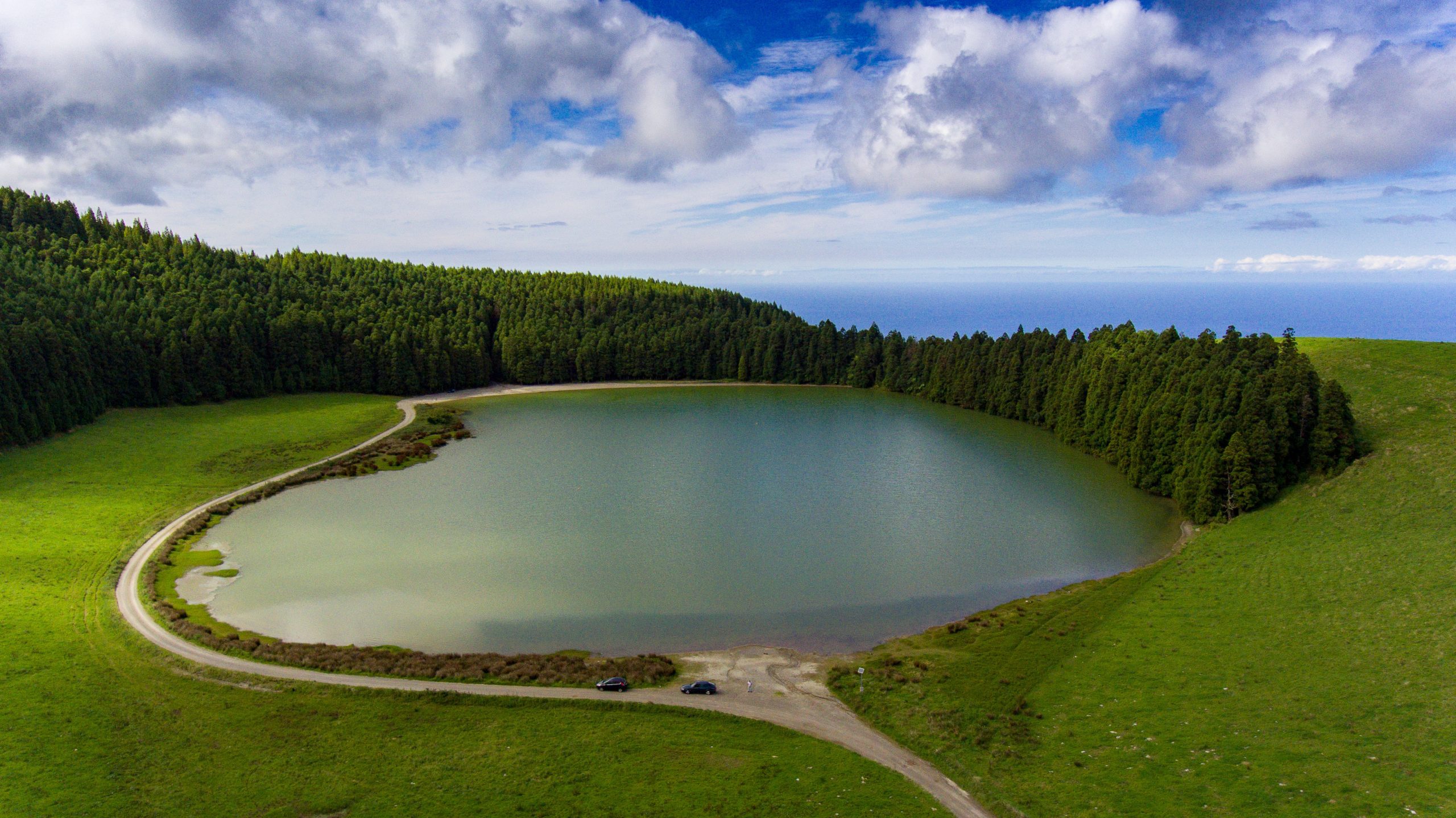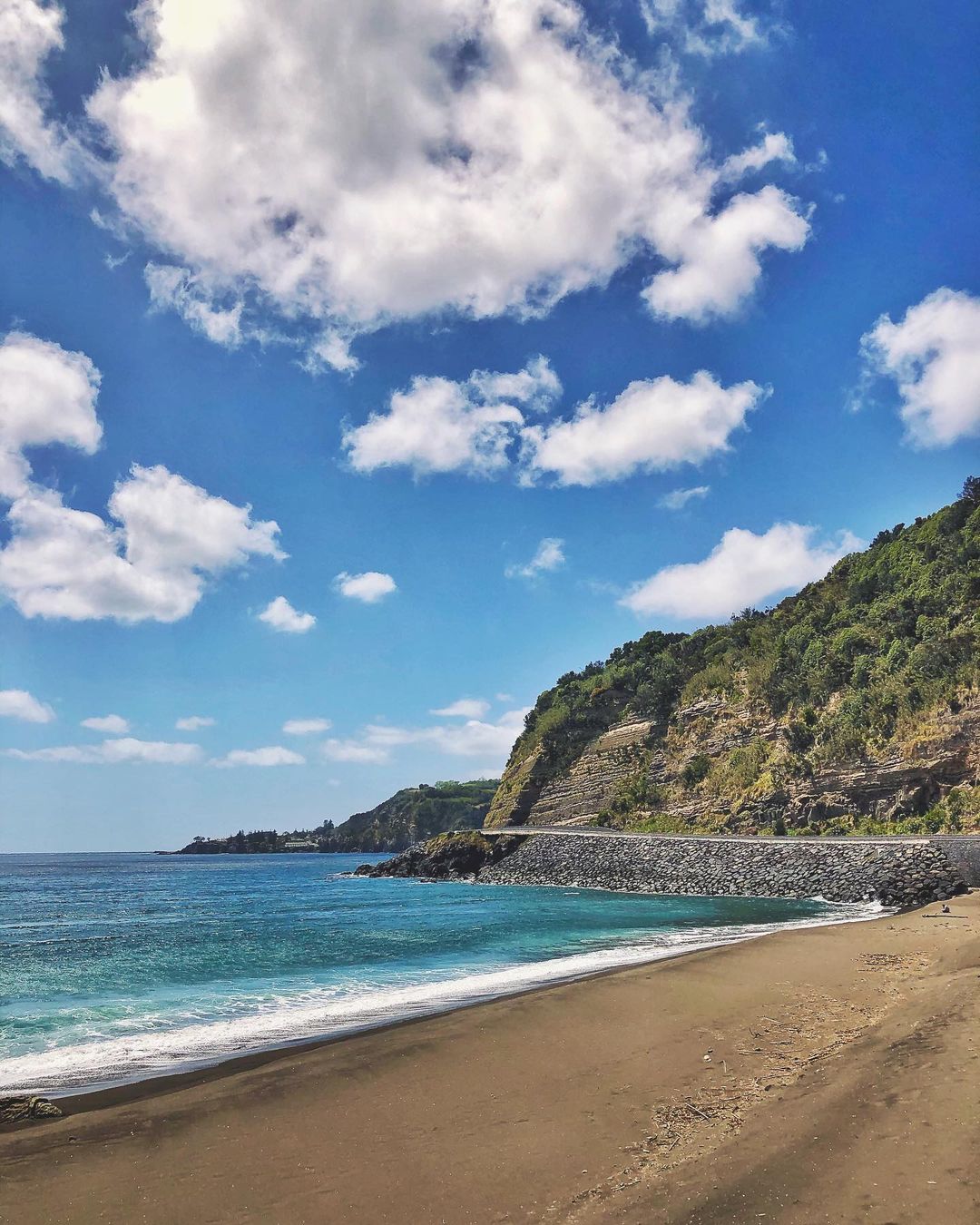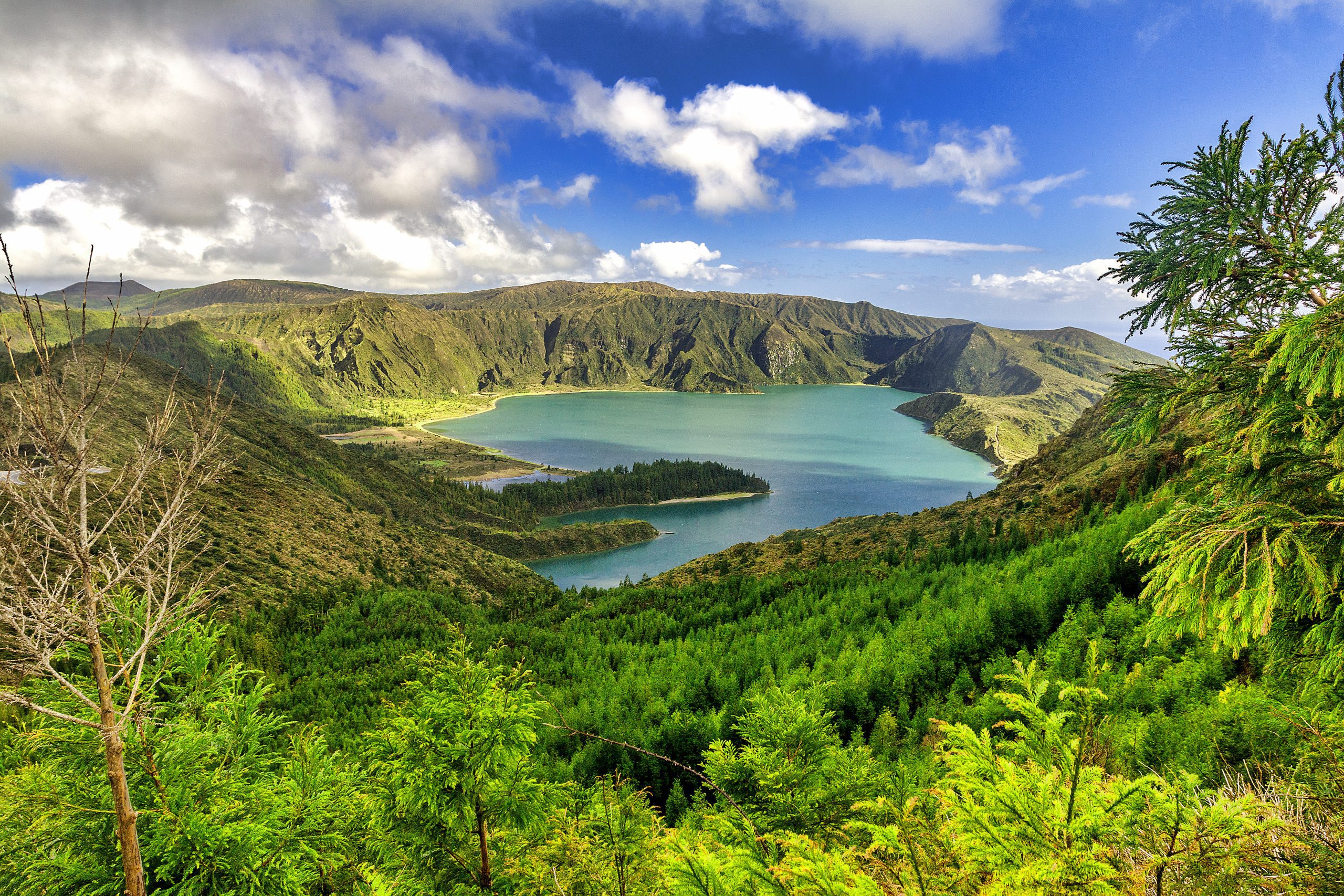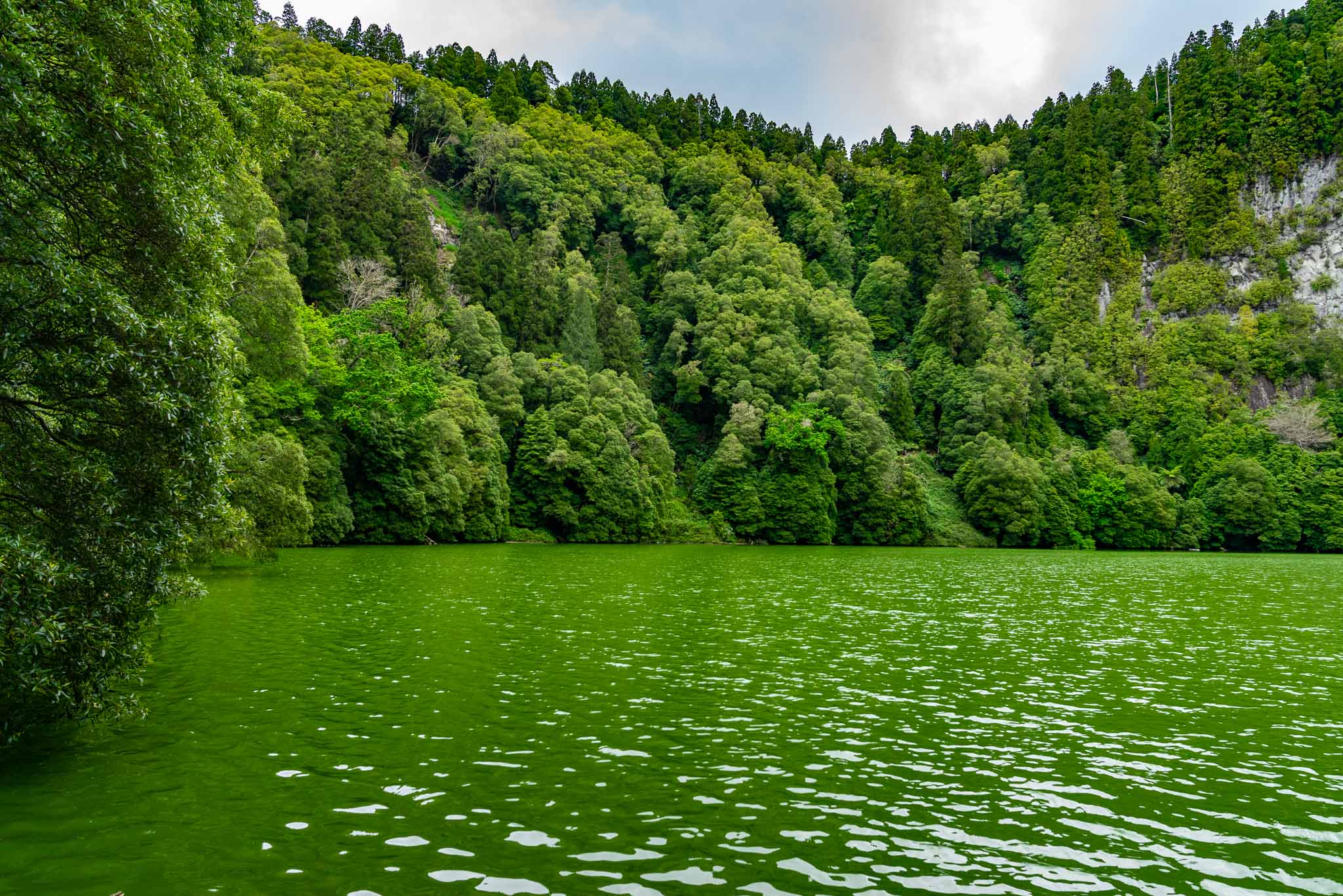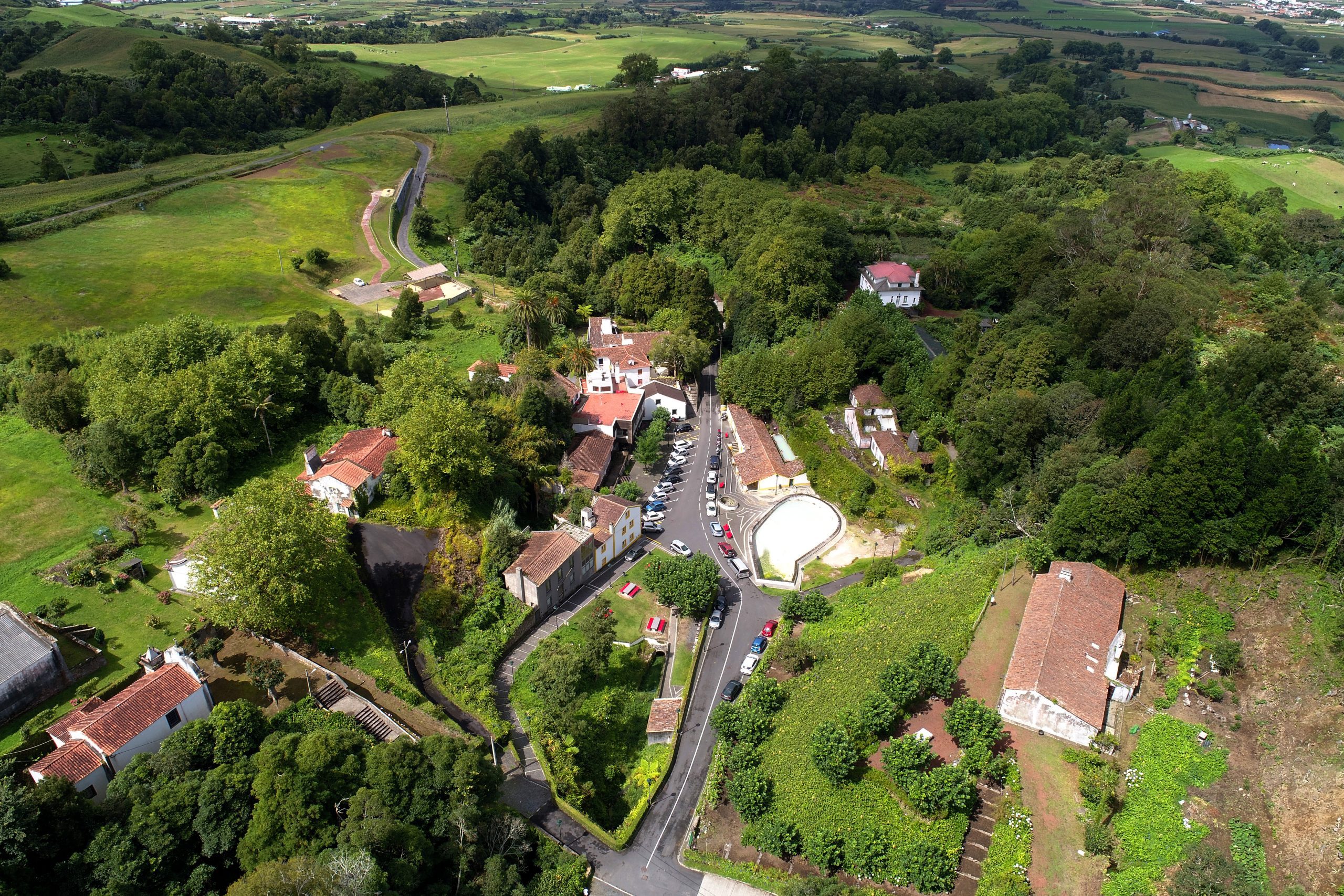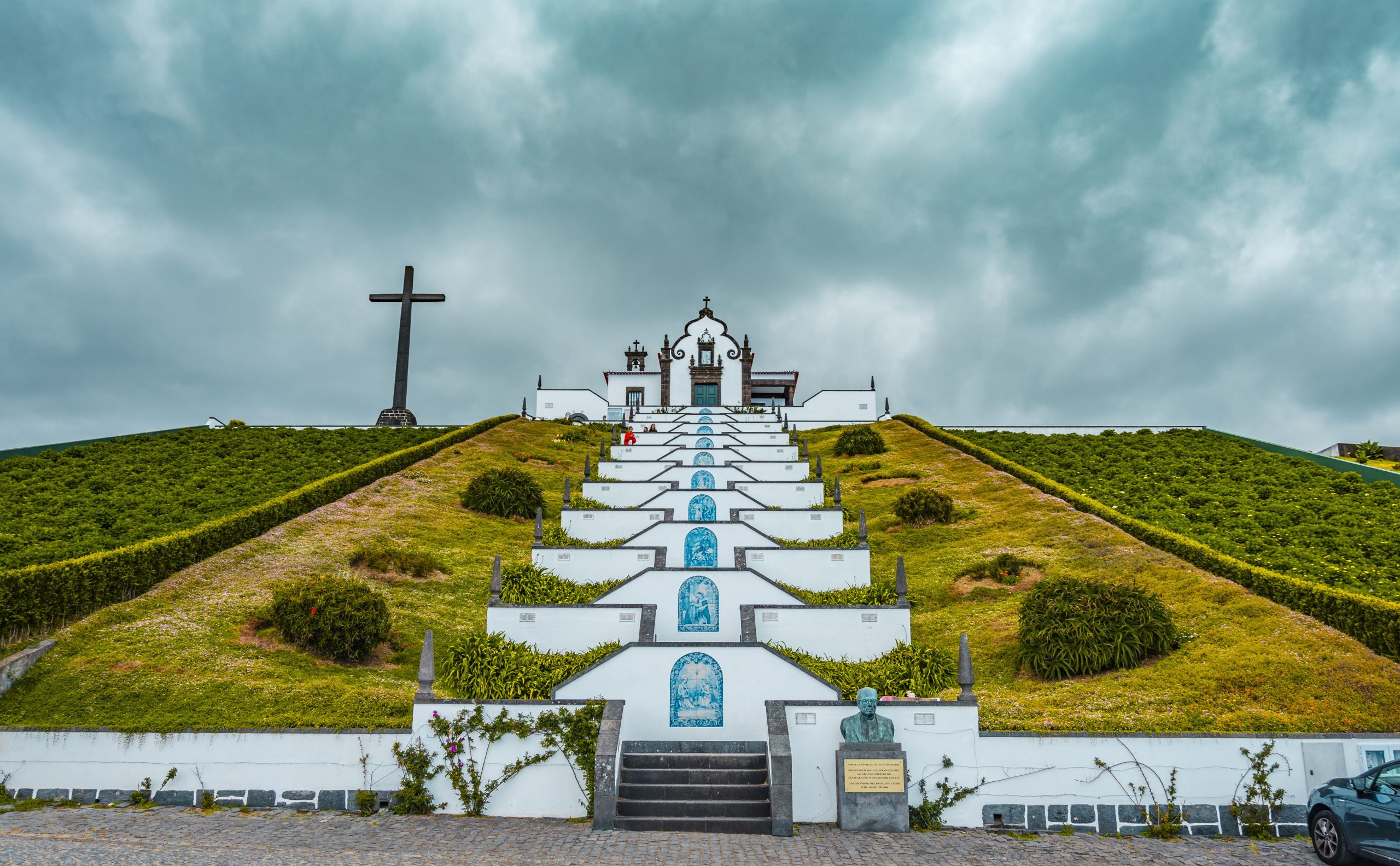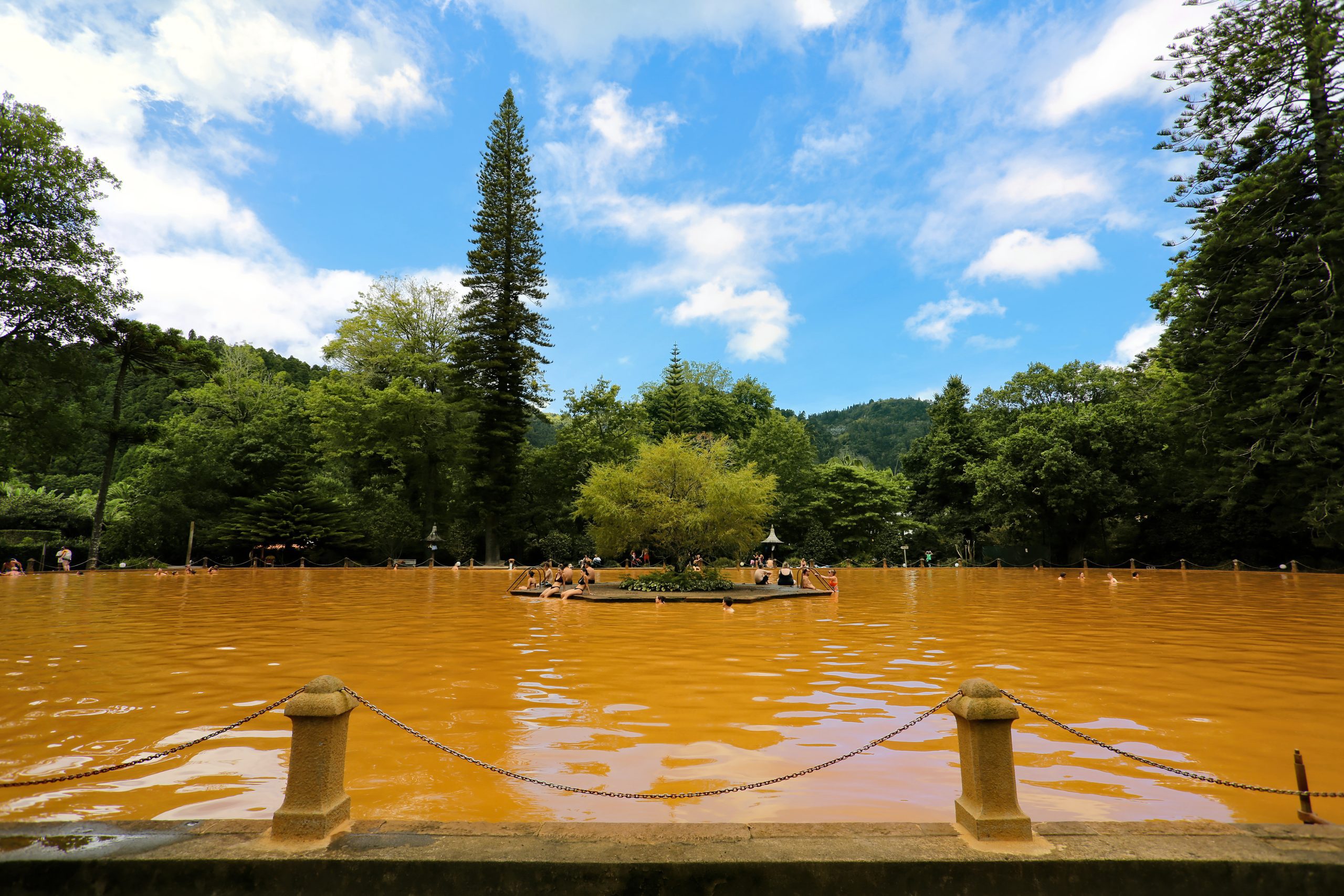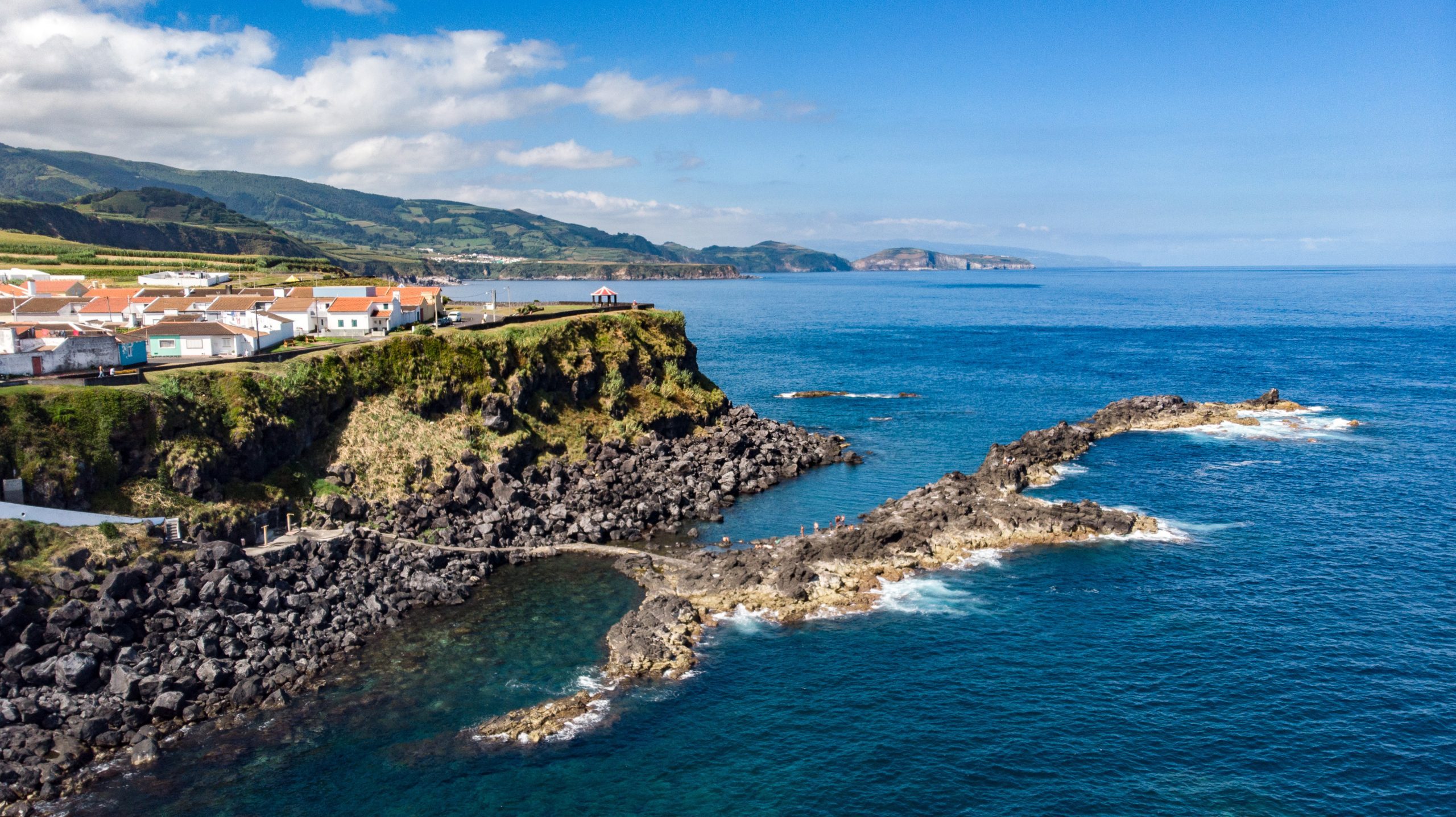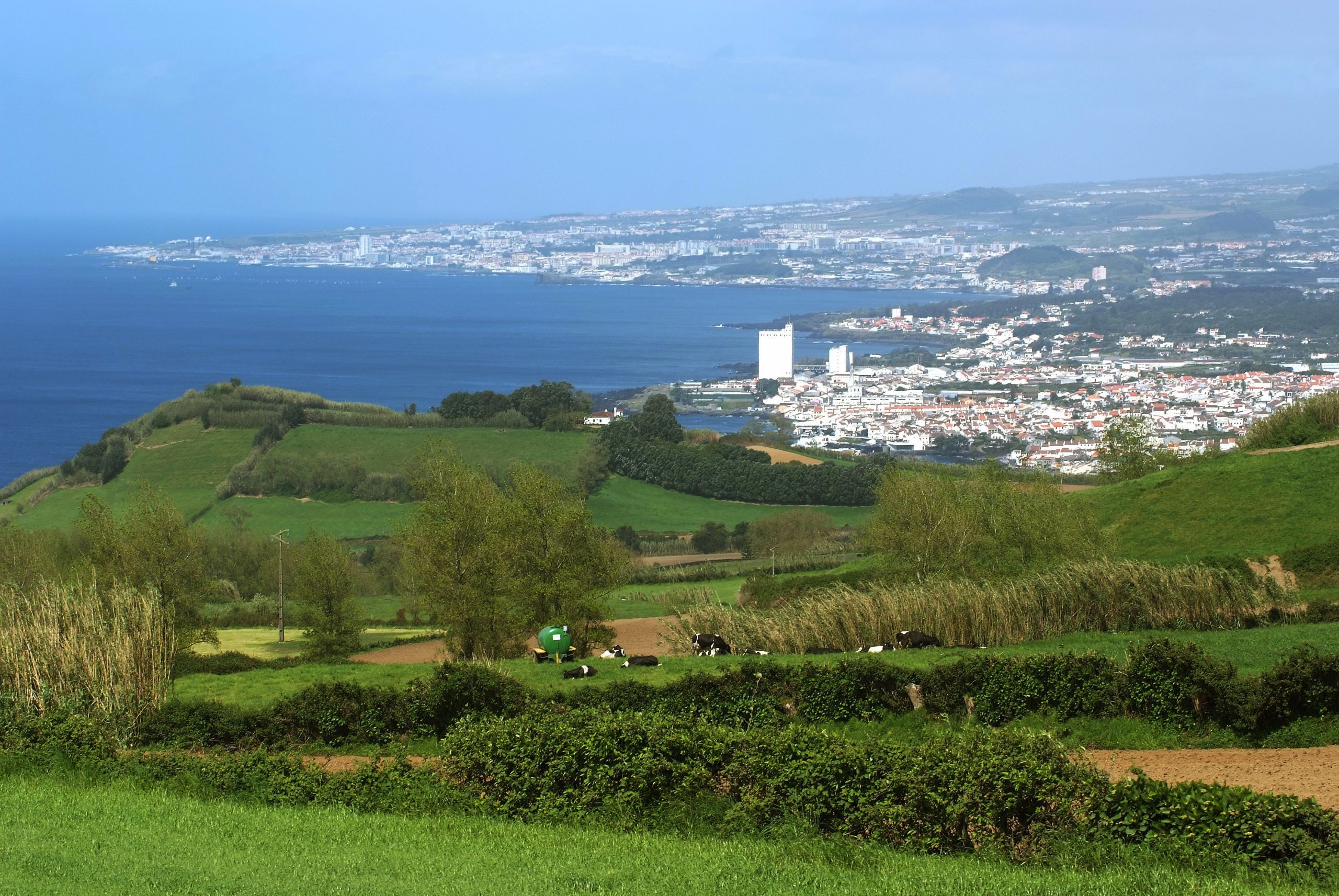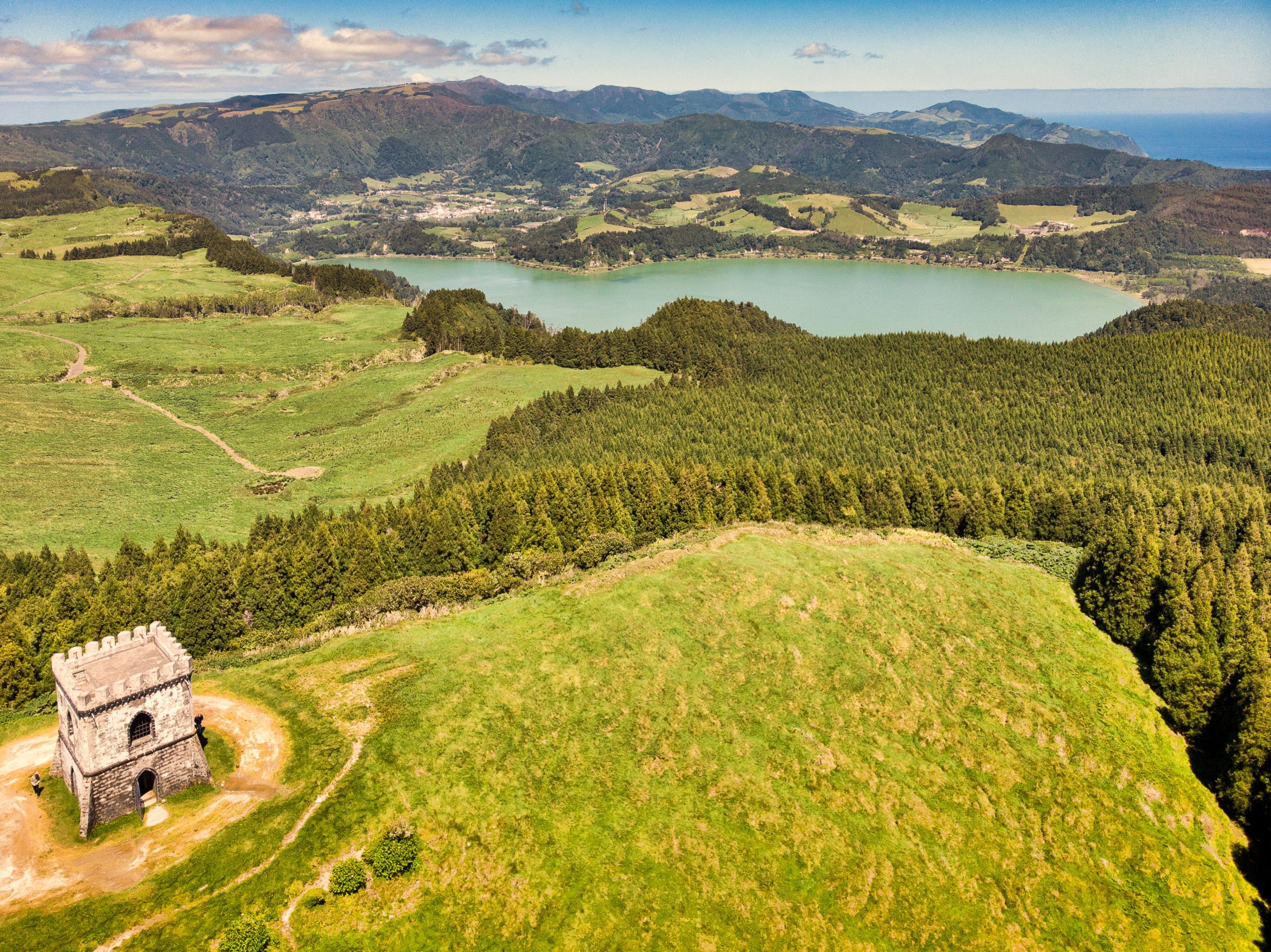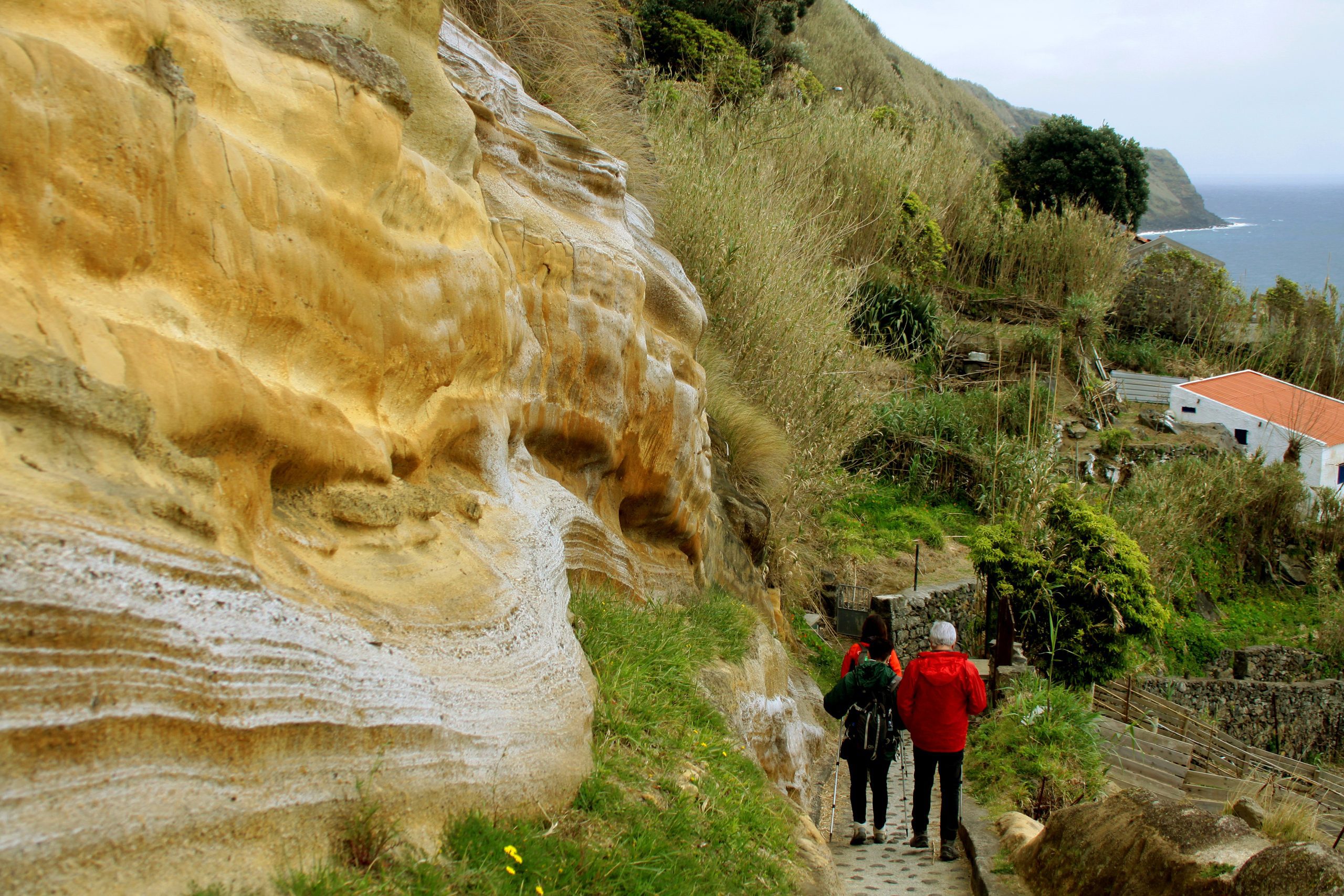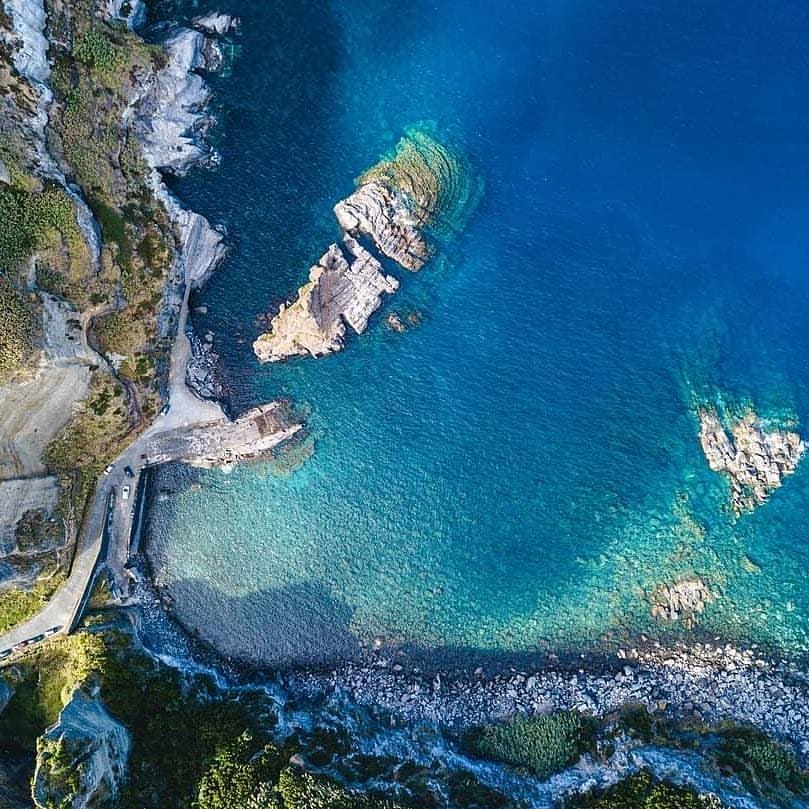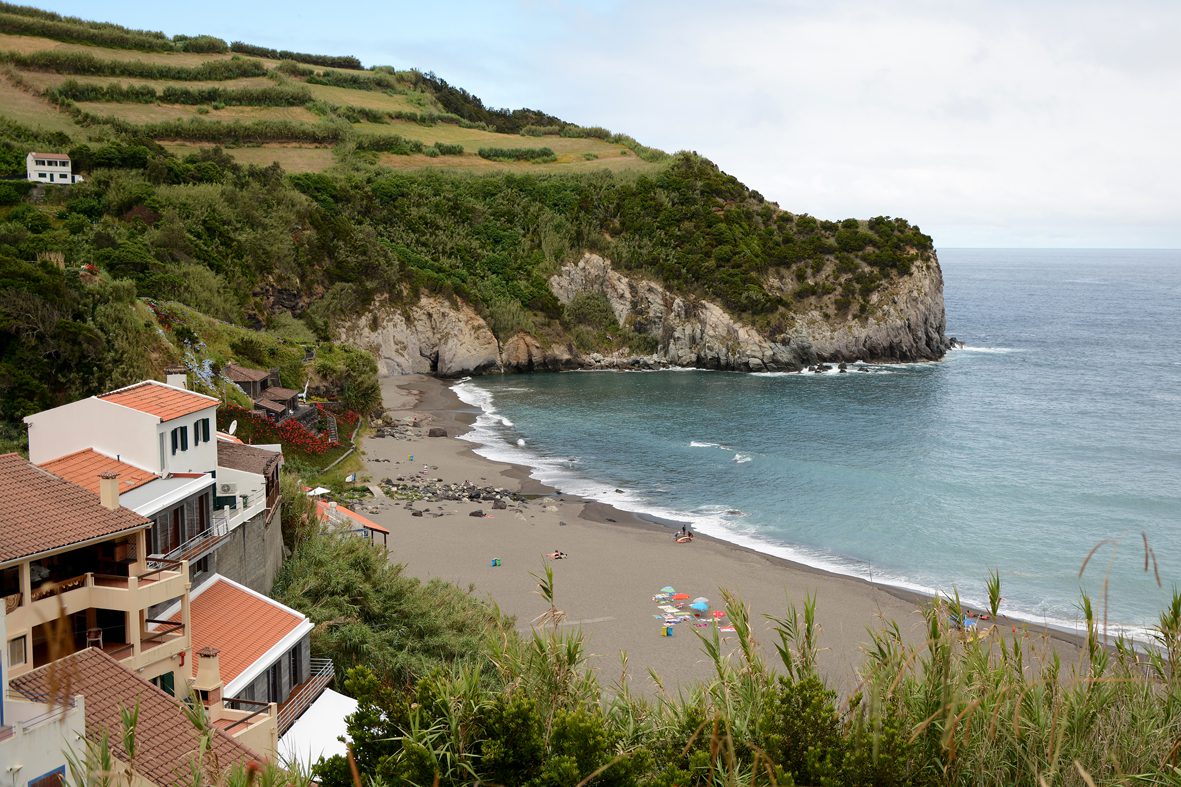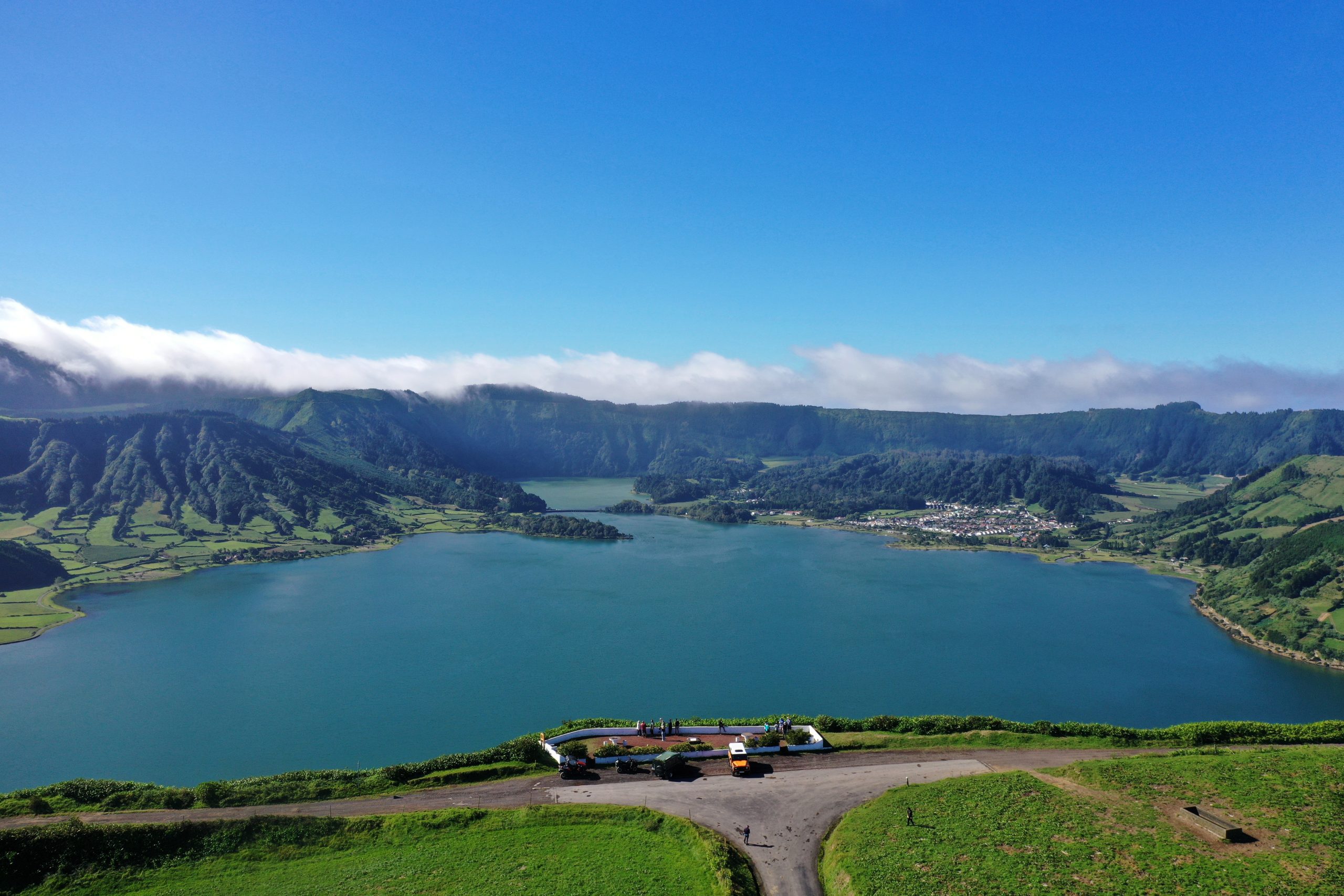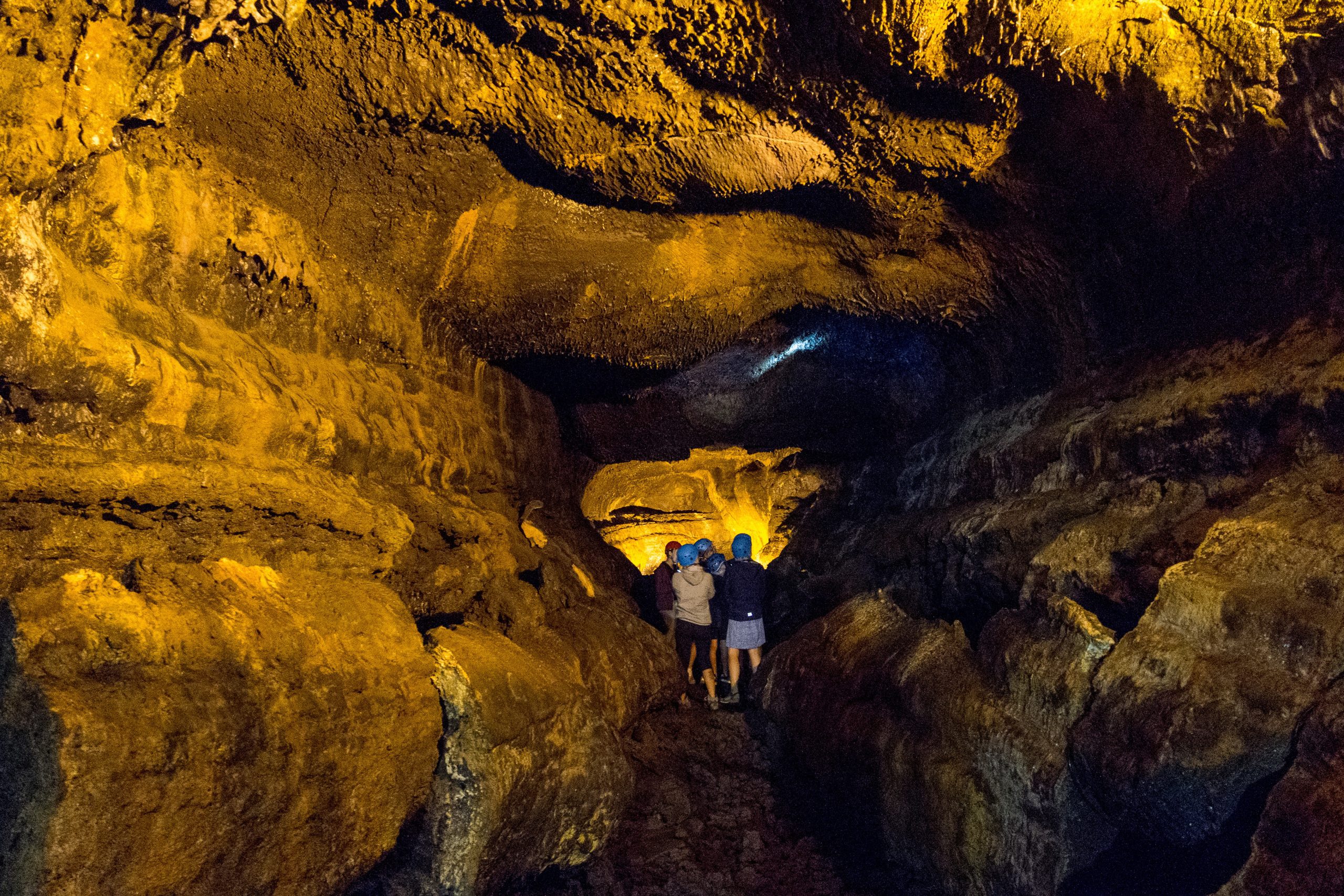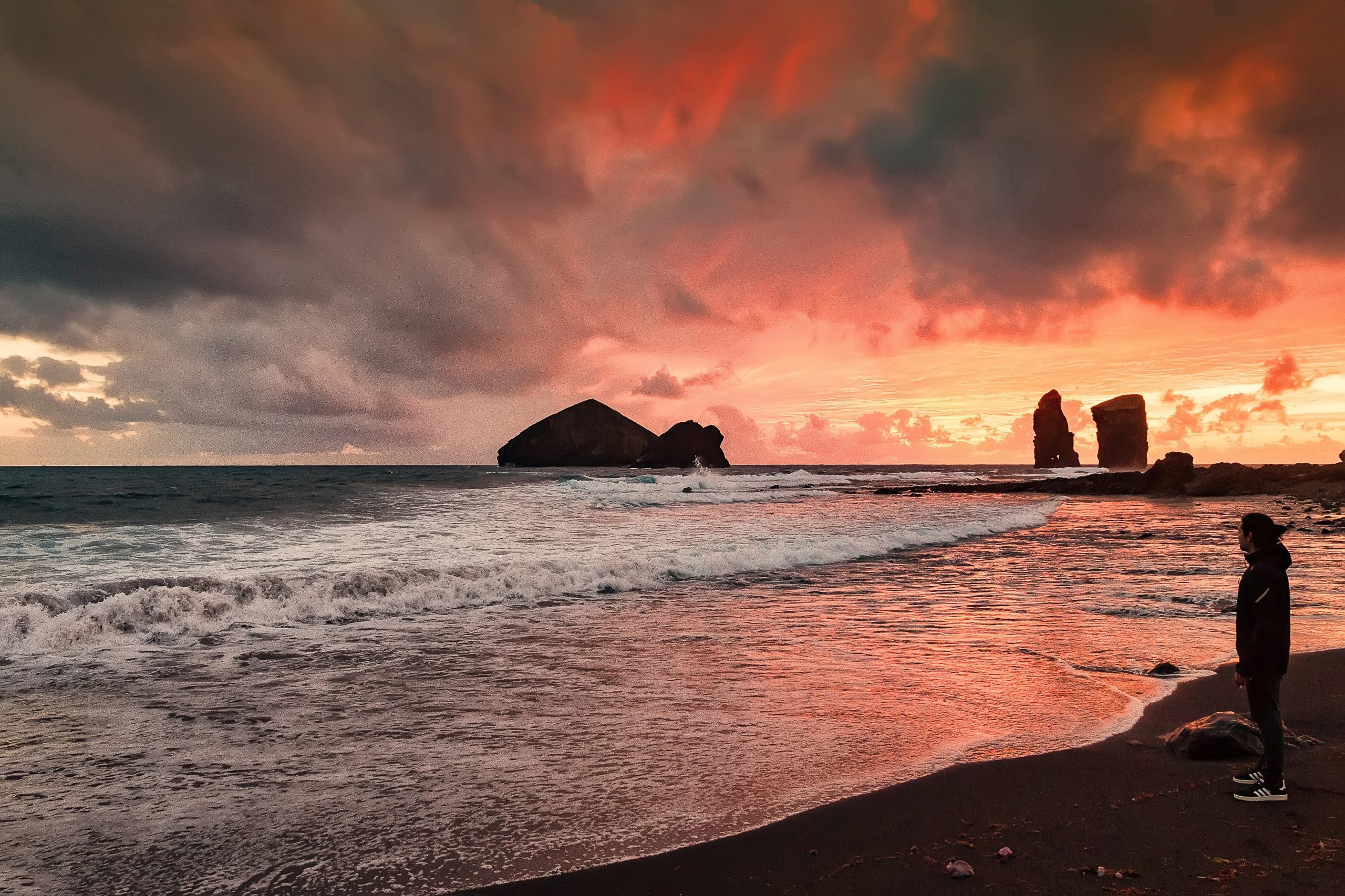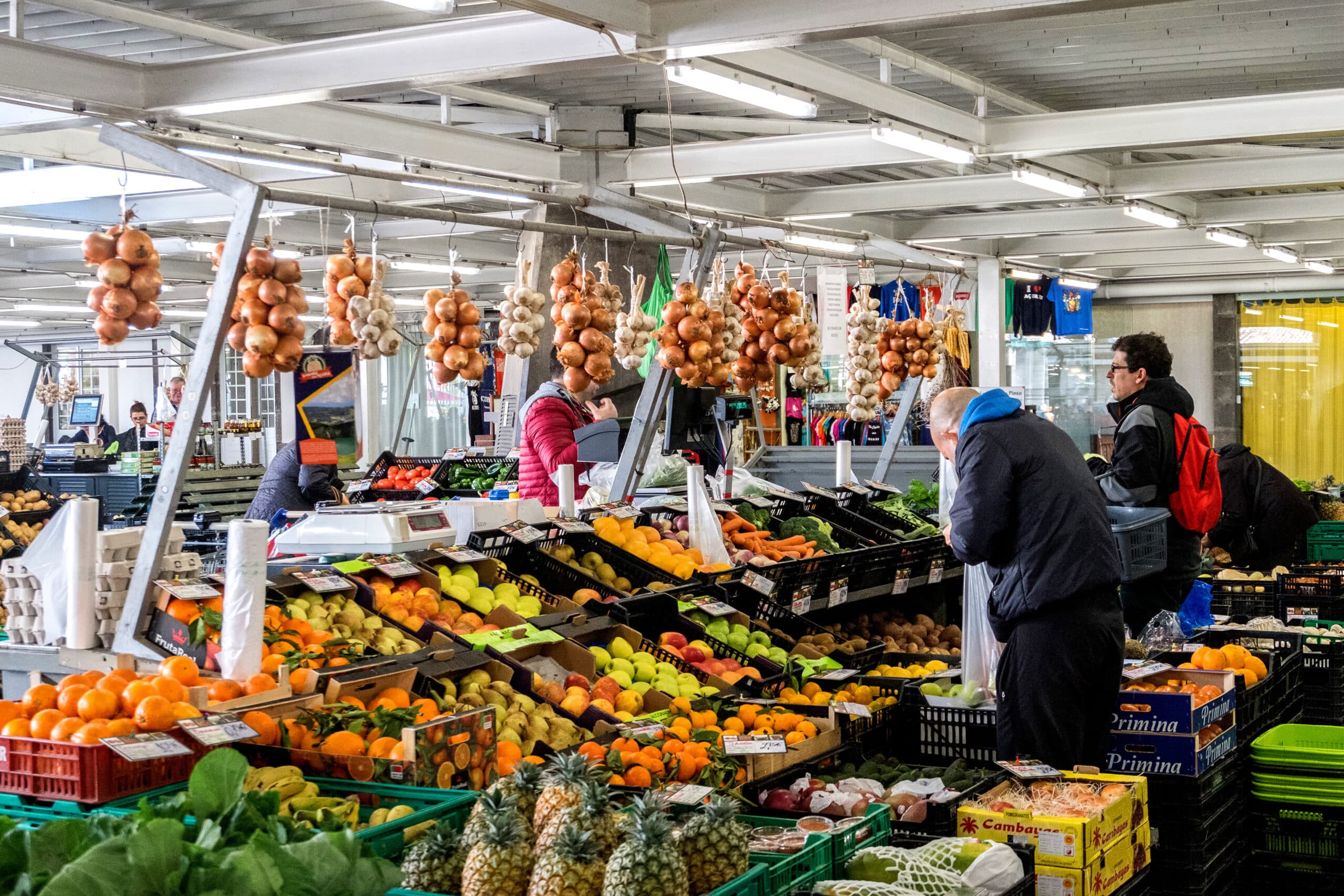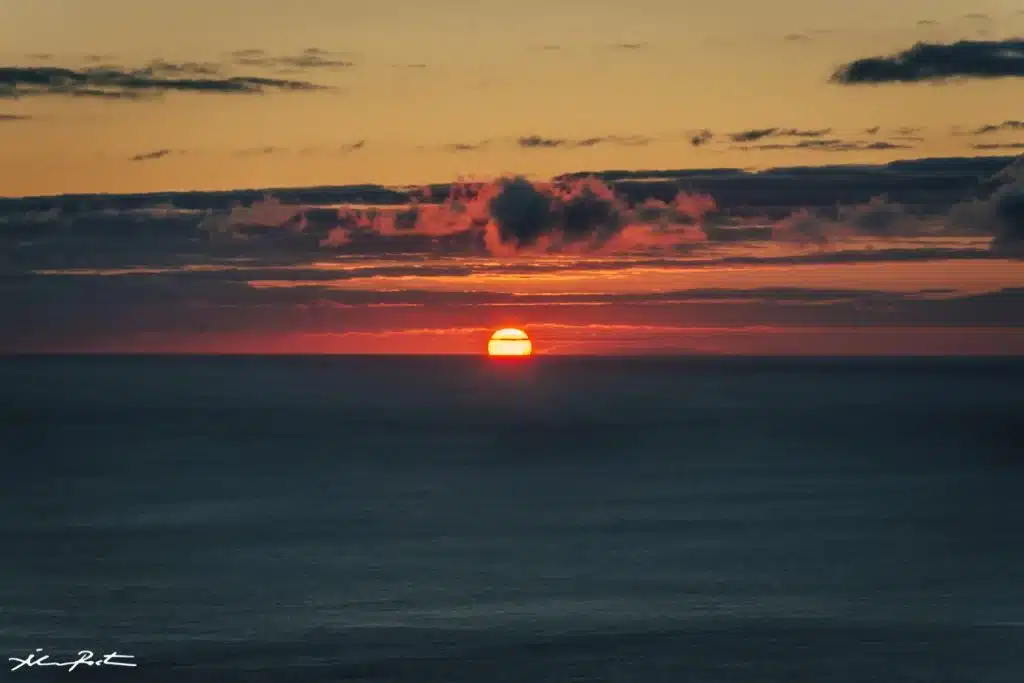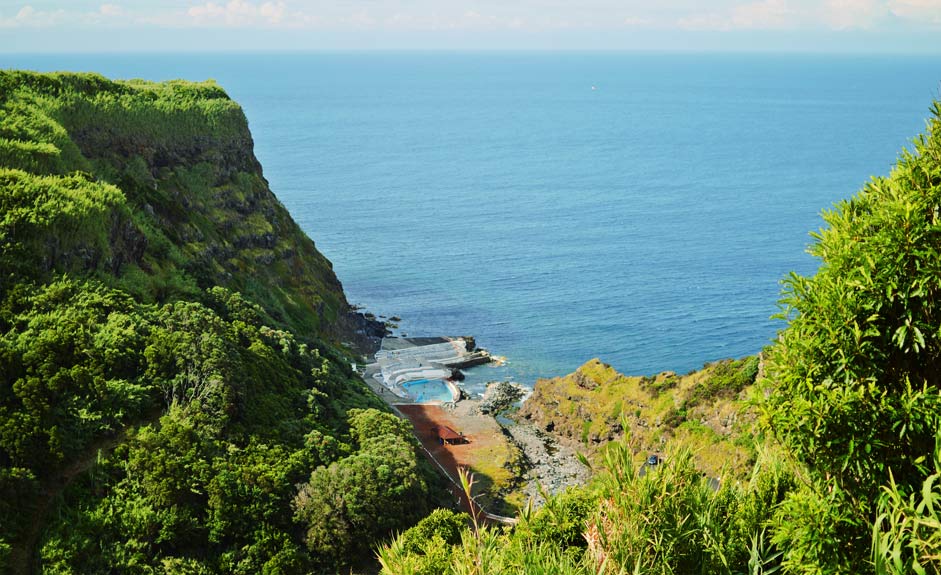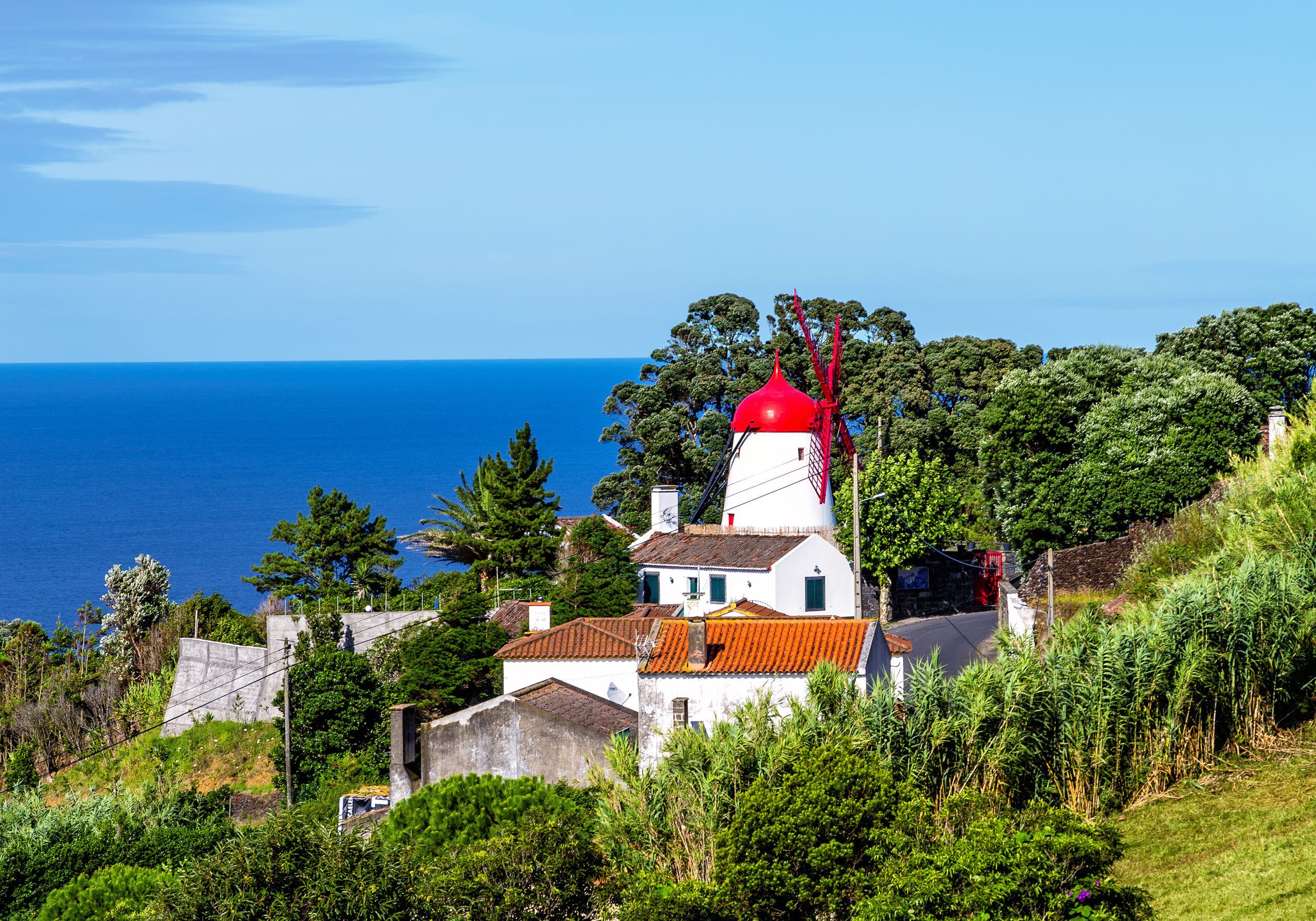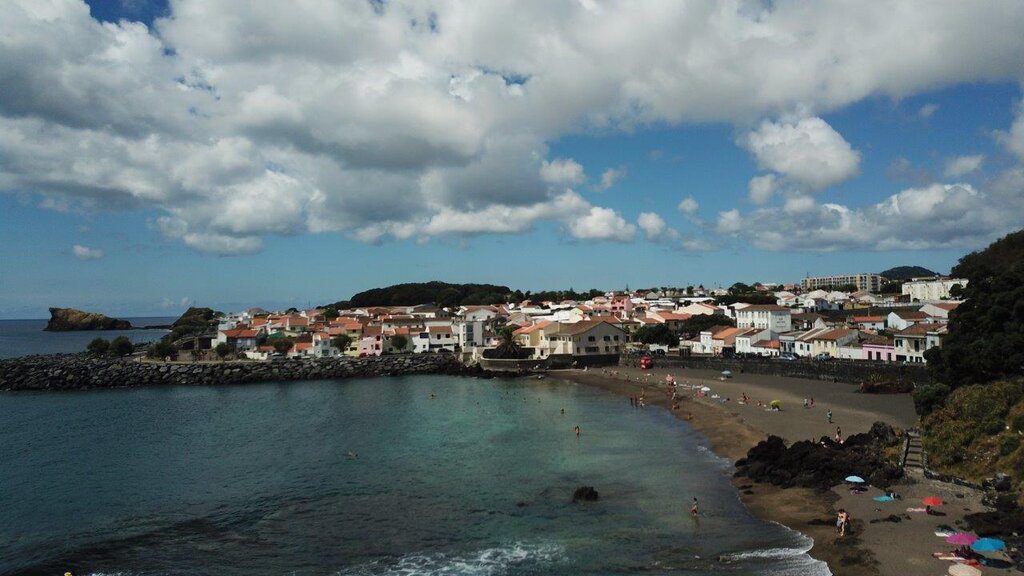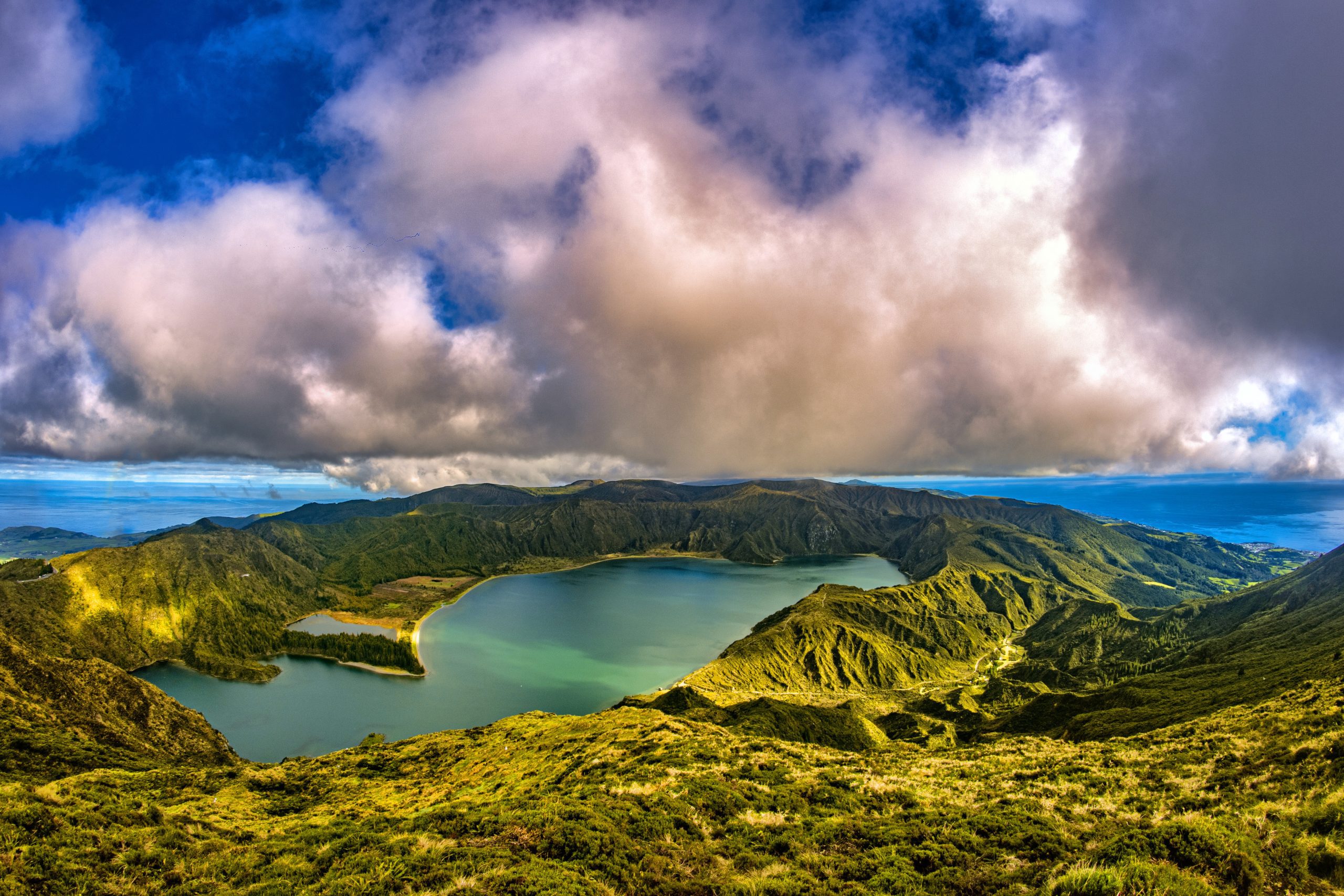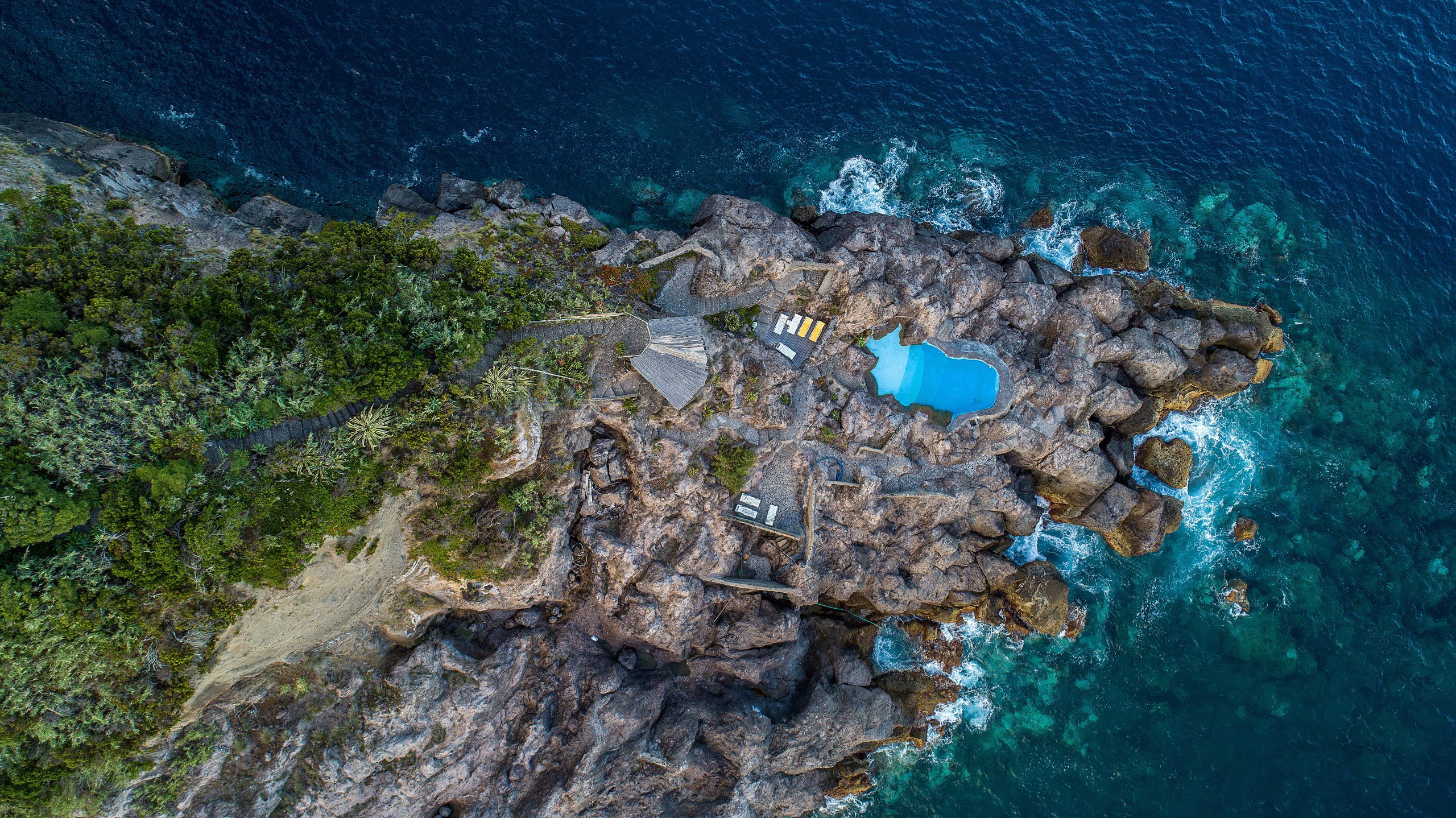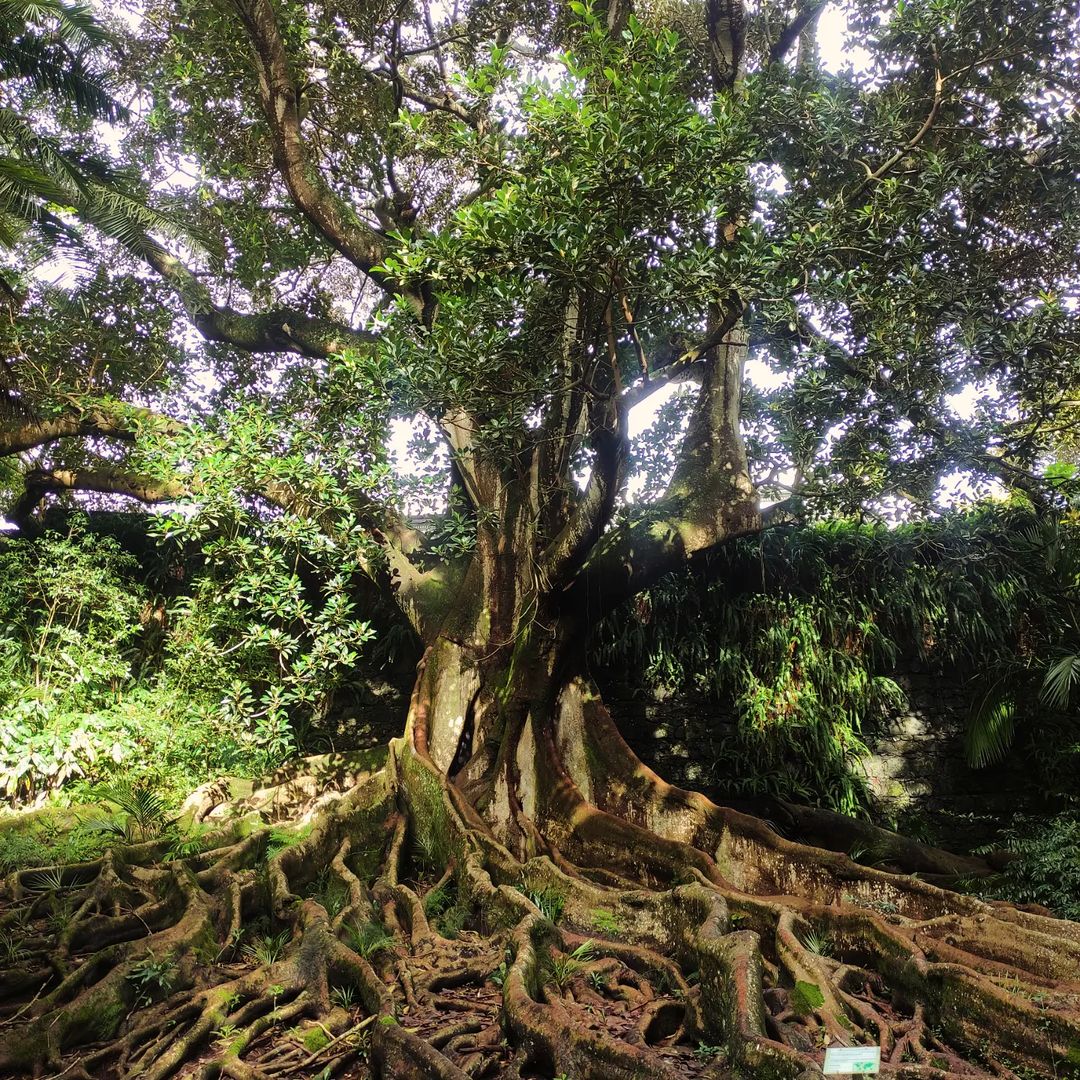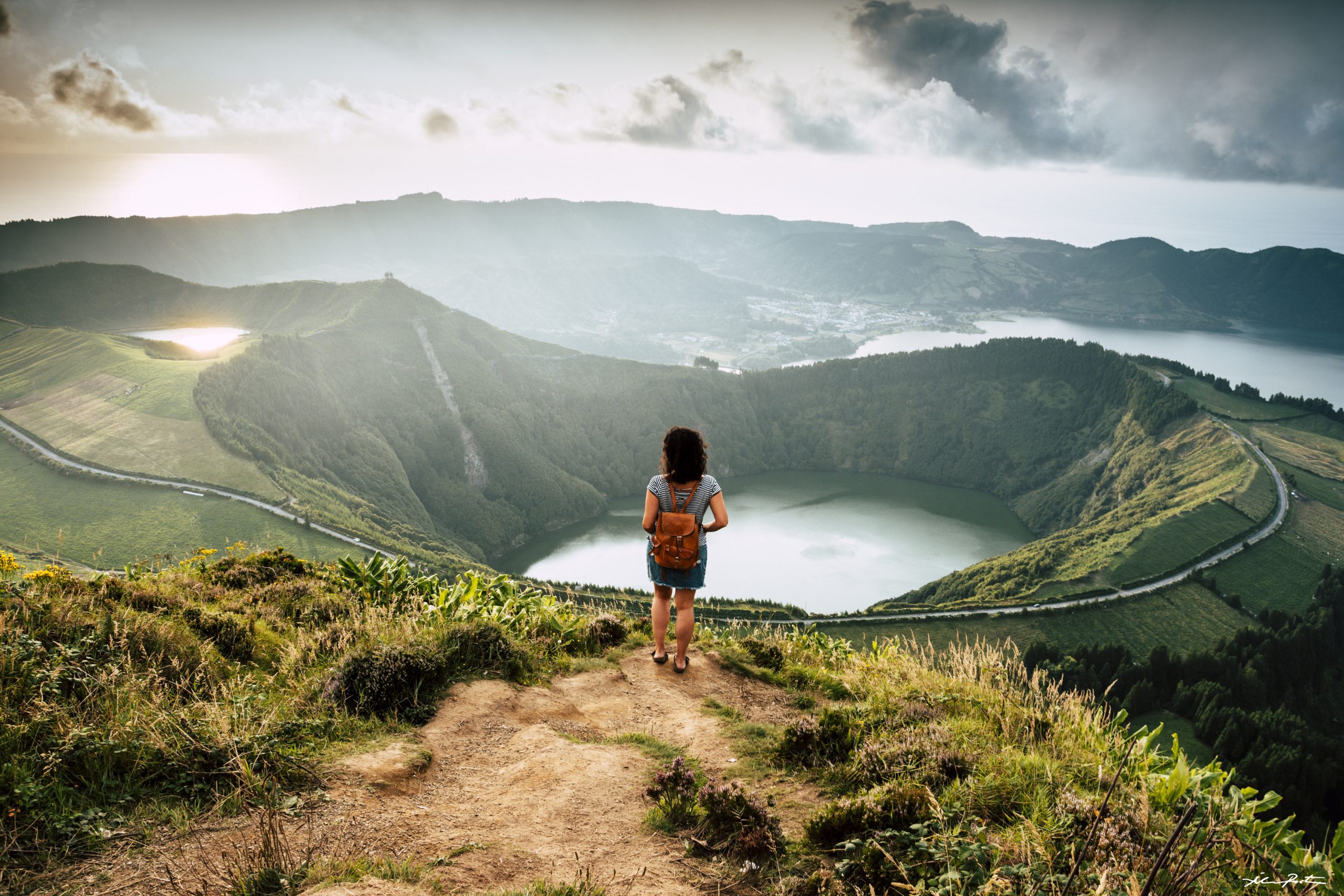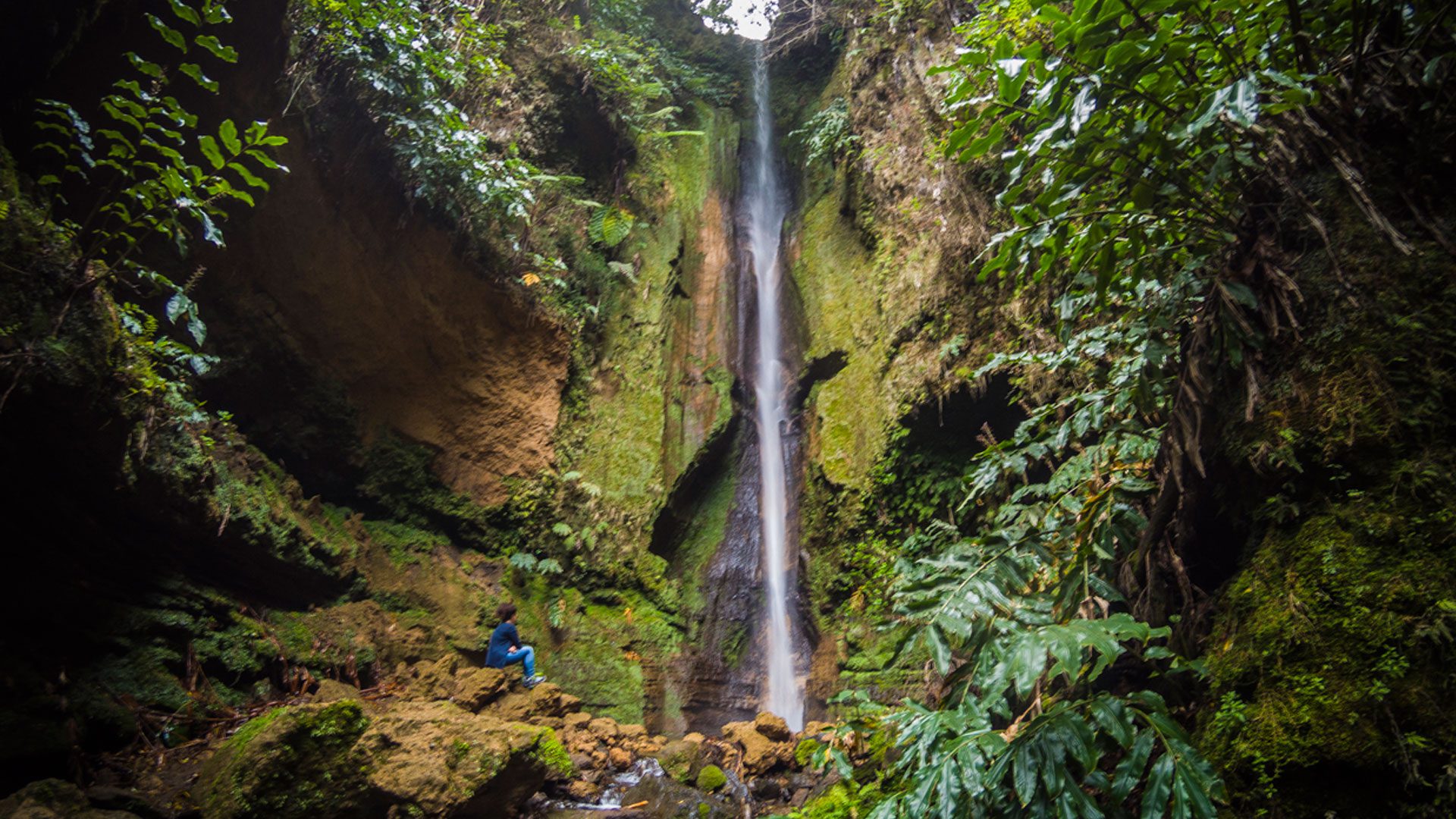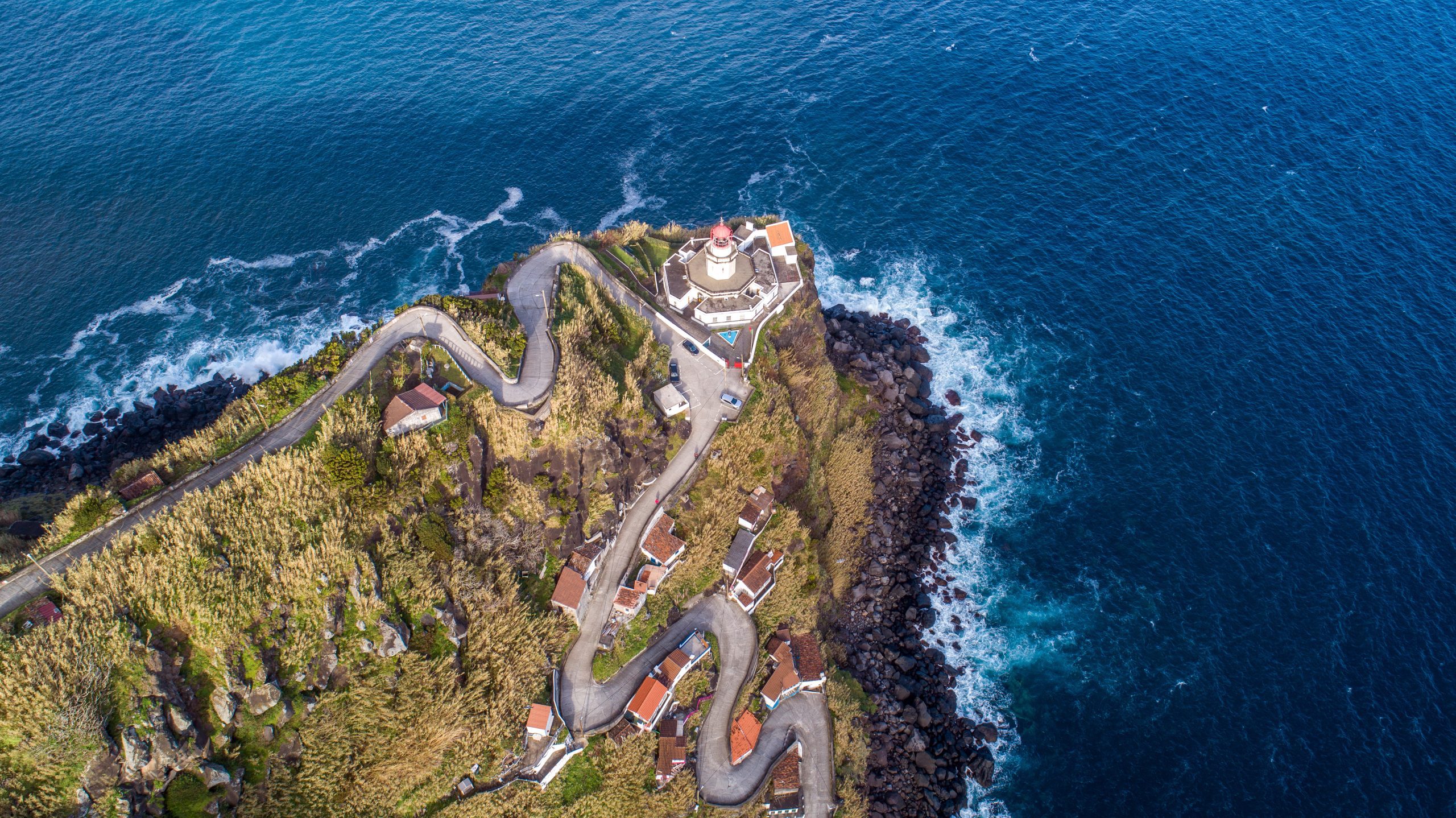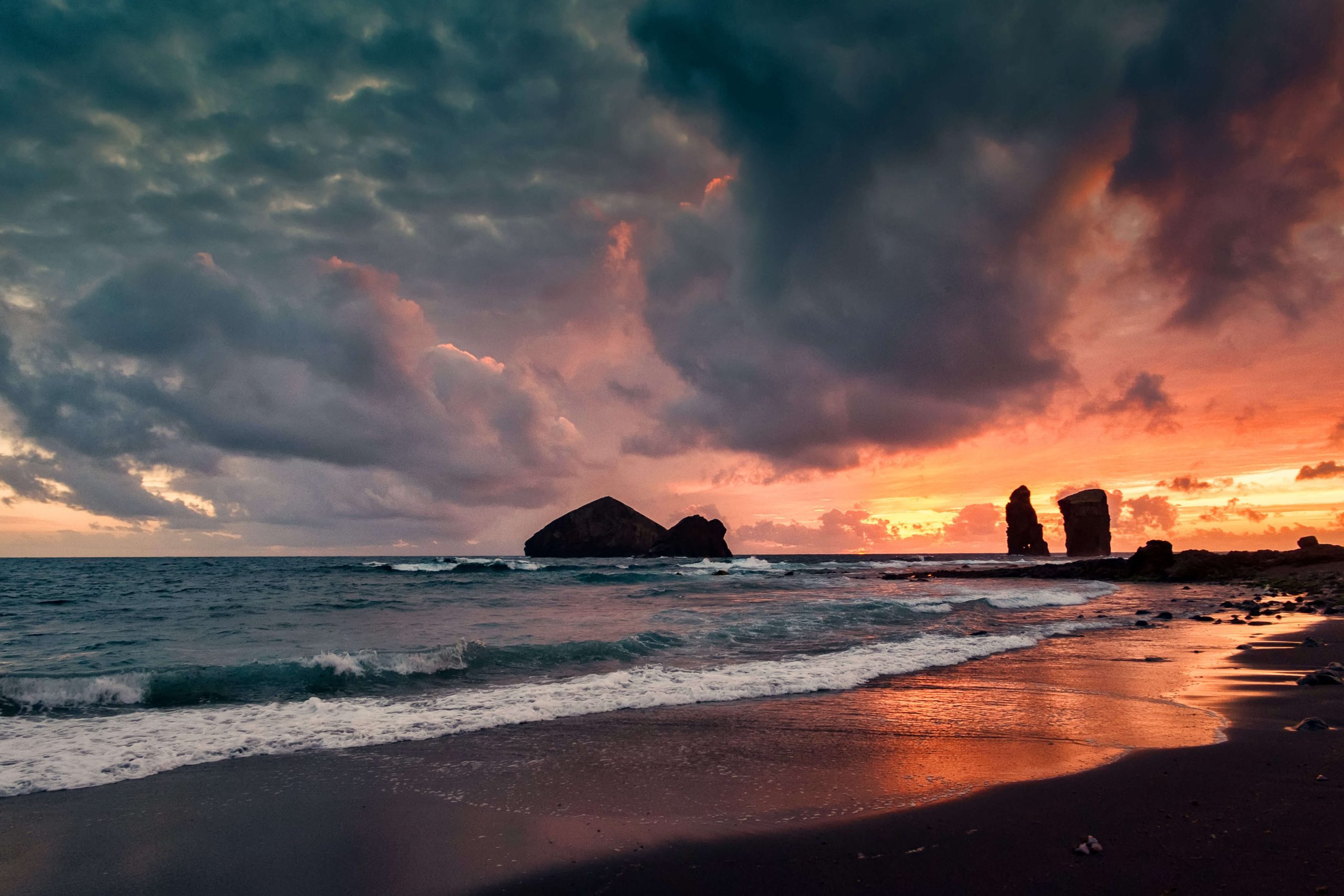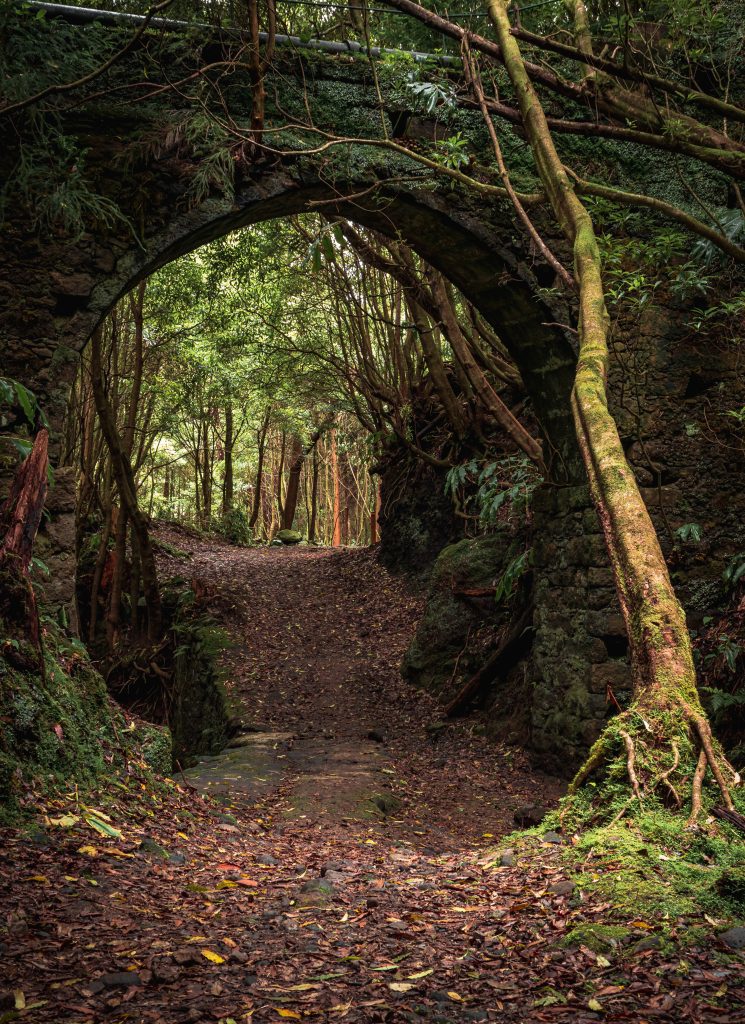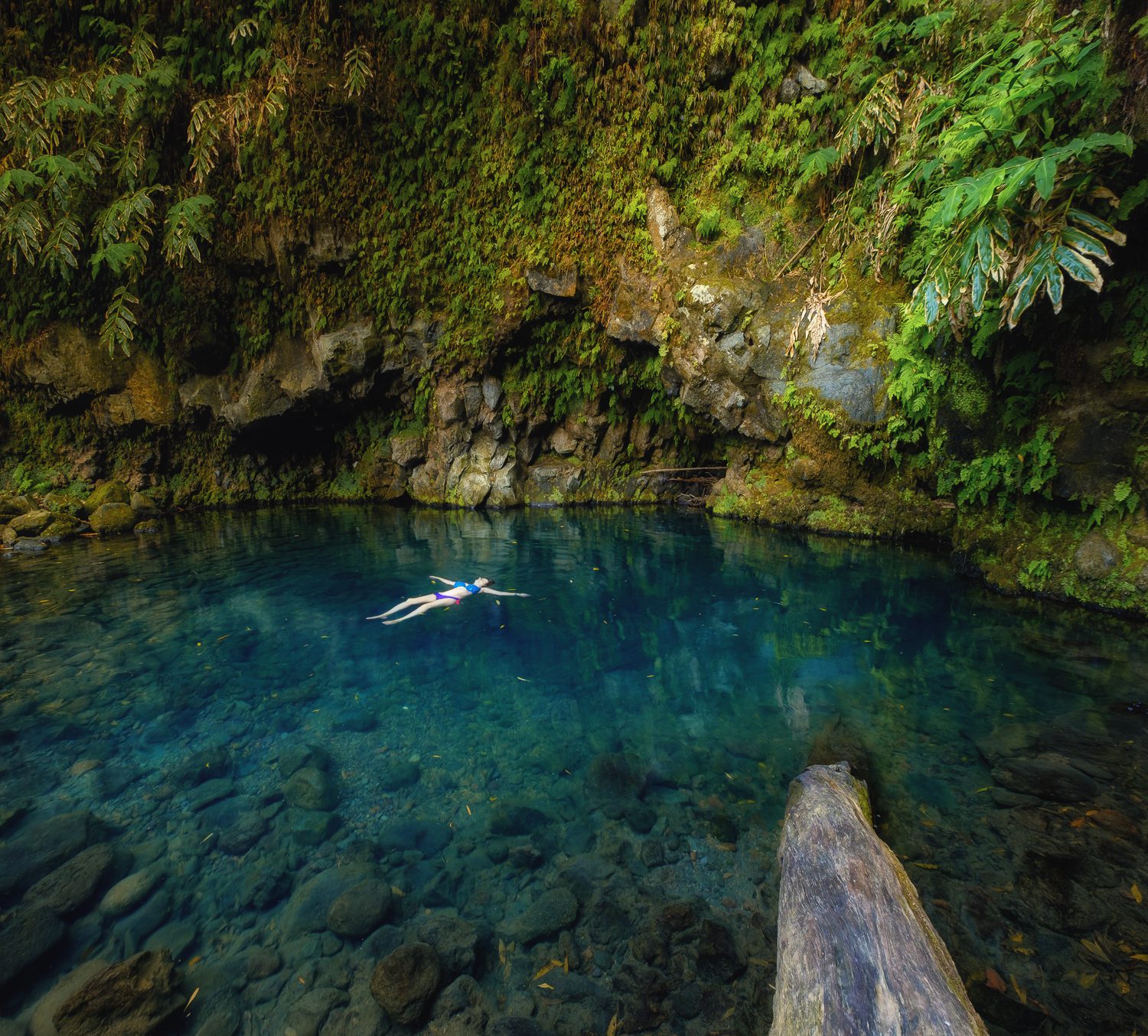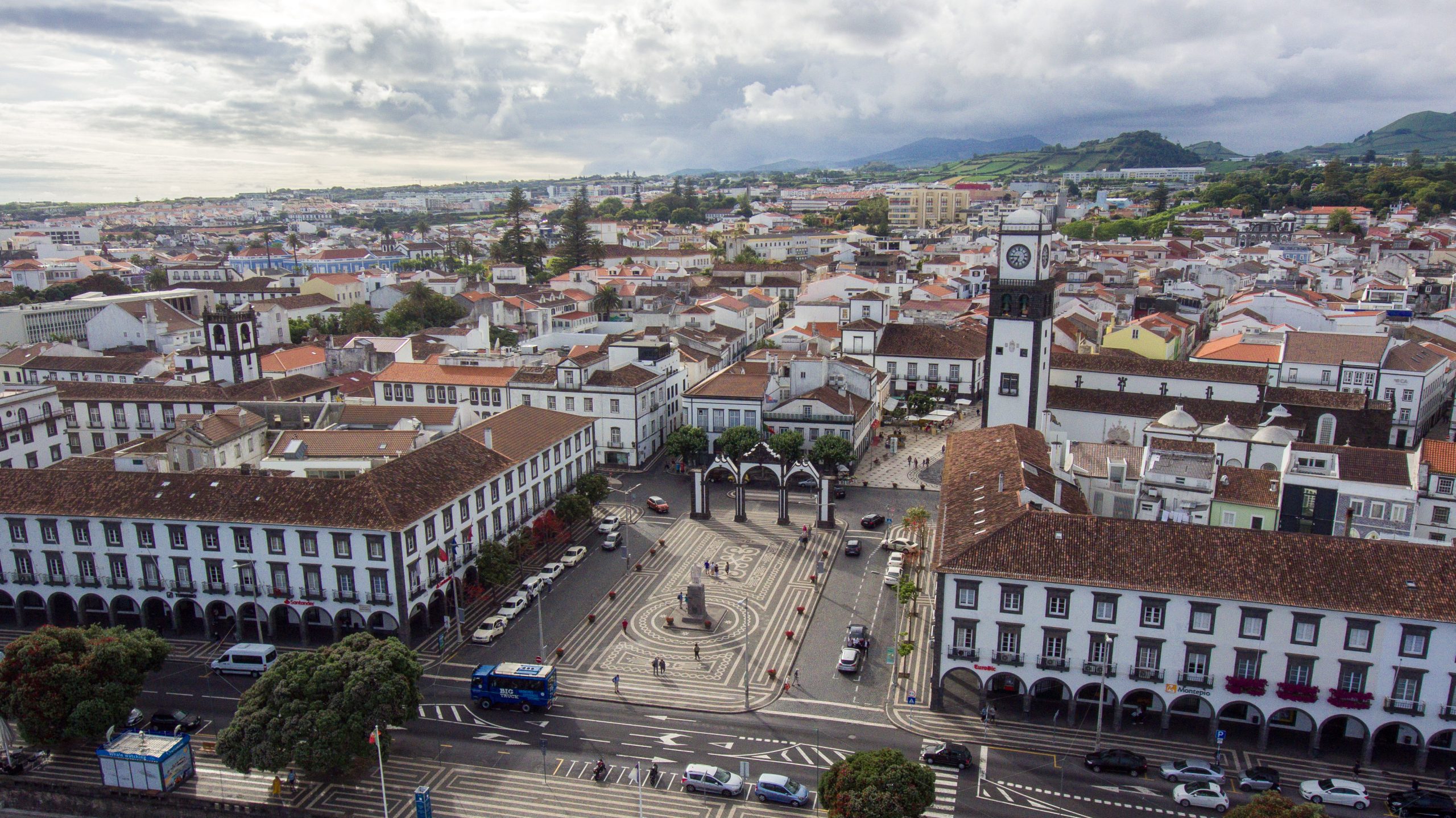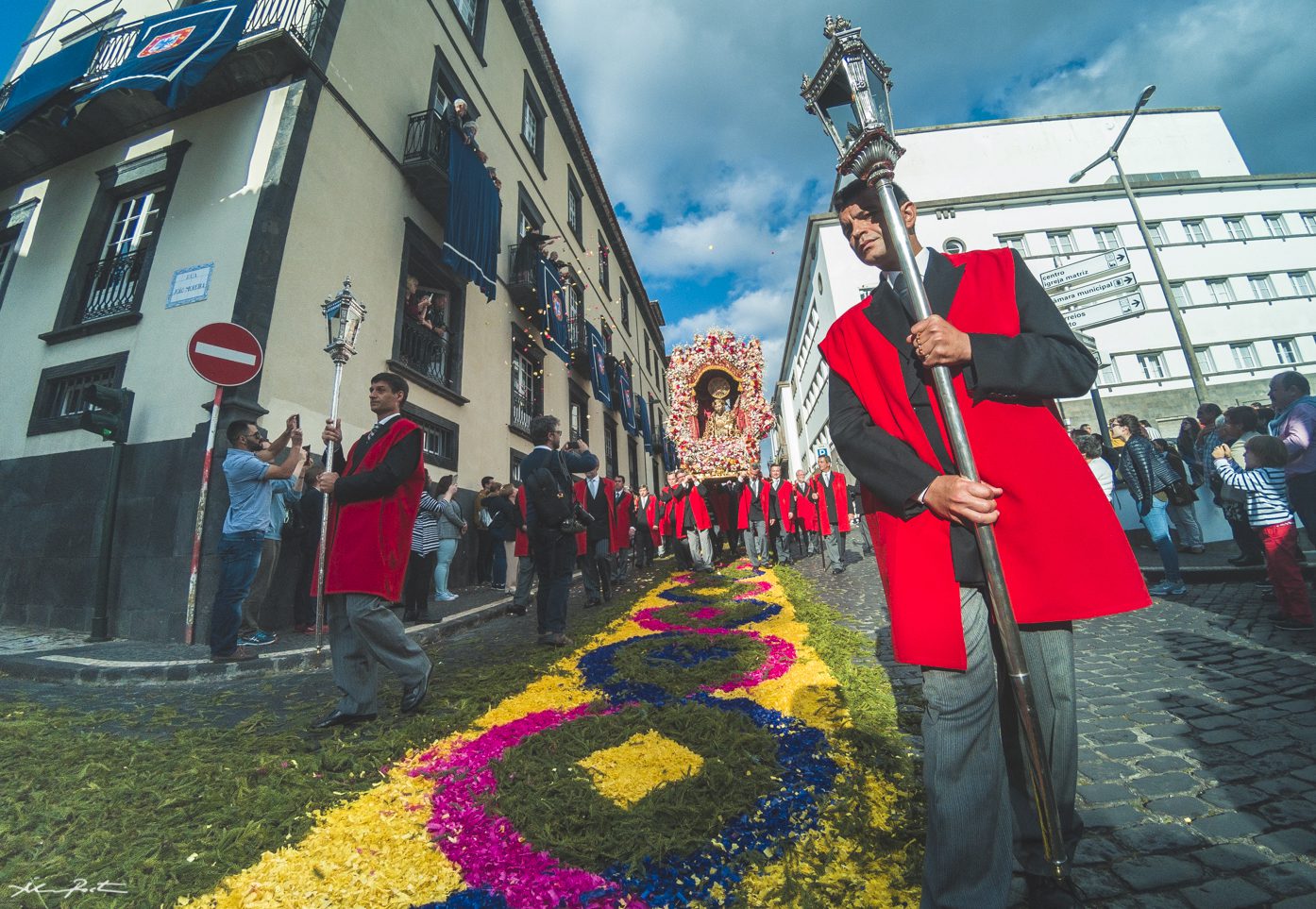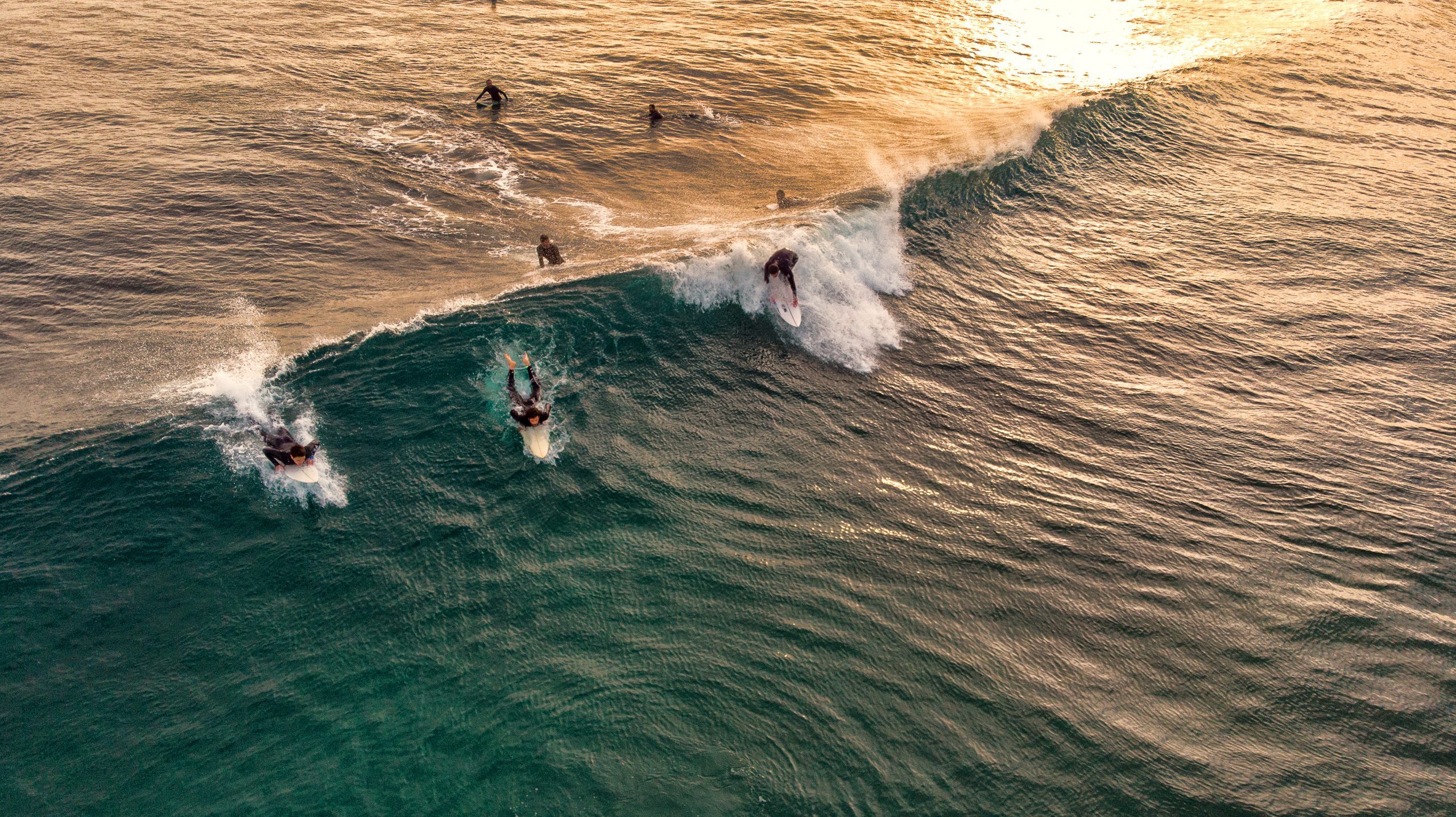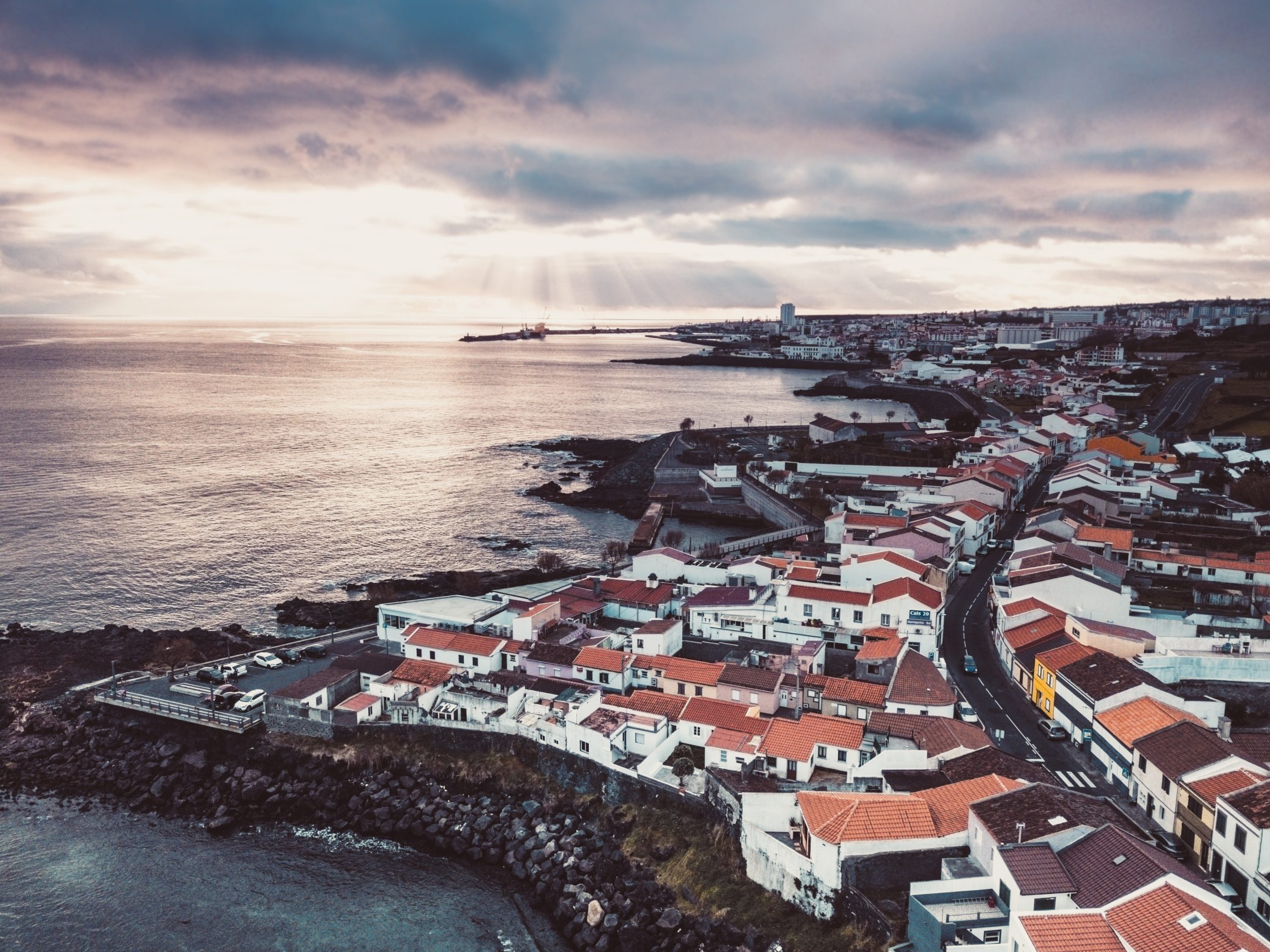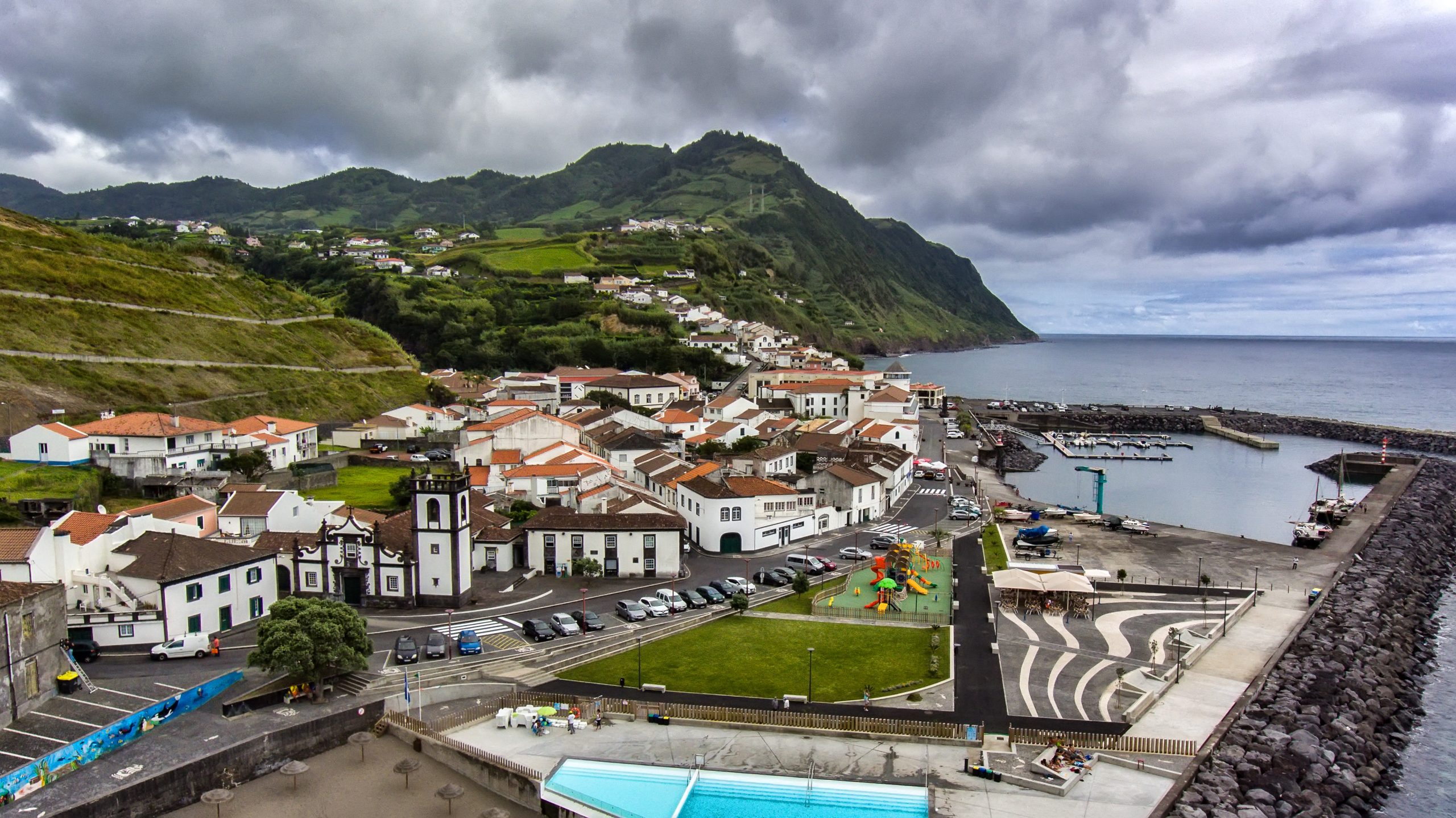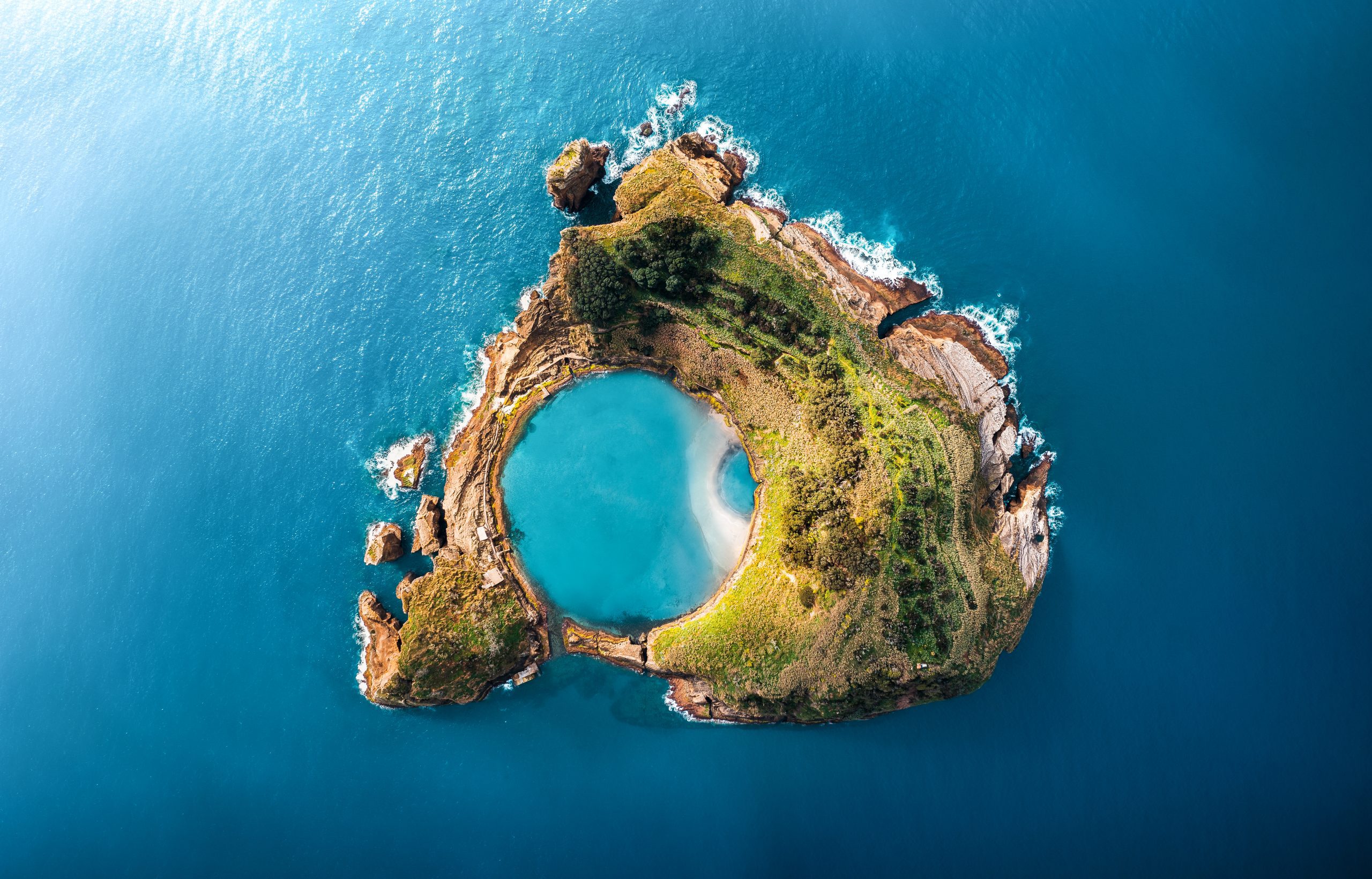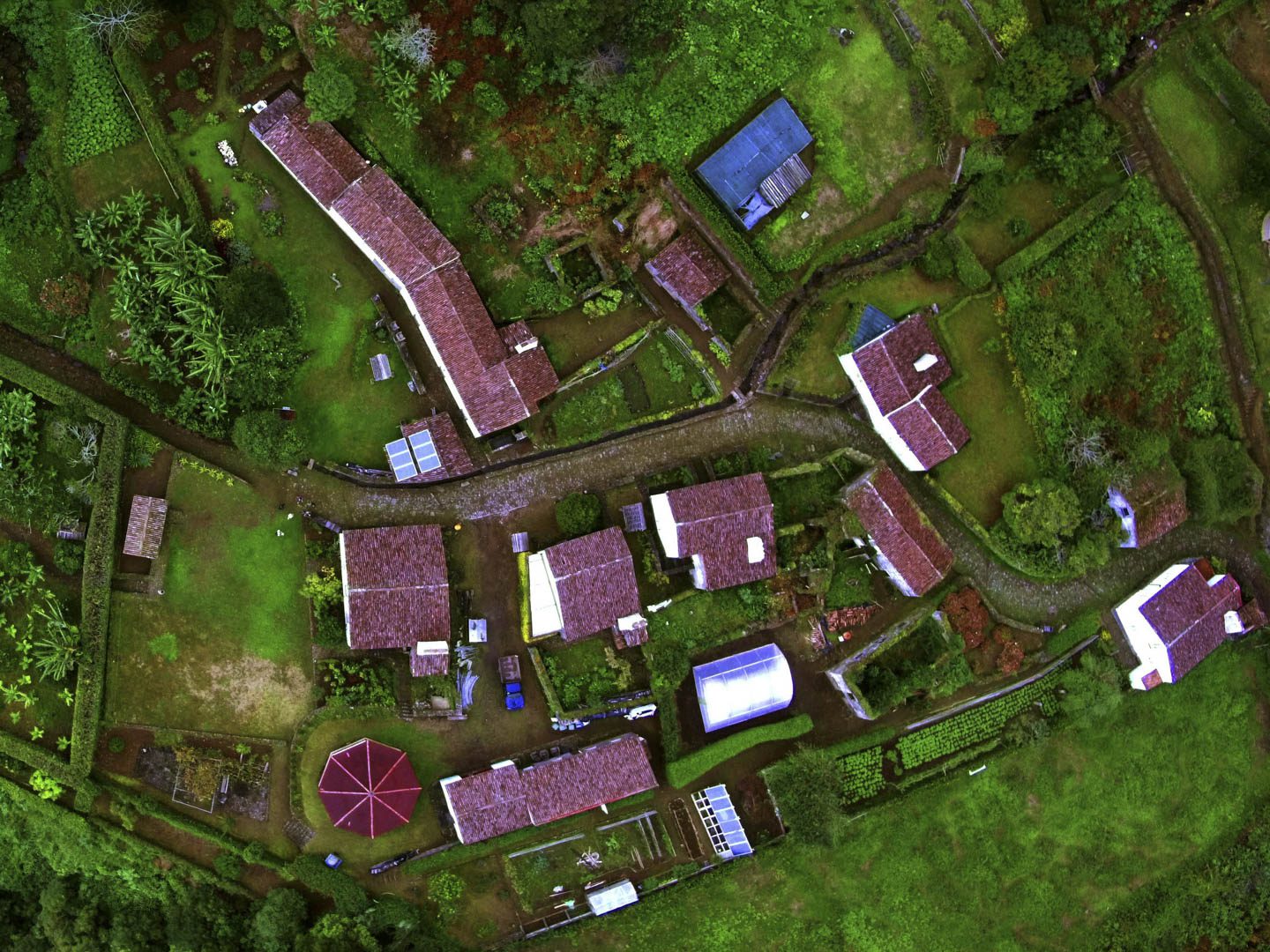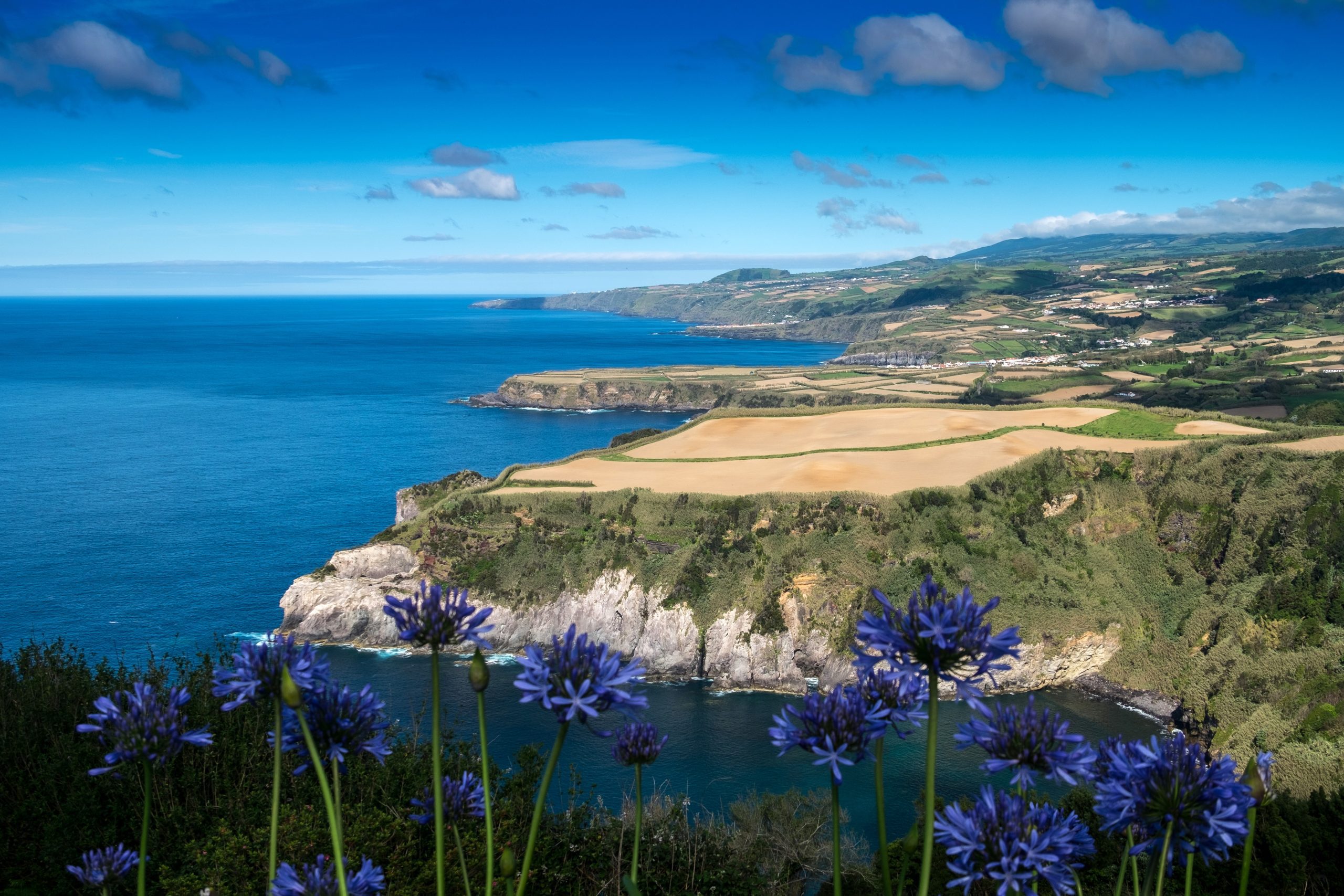Imagine a place where you can see almost the entire green island of São Miguel… From the East, with Furnas volcano, to the far West, with Sete Cidades volcanic complex, all surrounded by the beautiful Atlantic Ocean. People know this place as Pico da Vara, and it truly exists.
Pico da Vara is the highest point of São Miguel Island. Its summit rises to 1,103 meters above sea level. It is a wonder of nature that holds many hidden landscapes unreachable for many people and fascinating stories that will leave you speechless.
Let’s uncover the secrets of Pico da Vara in this complete guide to the highest peak of São Miguel island, lost in the middle of the Atlantic.
What is Pico da Vara?
Geology & Volcanology

Pico da Vara is located inside the basaltic volcanic complex of Nordeste, which formed about 4 million years ago. It holds the oldest volcanic matter of São Miguel island with lava flows of basalt, mostly, that can reach up to 1 kilometer in thickness. Those result from explosive volcanic activity that gave birth to the western volcanoes.
The mountain of Pico da Vara has deep ravines where rivers of rainwater flow peacefully. This water is essential to the beautiful landscape and vegetation that you can see nowadays at Pico da Vara. Along with the Serra da Tronqueira forest, Graminhais plateau, and two other peaks, this complex is the biggest mountain formation on São Miguel island. People used the roads around Pico da Vara to produce coal, manage livestock, and trade products between Nordeste and Povoação villages.
History & Geography

Did you know
Pico da Vara had some unfortunate events in its history. There were two different plane crashes within 6 years.
The first one was a plane from the Portuguese Air Force in 1943. There was only one pilot inside the place, who died on the spot: Manuel Cardoso. He was a sergeant and was setting up the defense program on São Miguel Island during World War 2.
The second crash happened on October 28, 1949. In the middle of the night, the Lockheed Constellation from Air France should have refueled on a stopover in Santa Maria island on the way from Paris to New York. It unfortunately never arrived in Santa Maria. Instead, it crashed into Pico da Vara, killing all its 48 passengers and staff. Aboard, three celebrities: the violin player Ginette Nevau and her brother, the painter Bernard Boulet de Monvel, and the boxer Marcel Cerdan. The last one was going to see his mistress, Edith Piaf — a famous French singer — in New York.
Pico da Vara is located in Nordeste County, in the northeastern part of São Miguel island. It holds the biggest forest of the Azores: Serra da Tronqueira.
Fauna & Flora

Pico da Vara is a nature reserve and a Special Protection Zone (ZEP). The Natura 2000 network protects it, and Birdlife International considers it an Important Bird and Biodiversity Area.
Regarding vegetation, you can mostly find grass on the summit of Pico da Vara. However, all around, when you go up, you will see a rich biodiversity of endemic flora in the most prominent spot of the Laurel forest on the island — for instance, Macaronesian Holly, Azores Juniper, Azores laurel, Azores blueberry, and much more. You will also be able to see plenty of Cryptomeria. Although not endemic, these represent a significant portion of the Azorean territory.
This place also hosts the endangered endemic Azores Bullfinch (Priolo). In the early 2000s, it was near extinction. But thanks to a conservation project that removed many invasive plants, its population is growing. Also among the birds are the Azores chaffinch, buzzards, Azores wood pigeons, and many other species.
What to Do at Pico da Vara?
Hike to the Top of São Miguel Island

The only hiking trail open for Pico da Vara starts in Santo António Nordestinho. It departs specifically from the Forest Guard House in this area. This is a linear trail of 7 km, each way, taking around 3 hours to go up and back down.
The trail takes you to the highest point of São Miguel island, which is 1,103 meters high. From there, you can enjoy incredible views of the entire green island. This is not an easy trail, as it can quickly get steep. You need to be physically healthy to reach the top. However, clear signs mark the trail, which stays in good condition unless heavy rains create mud.
Enjoy the Views Over the Whole Island

From up there, you can see the north and south coasts of São Miguel island. The Furnas and Lagoa do Fogo volcanoes are also visible from this point. You can observe many volcanic cones between Lagoa do Fogo and the Sete Cidades volcanic complex. These cones are visible on the opposite side of Pico da Vara, extending to the west.
Of course, you will see the Atlantic Ocean around the island. If you are lucky, you might see other islands when no clouds are coming.
See the Memorials for Airplane Crashes

You will find two memorial statues near the top of Pico da Vara. One honors Manuel Cardoso from the crash of 1943. The other commemorates the 48 victims of the plane crash in 1949. Artists decorated both with typical ceramic plates from the island and a stone statue. Workers removed all plane debris from the spot, taking everything down the mountain.
Plan Your Visit to Pico da Vara

How to Get to Pico da Vara
As mentioned, there is currently only one hiking trail to the top of Pico da Vara. It starts at the Forest Guard House, accessible via Santo Antonio Nordestinho on the north coast of São Miguel island.
The starting point is quite far from Ponta Delgada, about a 50-minute drive and 54 kilometers. But it is entirely worth it. The only way to get there is by car or taxi. You can also join us on a guided tour to have one of our friendly guides tell you more about this stunning place.
What to Bring
If you wish to take the trail up to Pico da Vara’s summit, you will need good hiking shoes, water, snacks, and a rain jacket, even if it looks sunny, because it can rain anytime in the Azores!
Dress in layers, removing one or two as you get warmer with the ascent. Since the weather changes unpredictably, ensure you equip yourself well for all weather conditions.
Where to Eat
If you’re looking for a place to eat near Pico da Vara, click here. In this link, you’ll find the 10 best restaurants on TripAdvisor.
Where to Stay
To make your life easier, we’ve filtered the search by:
Pro Tips
Never hike Pico da Vara alone. Always inform someone about your plans before heading out. Fog often covers the area, making it easy to lose your way. While clear signs mark the trail, poor visibility creates unsafe conditions, so avoid hiking when visibility is low.
Look out for Azorean bullfinches! They are small birds of about 16 centimeters, all brown with a black helmet and black wing tips. Those rare birds are only visible in this specific area of the world.
Best Time to Visit
The best time of the day to go to Pico da Vara is definitely in the morning. This way, you will have plenty of time during the day to explore this beautiful area of São Miguel Island and all its surroundings. Plus, you might not encounter many people in the morning, which also means the wildlife can be more visible.
Quick Info
You can arrive at the top by lunchtime and have a picnic with the most wonderful view. Then, you can go back down and drive to nearby attractions. There are so many!
Nearby Attractions
Nordeste
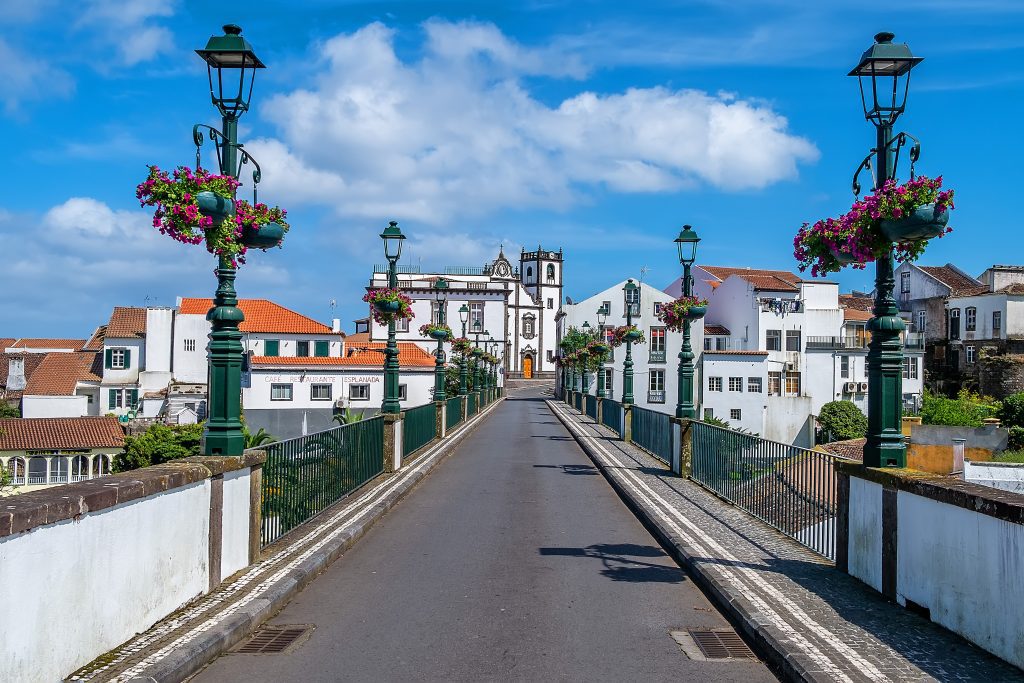
Nordeste, near Pico da Vara, is a colorful small town with a rich heritage on São Miguel. People recognize it as one of the most flowery villages in Europe, located in the northeast of the island. Visit during the spring or summer to experience its vibrant beauty and understand why it holds this charming title.
When you arrive in Nordeste, you will see the Bridge of the 7 Arches. Many people consider it one of the most beautiful bridges in the Azores. They built it between 1882 and 1883, making it a relatively old yet stunning stop for its scenery.
Check all our articles about each one of the most relevant points of interest in Nordeste: Cu de Judas | Nordeste | Farol do Arnel | Faial da Terra | Ponta do Sossego | Miradouro do Salto da Farinha | Pico da Vara | Pico dos Bodes | Poço Azul | Ribeira dos Caldeirões | Miradouro da Boca da Ribeira | Ponta da Madrugada | Miradouro Vigia da Baleia
Ribeira dos Caldeirões Park

Stroll through a lush natural park featuring waterfalls of all shapes and sizes. A place where local traditions and nature make one. Discover old material used in the everyday life of Azoreans from the former century and an abundant, dreamy landscape.
When visiting São Miguel island in the Azores, don’t forget to visit Ribeira dos Caldeirões Natural Park. This natural park is a mandatory stop for all travelers. It has beautiful landscapes and offers a great, relaxing walk surrounded by spectacular nature — incredible scenery for pictures!
This location offers a serene escape. Between big waterfalls and unique vegetation, it’s the perfect place to spend a quiet day surrounded by nature. Enjoy a peaceful retreat far away from the hustle and bustle of the city. But there are also options for the most adventurous travelers!
Ponta da Madrugada Viewpoint

The viewpoints of Ponta do Sossego and Ponta da Madrugada are two iconic locations in São Miguel. They are the most famous spots to witness a perfect sunrise on the island.
This is a great experience; you must do it if you are staying near Nordeste. Many people sleep near the viewpoints or drive early in the morning to witness the sun rising over the ocean. The two parks boast beautiful landscapes featuring green cliffs that fall to the Atlantic, along with a variety of plants and flowers.
Moinho do Félix Hiking Trail

You will enjoy another great experience near Poço Azul if you love hiking. Moinho do Félix is an excellent spot for hikers to explore. This 2-hour round-trip trail immerses you in the forest, leading you to many waterfalls. It is located in the neighboring village of Lomba de São Pedro.
→ Recommended Tour: Embracing Nature (Hiking in Moinho do Félix) 🥾
Complementary Information
Best Season to Visit the Azores
The Azores Archipelago boasts a unique climate that shapes its lush landscapes, making it a splendid year-round destination. With mild temperatures and minimal fluctuations, each season offers something unique. Spring averages 16 °C, summer reaches 21 °C, autumn cools to 18 °C, and winter remains mild at 14 °C.
→ For a detailed breakdown of the weather by month, check the following links 🌤️☔️: January | February | March | April | May | June | July | August | September | October | November | December
How to Get to the Azores
The Azorean Archipelago is easily accessible through numerous flight routes. Lisbon and Porto are the main entry points to the continent, with direct flights available to São Miguel (PDL), Terceira (TER), Faial (HOR), Pico (PIX), and Santa Maria (SMA). To find the best flight, use search engines like eDreams or Skyscanner. These platforms let you compare prices and schedules from multiple airlines in one convenient location.
For more details on how to get to the Azores, take a look at our complete guide. But what if you want to explore beyond your arrival island? We’ve got you covered!
- Azores airports 🛬
- Flights between islands ✈️
- Ferries between islands ⛴️
- Which island to choose? 🏝️
- What airlines fly to the Azores? 🛩️
→ Once you’ve found the perfect route, book your tickets and get ready to experience one of the world’s most stunning island groups!
Travel Essentials
Essential Information for your Azores trip: Azorean Language & Phrases 🗣️ | Currency & Banks 💵 | Credit Cards & Traveler’s Cheques 🏧 | Driving in the Azores 🚗 | Electricity 🔌 | Experiences & Tours 🗺️ | Health & Safety 🩺 | Internet & Wi-Fi Access 🛜 | Phones & Mobile Service 📞 | Post Offices & Buying Stamps ✉️ | Public Holidays 🏖️ | Shopping 🛒 | Time & Daylight 🕒 | Whale Watching Guide 🐳 | Best Island to Visit 🏞️
Useful Tools & Apps
The weather in the Azores can be variable, so it’s helpful to use some apps before visiting the islands. Spotazores provides live camera feeds from the main tourist attractions, allowing you to check the weather and plan your visit. For accurate weather predictions, use Windy or Windguru — they provide the most reliable predictions.
Video
Conclusion
Pico da Vara should be on your must-see list for your São Miguel island itinerary. This is the highest point on the green island, offering the most expansive and incredible views over the green volcanic landscapes.
It is not an easy hike, but Mother Nature rewards you once you reach the summit, right? The natural beauty of São Miguel will undoubtedly leave you speechless.
In addition to the otherworldly landscapes, this is good cardio training! Amazing nature will surround you for hours, likely without the crowds found on easier hikes. So, let’s meet at the top?
Authors’ Note
I am pleased to inform you that all the recommendations in this article are based on my personal experience and observations. As the author, I have personally visited each attraction mentioned, ensuring that every suggestion is grounded in first-hand knowledge and genuine enthusiasm.
FAQs
Pico da Vara is the highest point on São Miguel Island, in the Azores, at 1,103 meters above sea level.
Access to Pico da Vara is through hiking trails, the most common being PRC07 SMI, which starts near the Forest Guard House in the Atalhada Forest Reserve in Santo António Nordestinho.
During the hike, you can see endemic vegetation, such as cedar and holly, and panoramic views of the Povoação Caldera, the Graminhais Plateau, and the Furnas Volcano.

